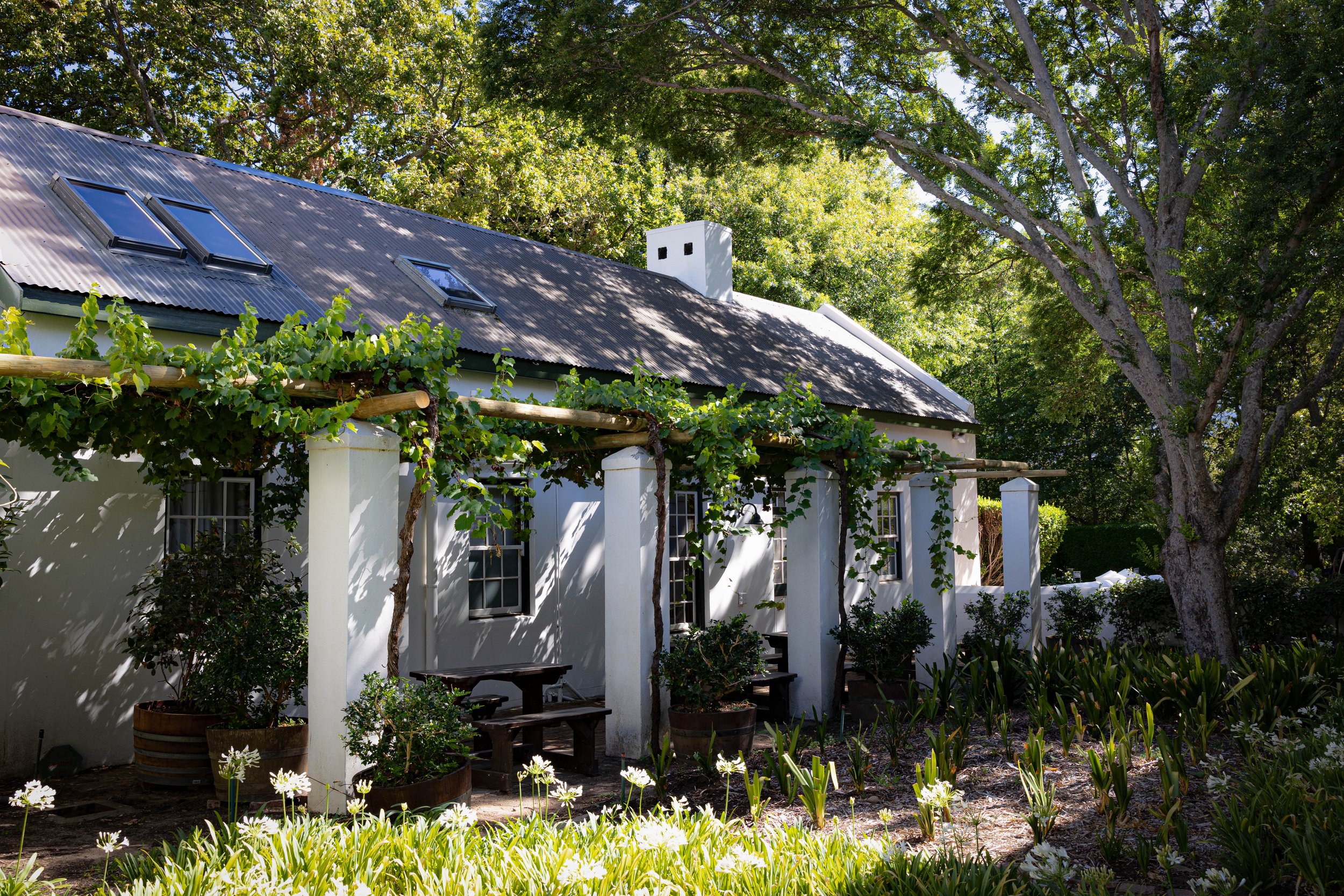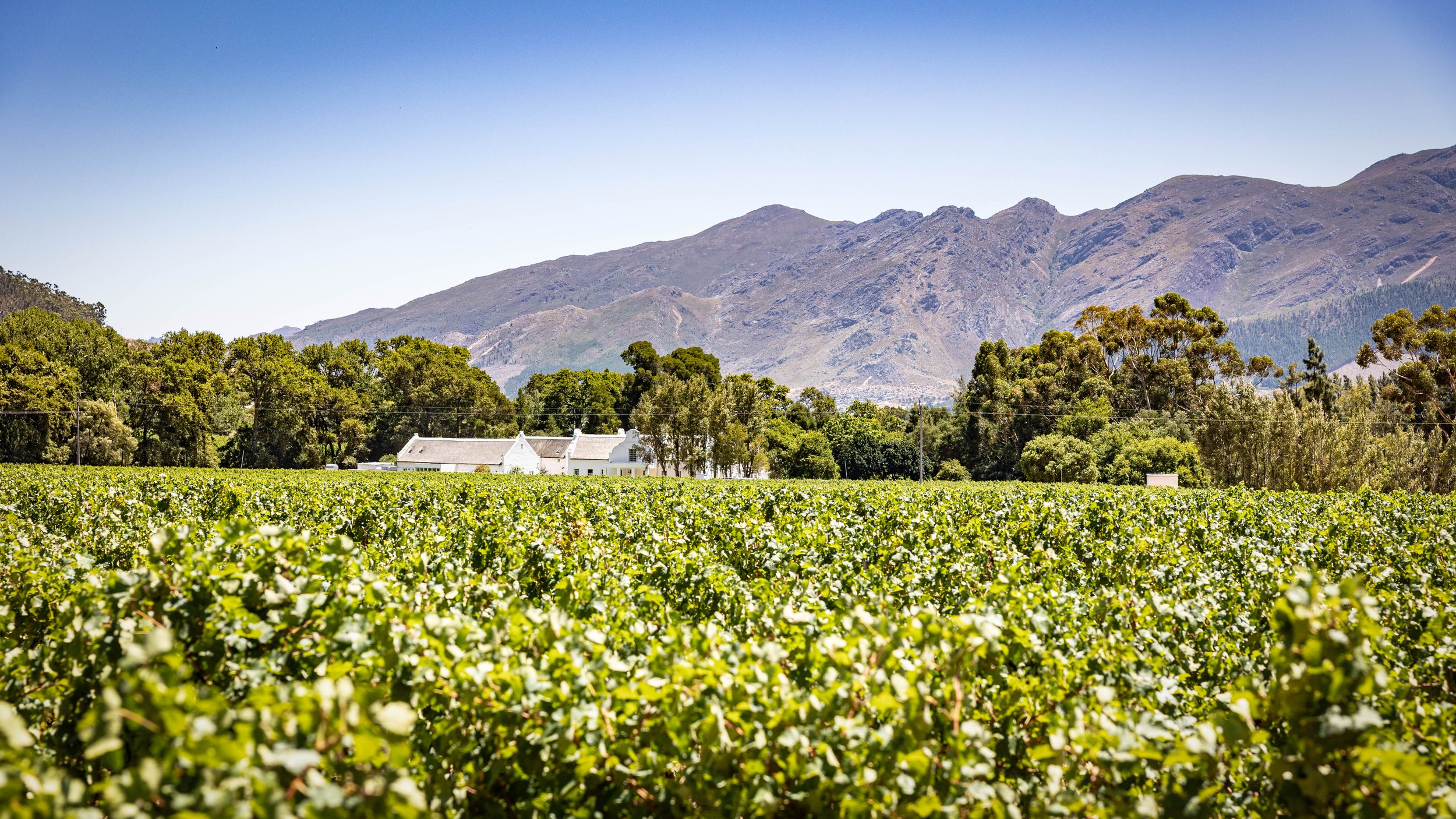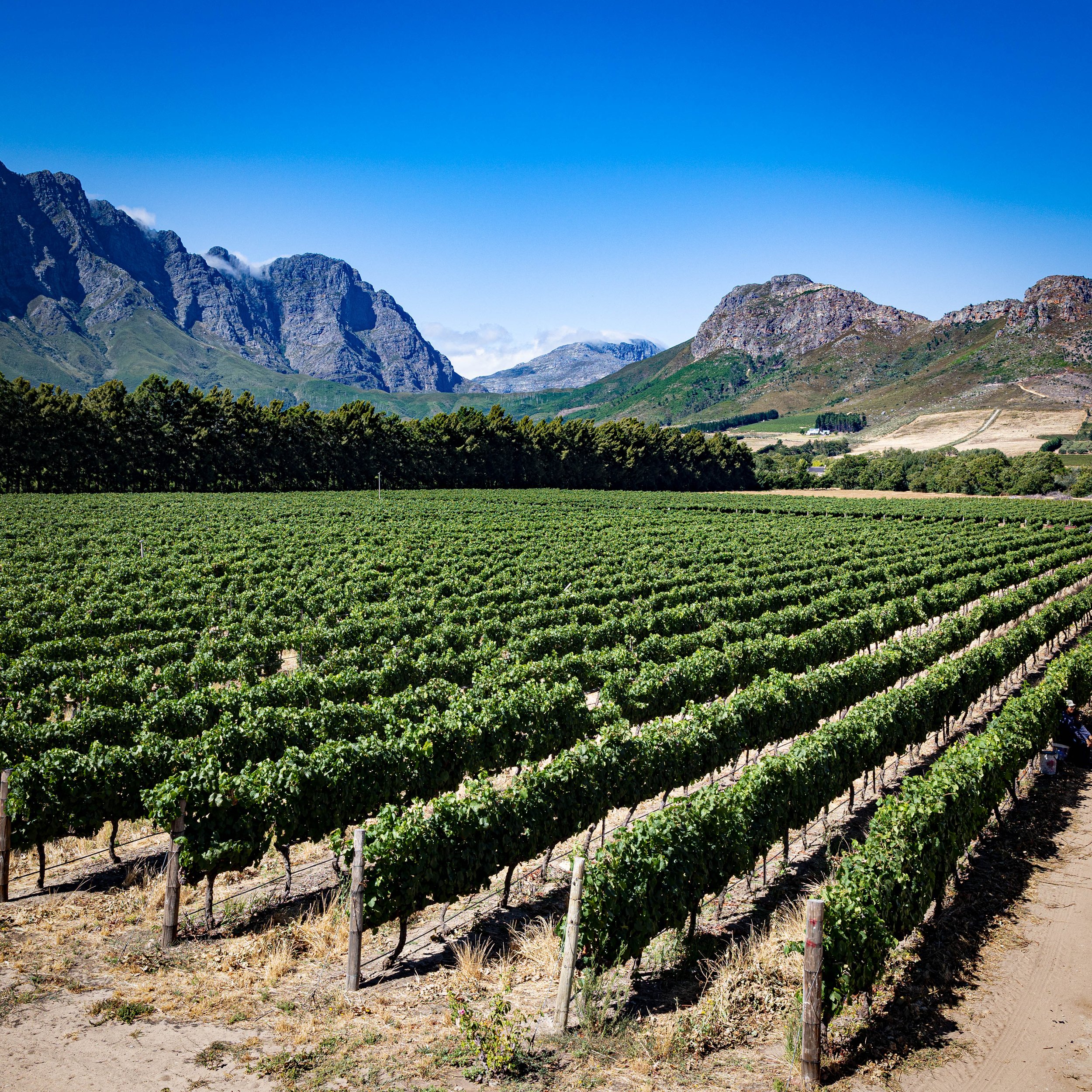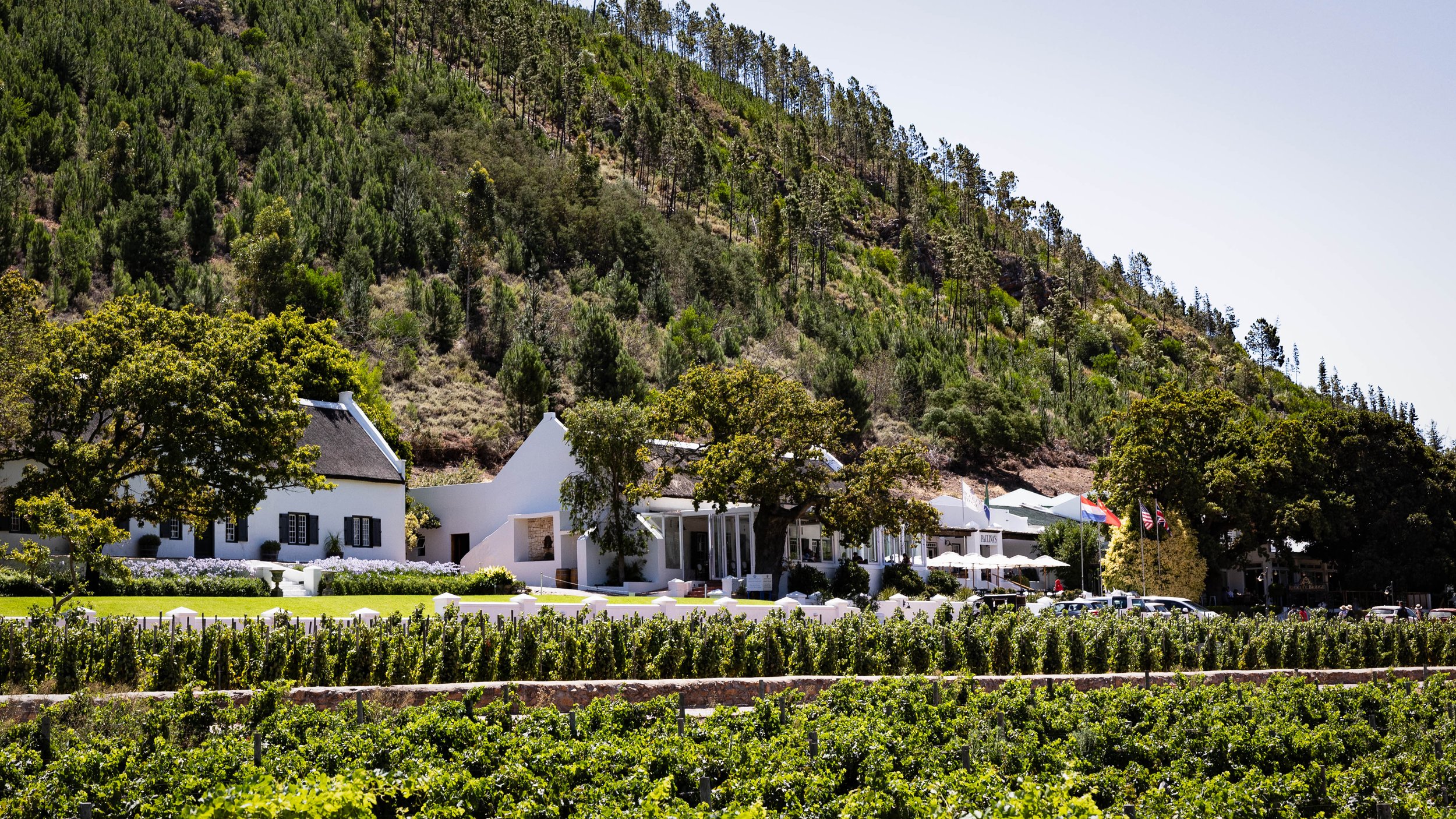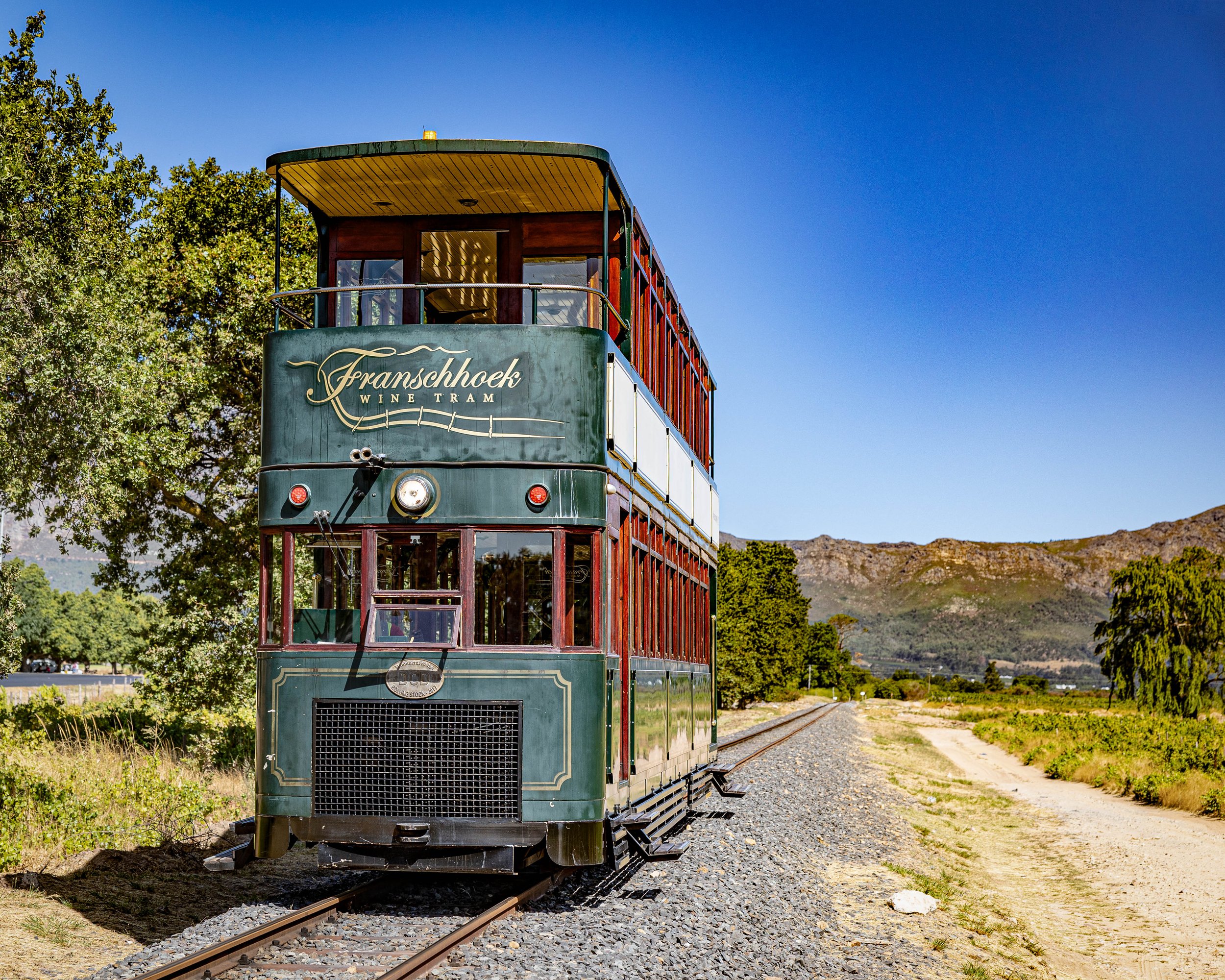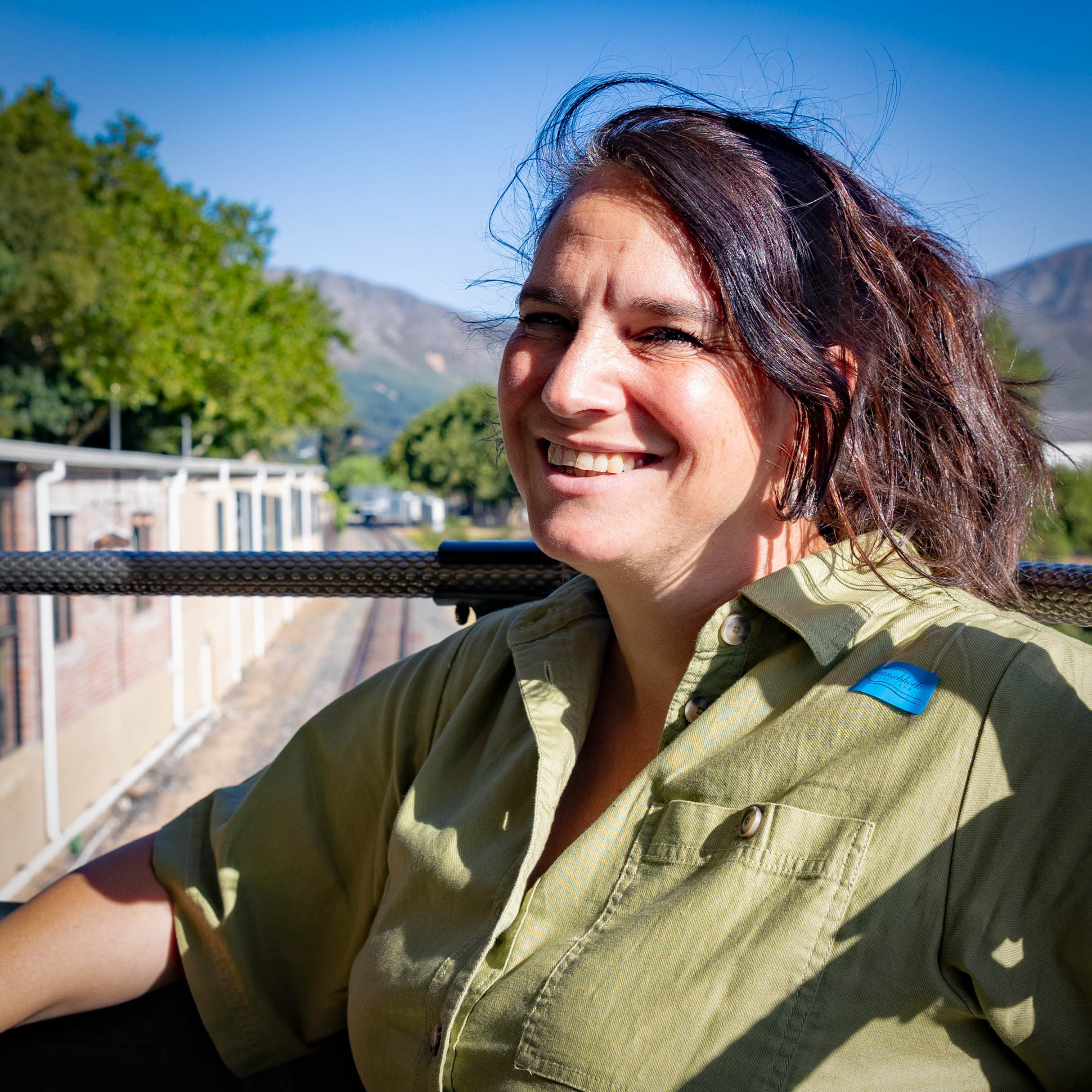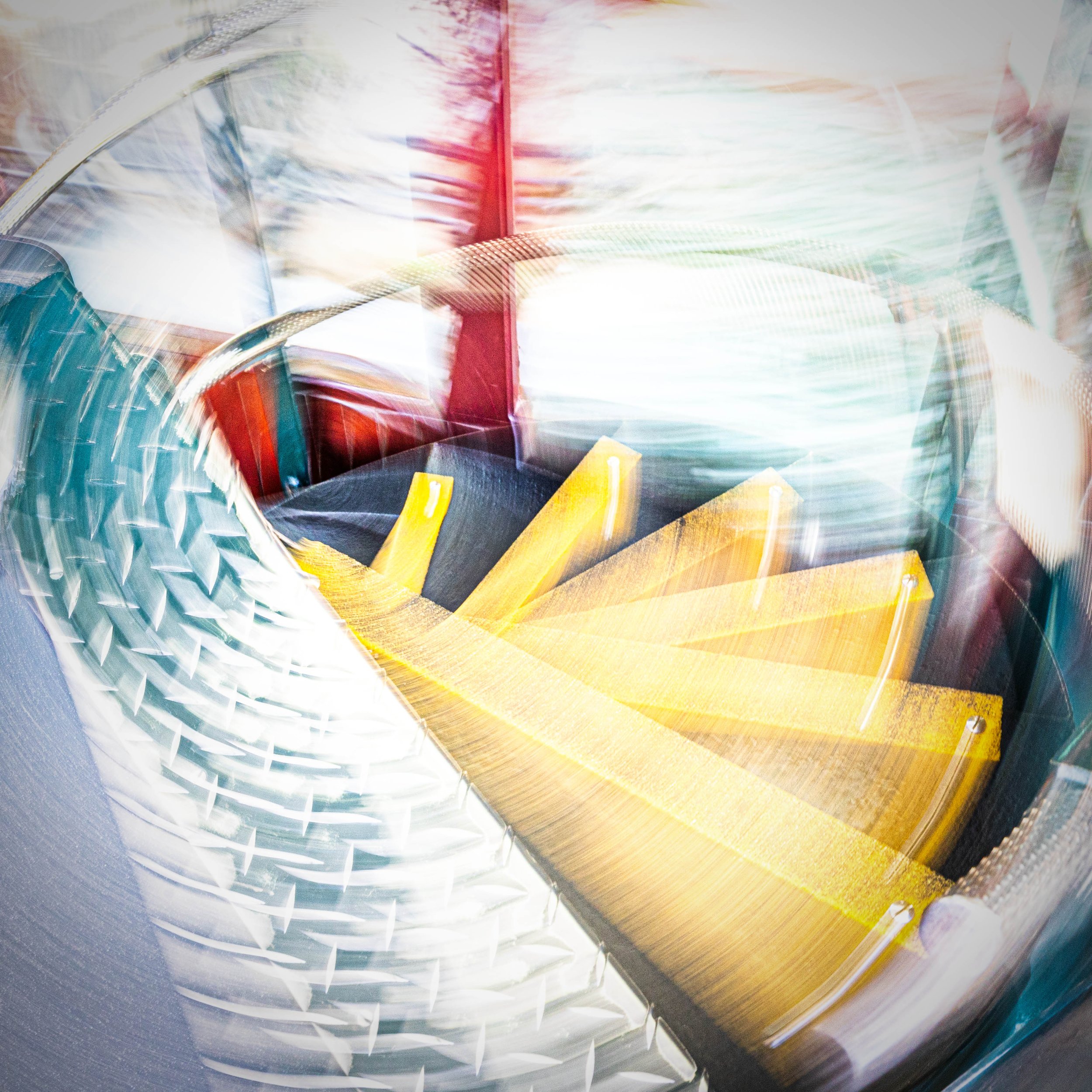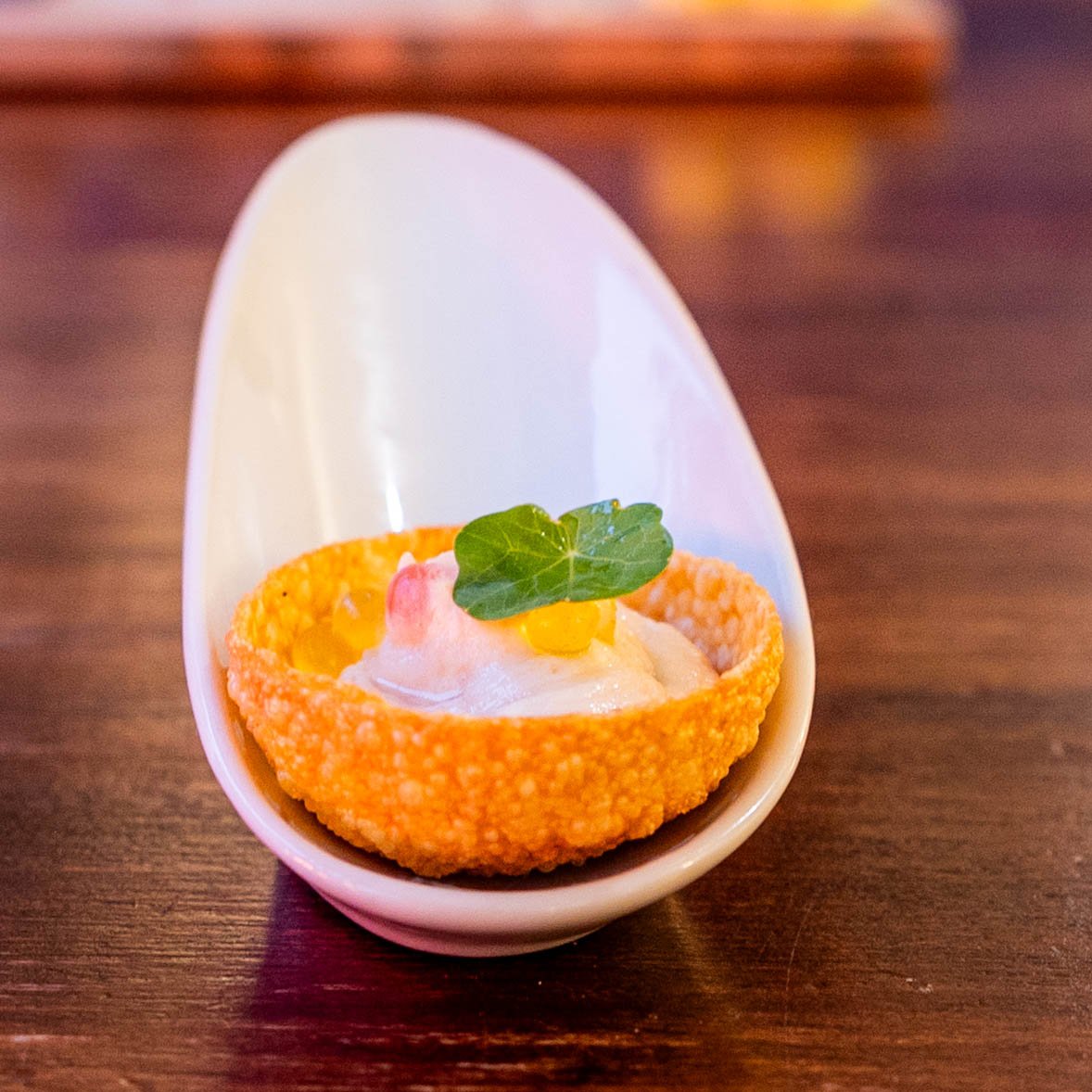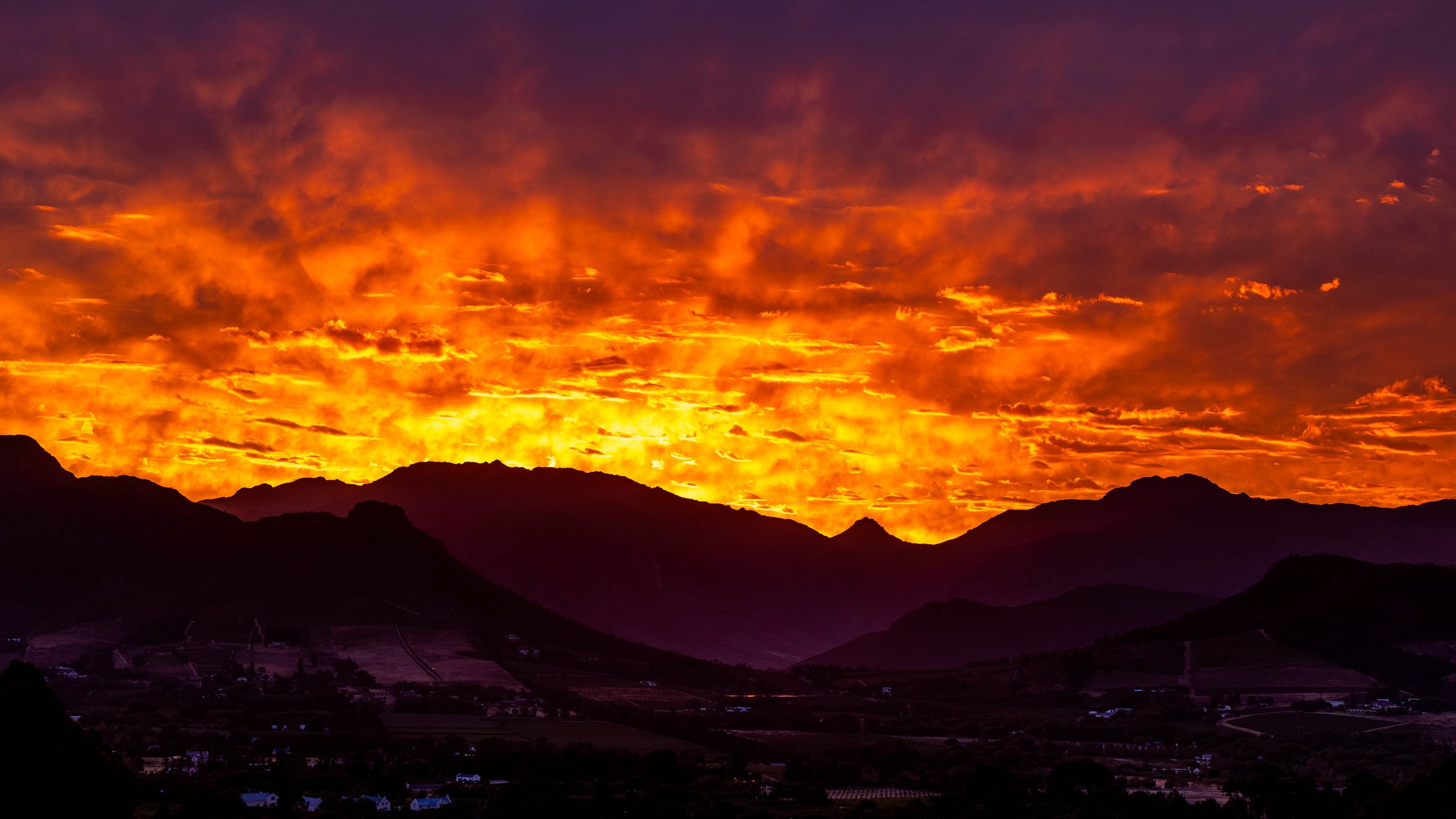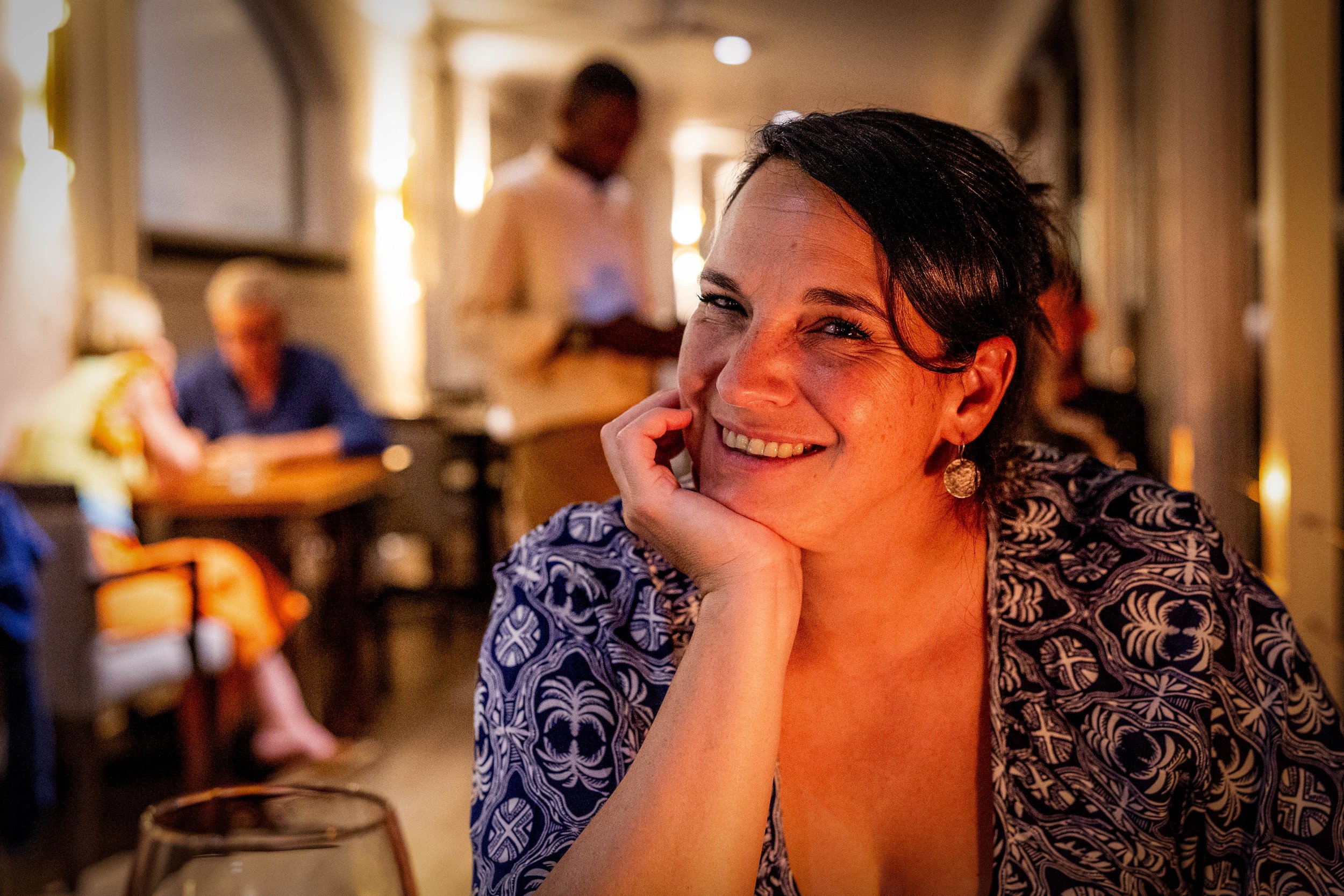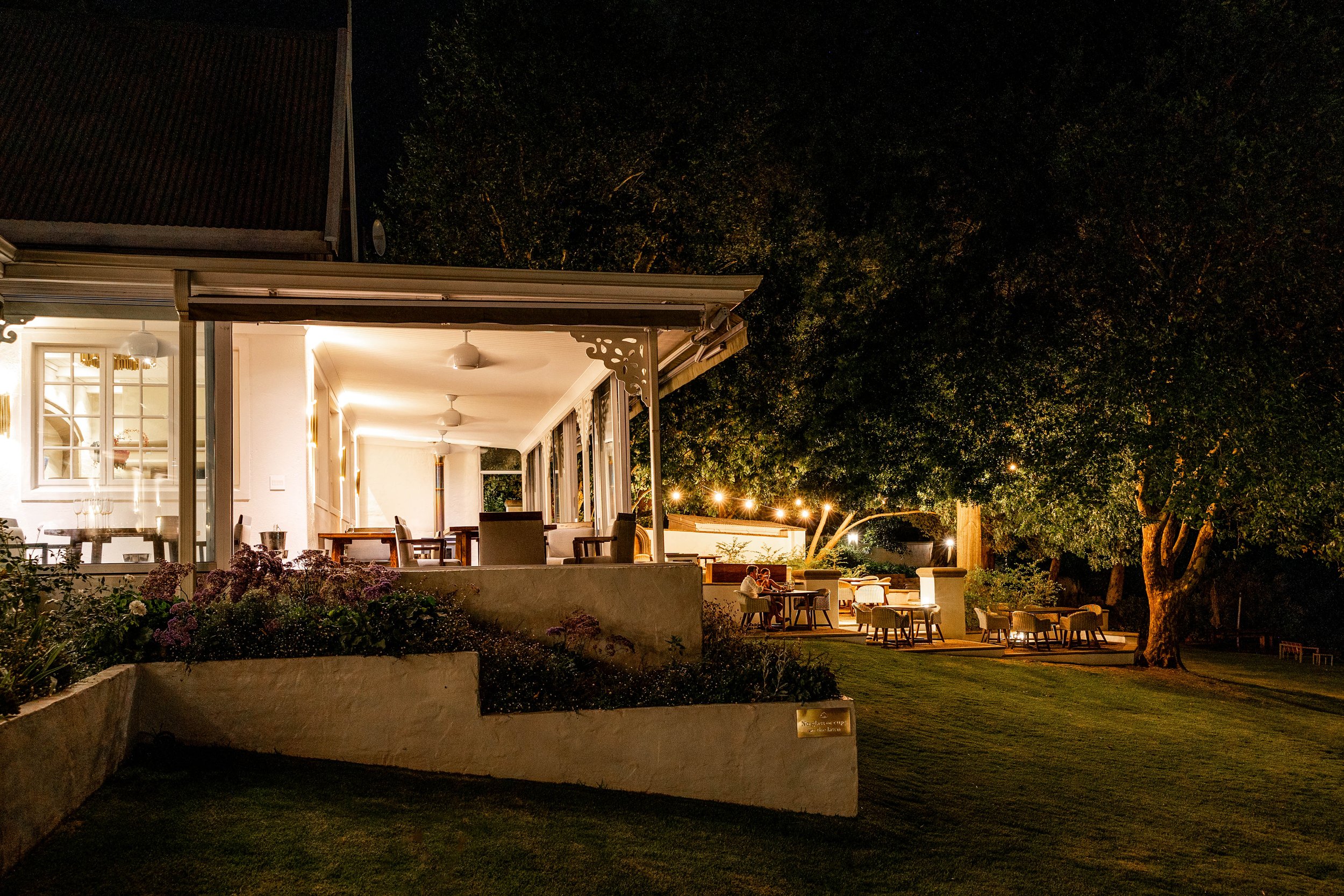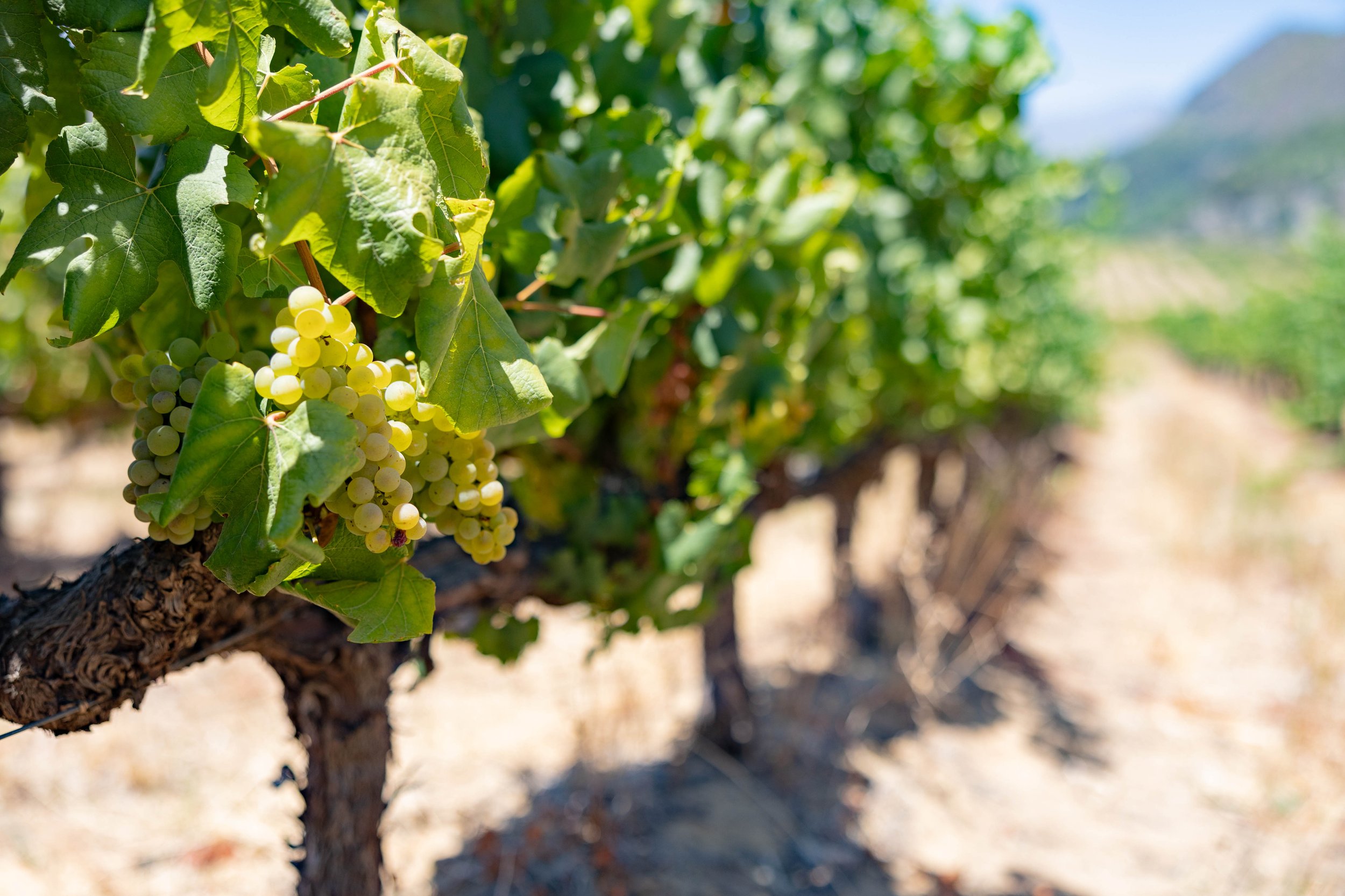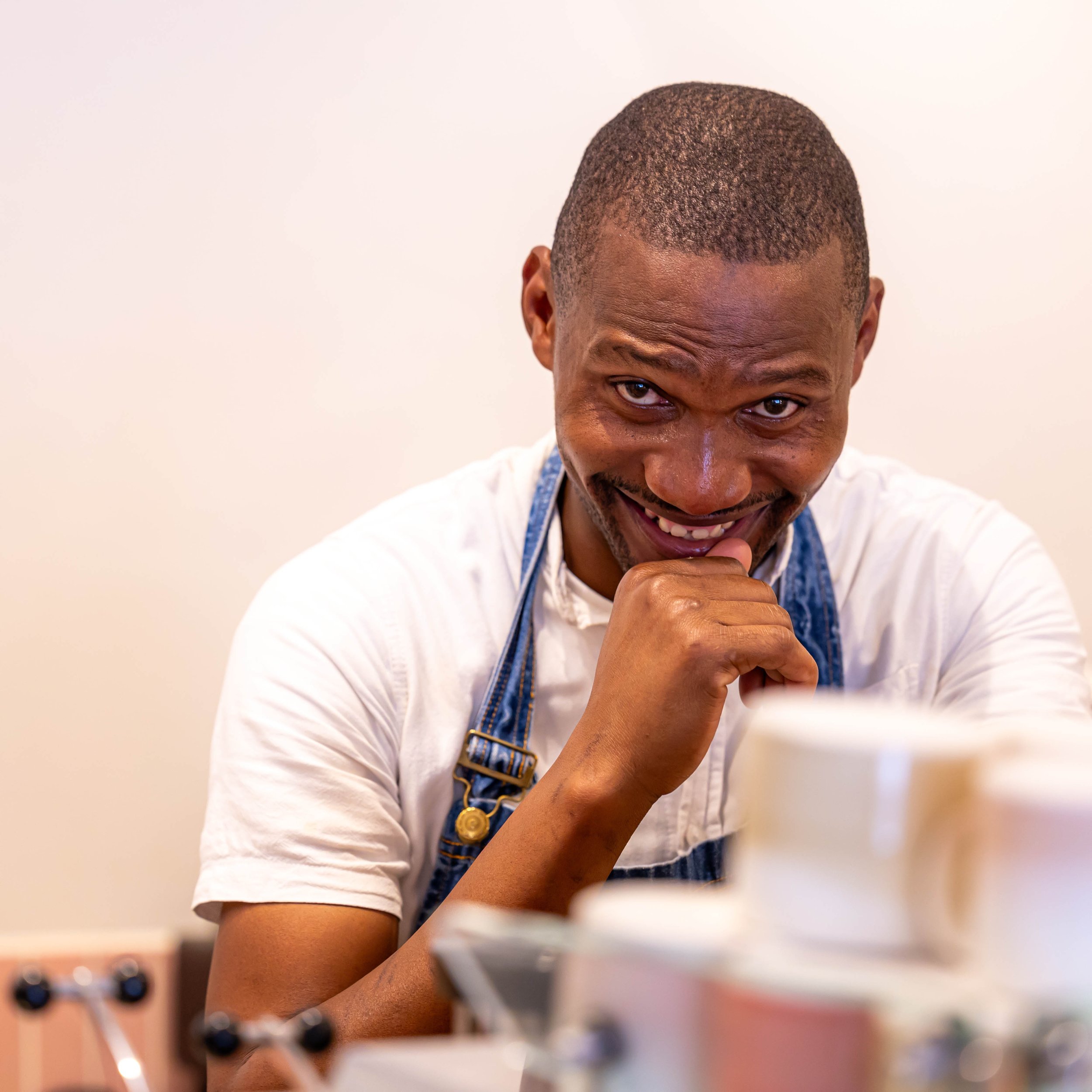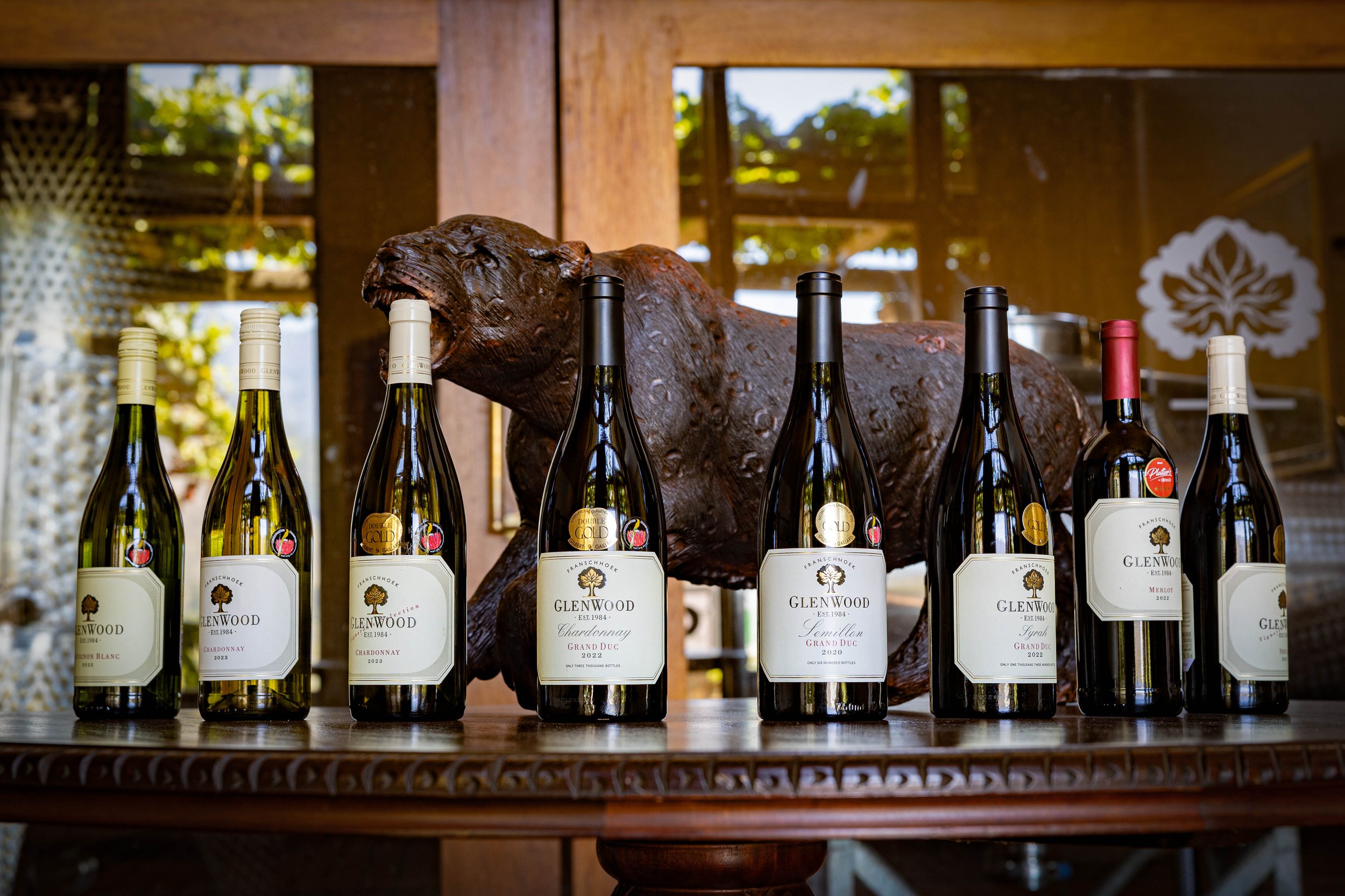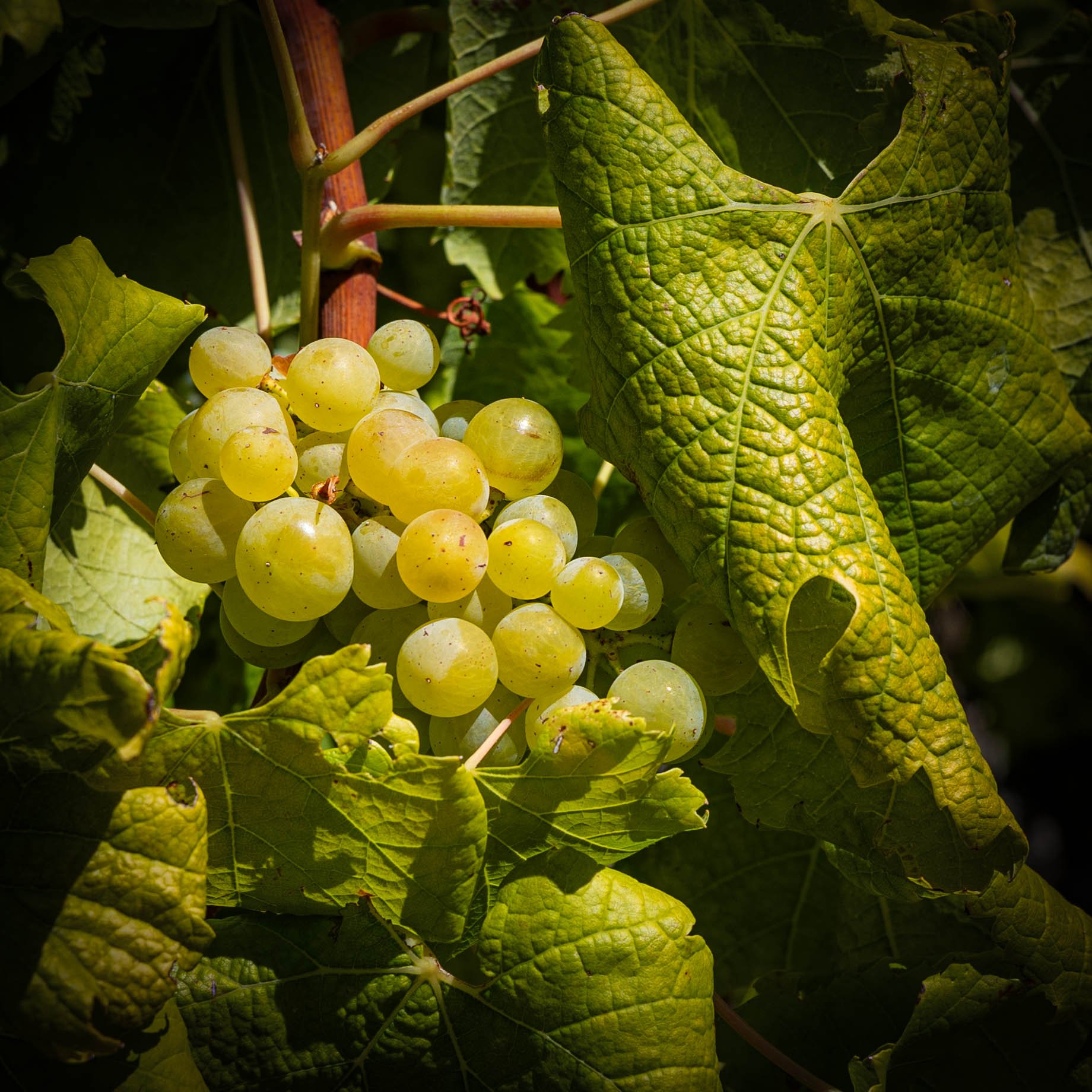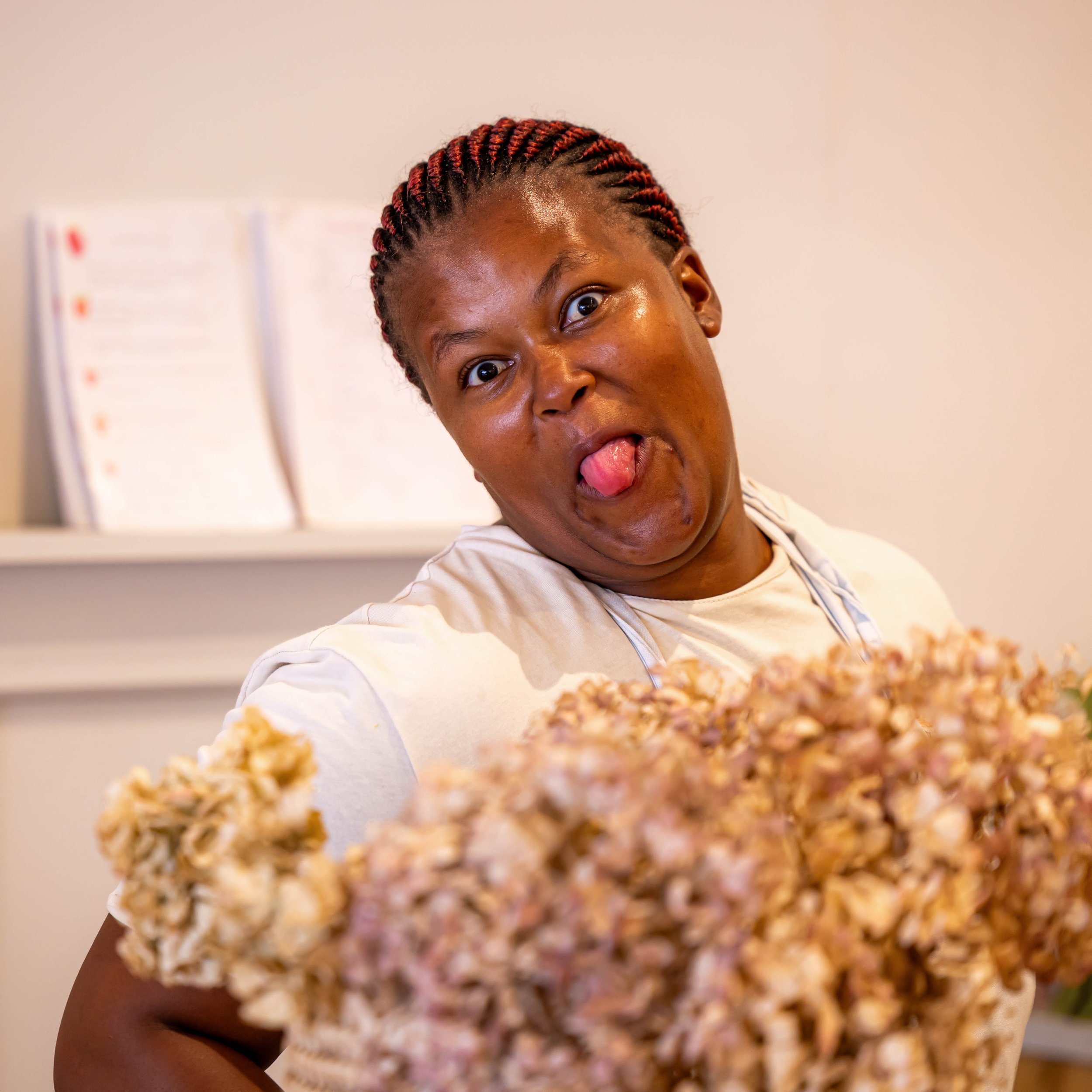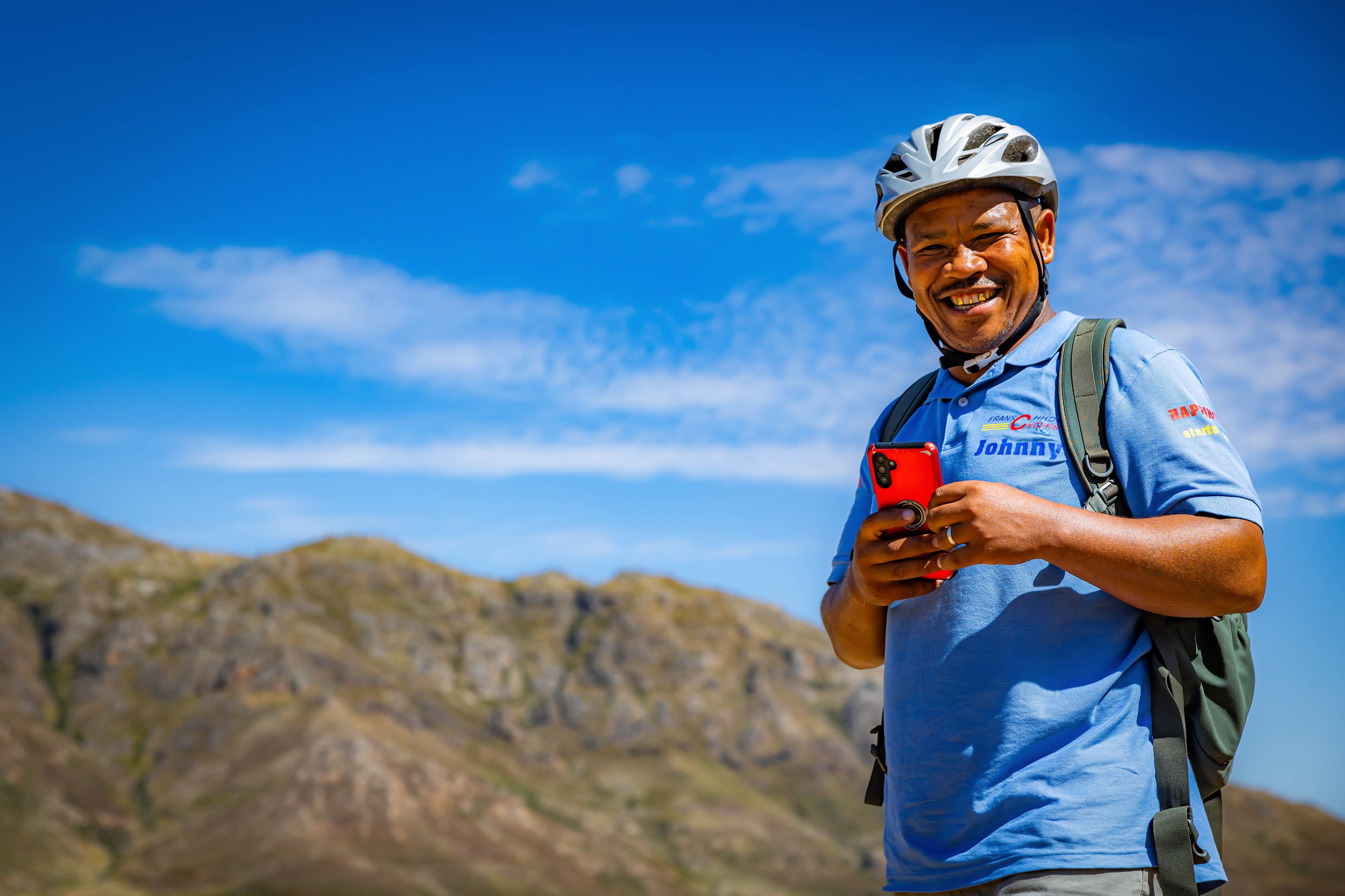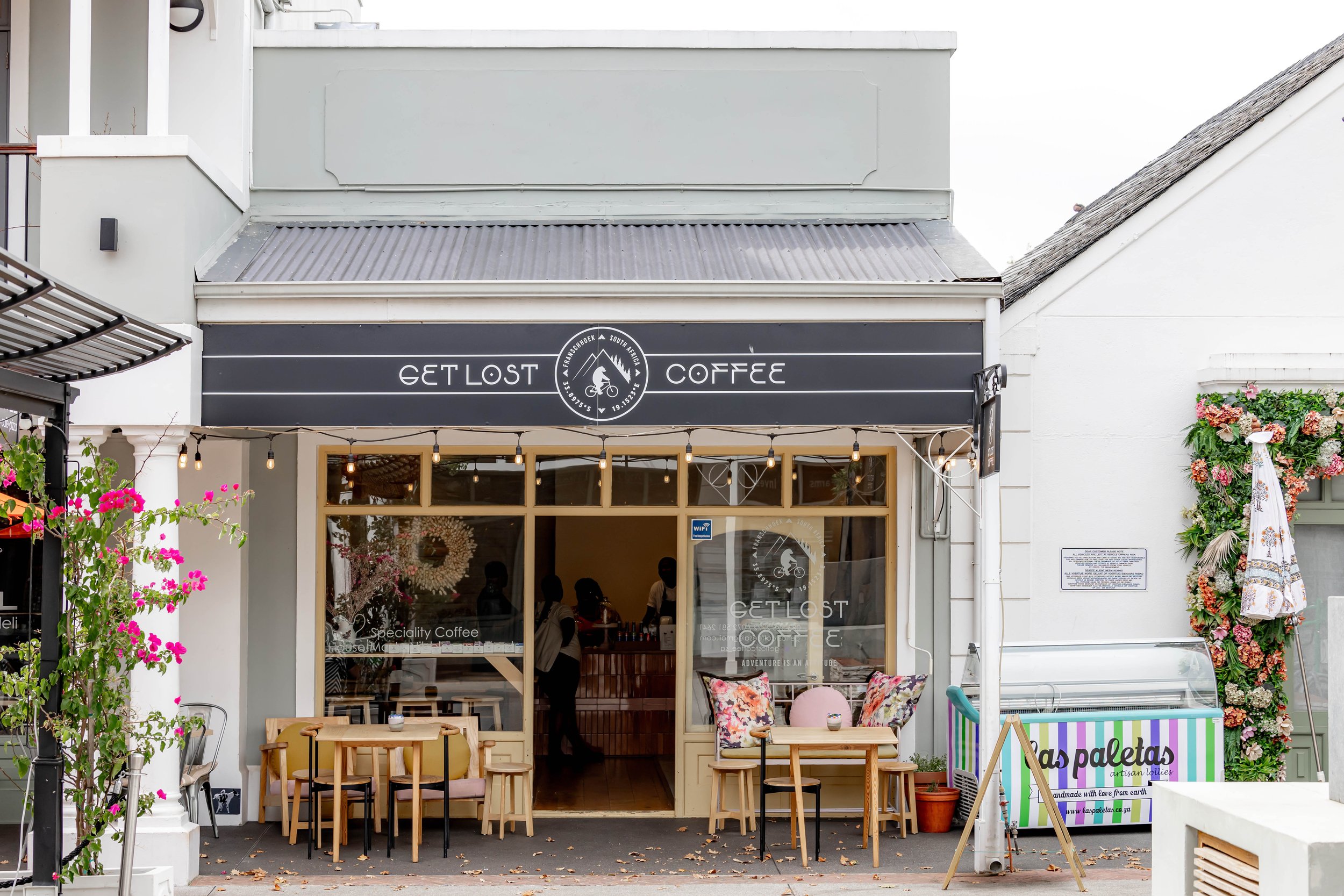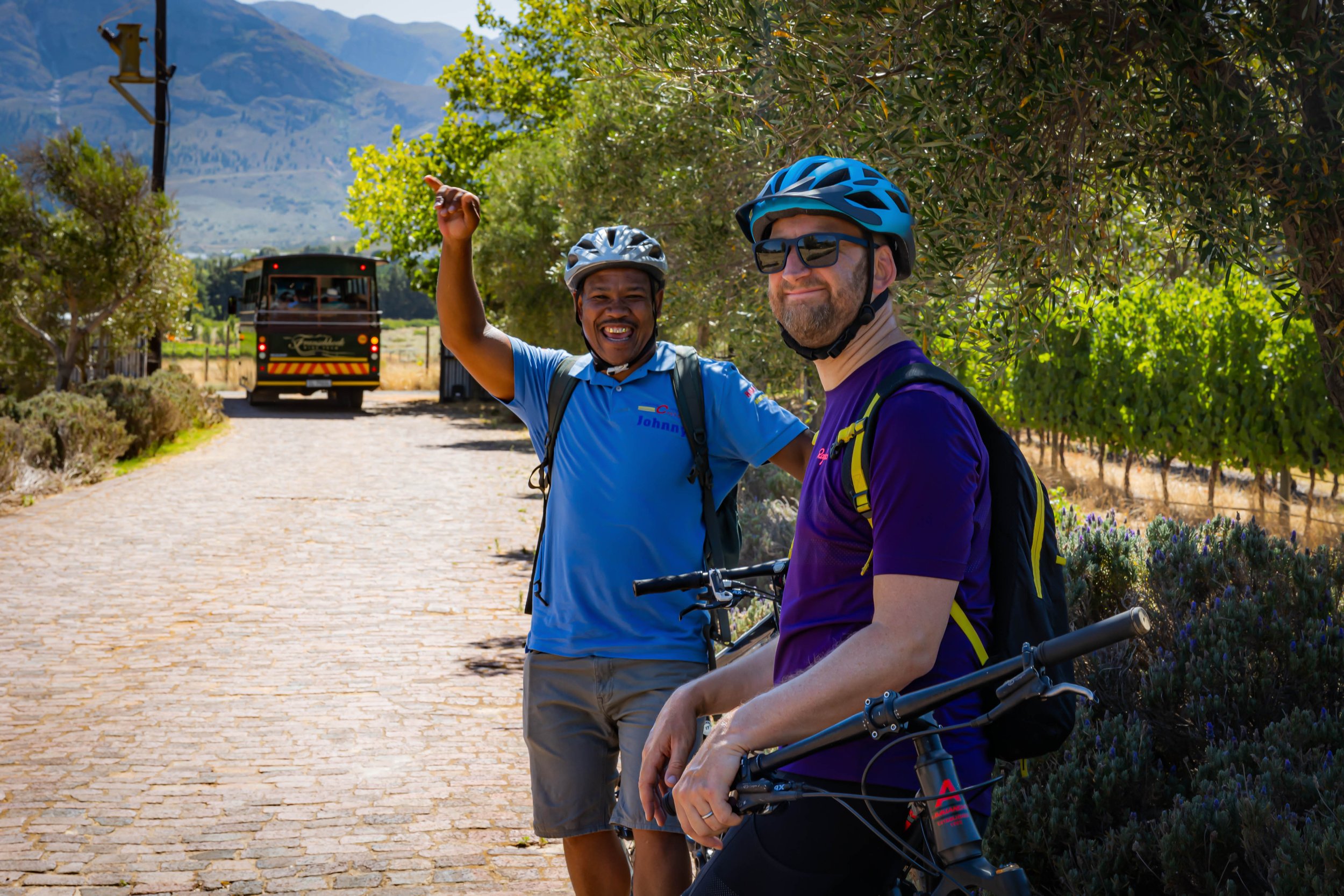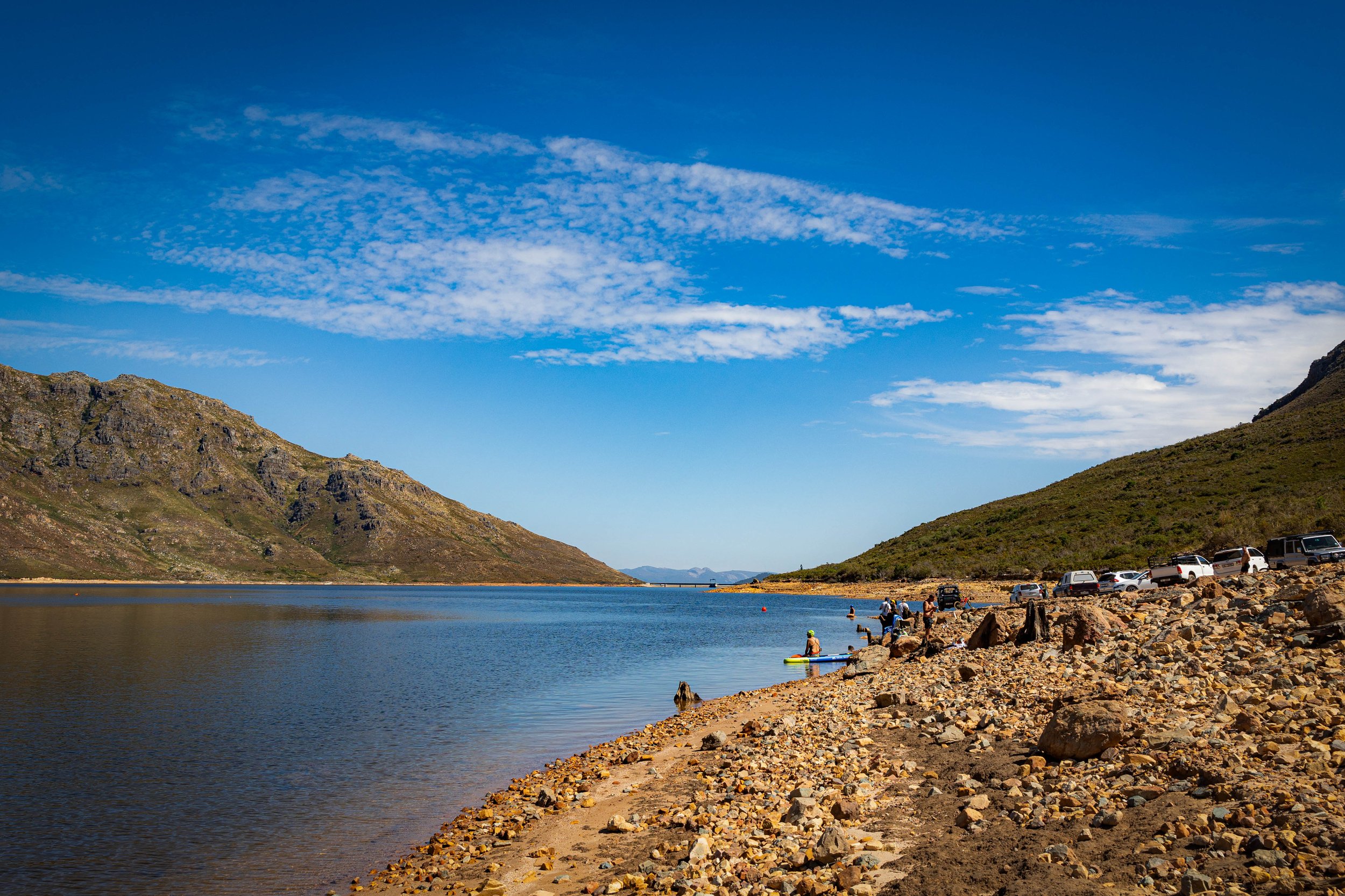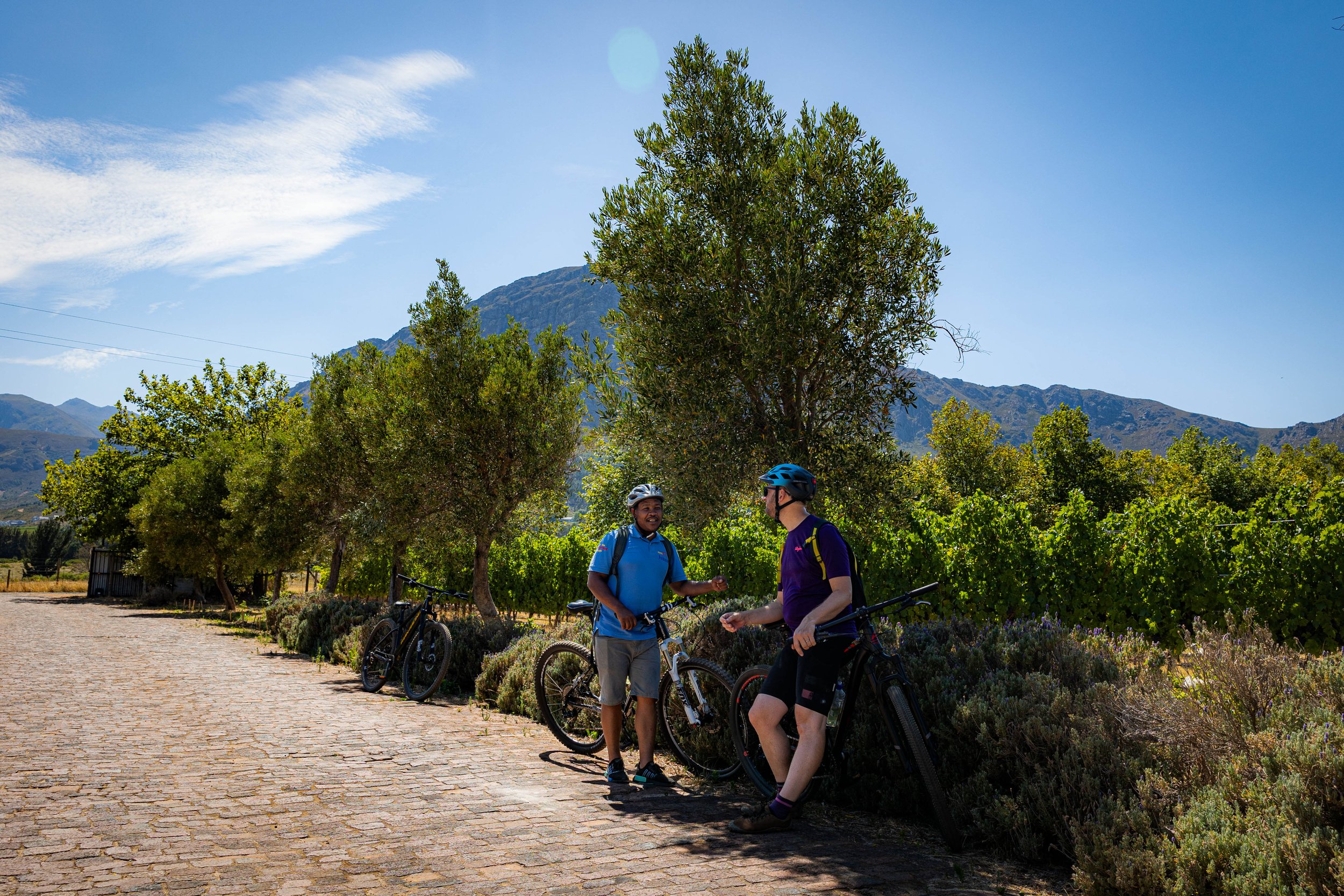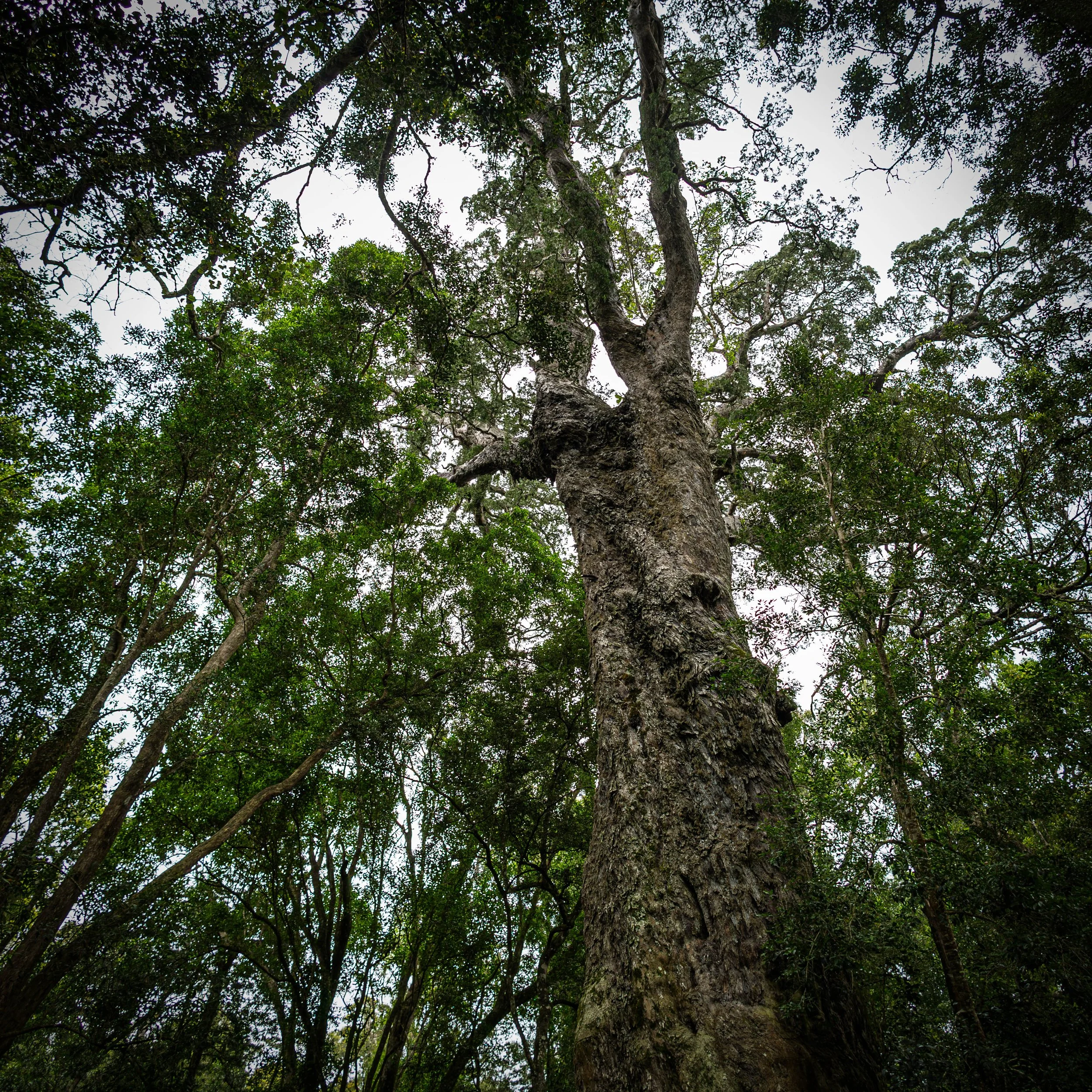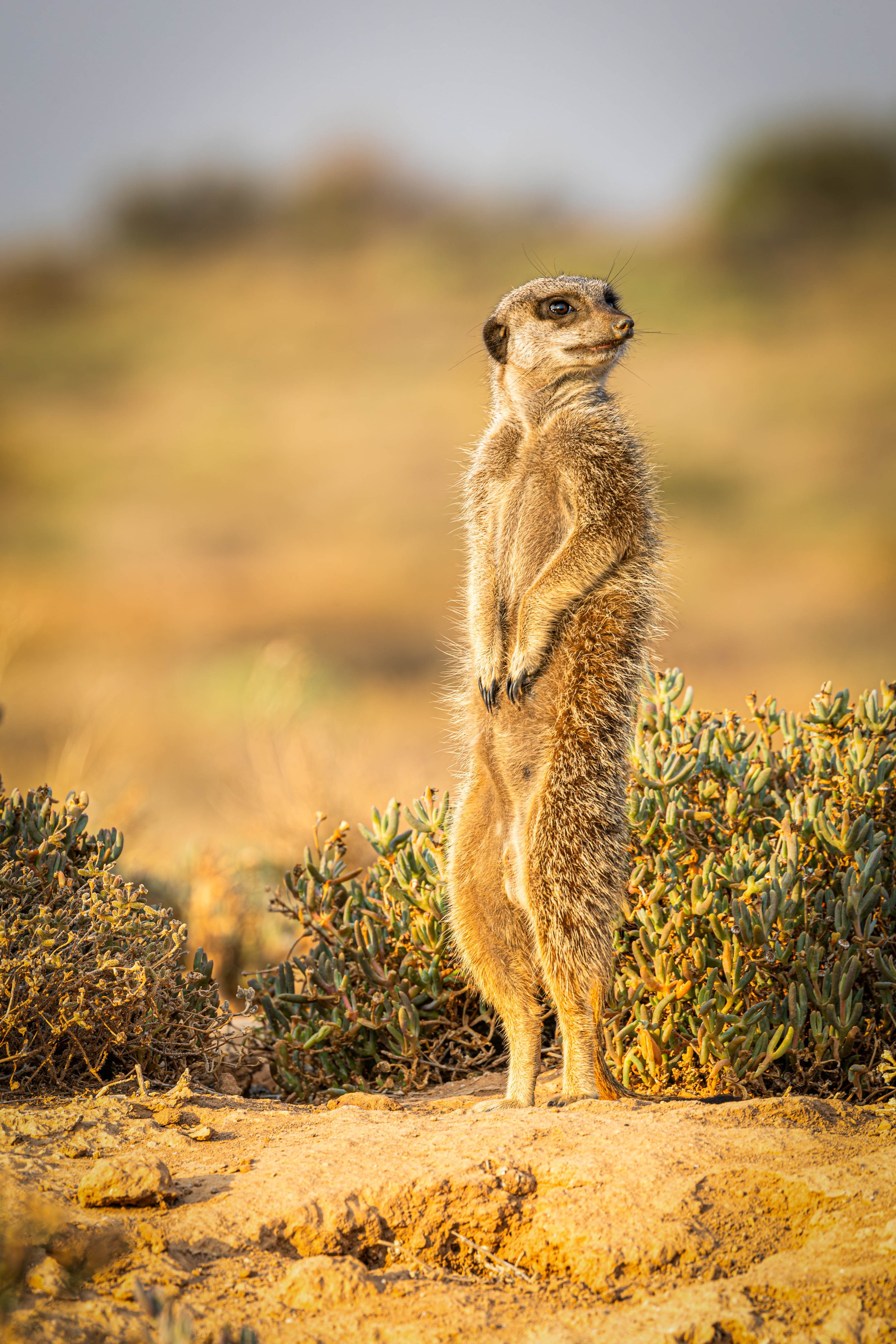South Africa
The waiter brings over a large glass fronted case with a selection of large pieces of meat. Bo Vine is a cheeky name for a restaurant, and it took me a while to realise it wasn’t about the wine or Bo Kaap, but a popular steak house in Camps Bay. Nick and I used to share a house 15 years ago in London and he too is taking a break, though he plans to travel for another year or so. He’s been exploring South Africa and kitesurfing it‘s beaches. We’re joined for dinner after a beach walk by his Austrian and German travel friends Julia and Eliza. After we spend over a month of travelling through some of the poorest places in Southern Africa, here the contrast is stark, this is certainly an upmarket restaurant in a fancy suburb of Cape Town. Mansions of the famous and wealthy line the hills overlooking the bay while locals pose in jazzed up cars along the strip. A mountain of meat and bones arrive at the table, this is certainly not a place for a vegetarian, and we’re both little unused to eating rare beef and drinking red wine after campsite cooking. It’s great to see old friends and meet new ones as we swap tales of our travels of the last few months. It’s warm here and Julia dumps a chunk of ice in her glass to cool her wine and lets it melt, is it ok to dilute the wine a little, Nick is unsure. We are all meeting up again a few days in Franschhoek, definitely for more wine..








Cape Town has quite a reputation for being dangerous to walk around and we have mostly left the cameras locked away, so it’s time to take some expert guidance. Gregg runs photography tours in the Western Cape and I contact him to set up a half day walking tour of Cape Town. I’ve explained that I’m just the camera caddy, but as we have both of Martina’s Canon R6 cameras with us, I’ll be using one with some guidance from him. Normally Martina will set up the camera for me or I just hit fully automatic, not this time, it’s manual all the way.
Exploring the older quarter of Cape Town from the time when the city was run by the Dutch East India Company, we walk along company gardens. Gregg tell us the history of the city and how life was under apartheid from his perspective. As I begin to learn how to work out how to dial in all the settings to capture a picture in different situations, Martina and Gregg explore the cameras more creative settings for interesting alternative street photography.








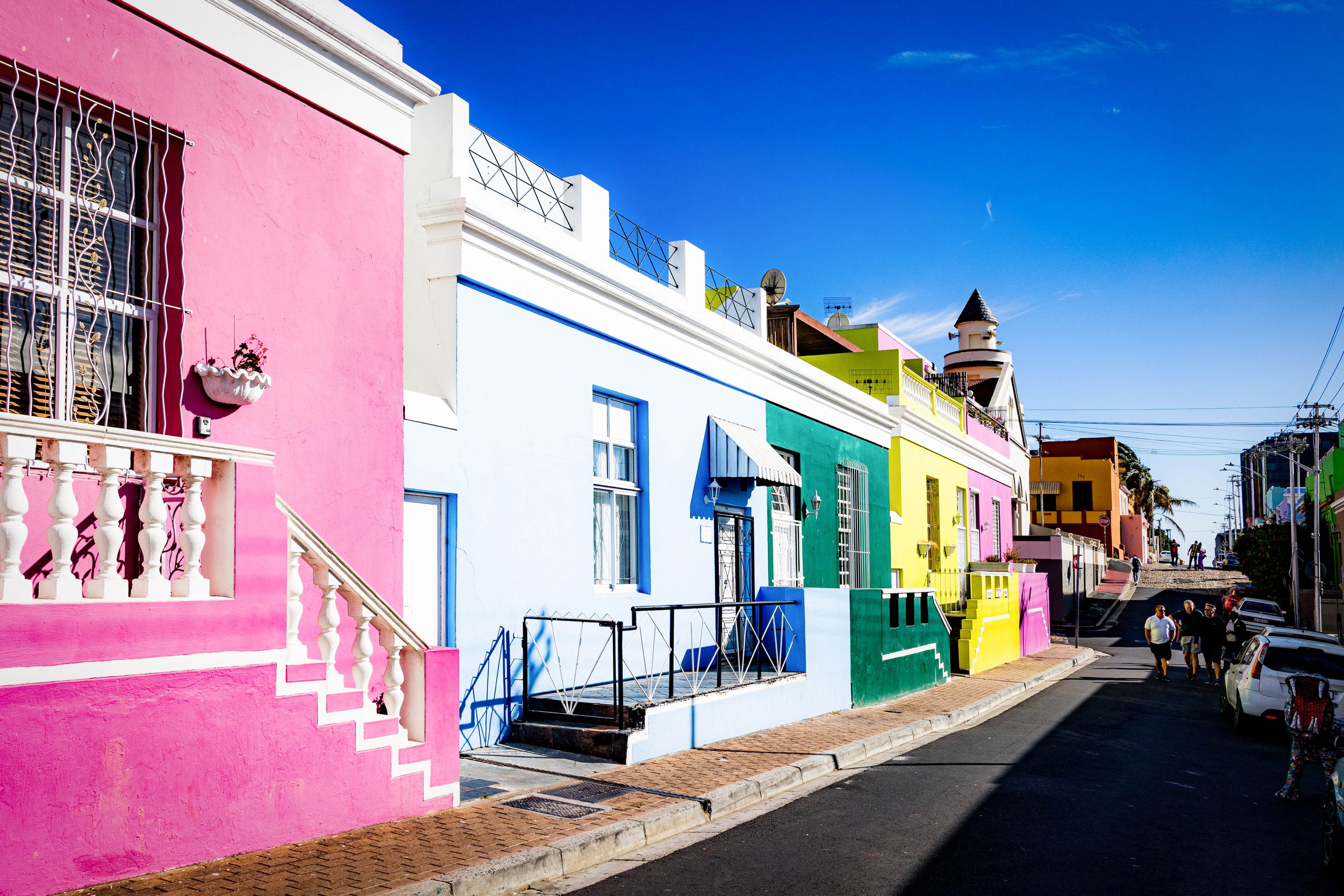



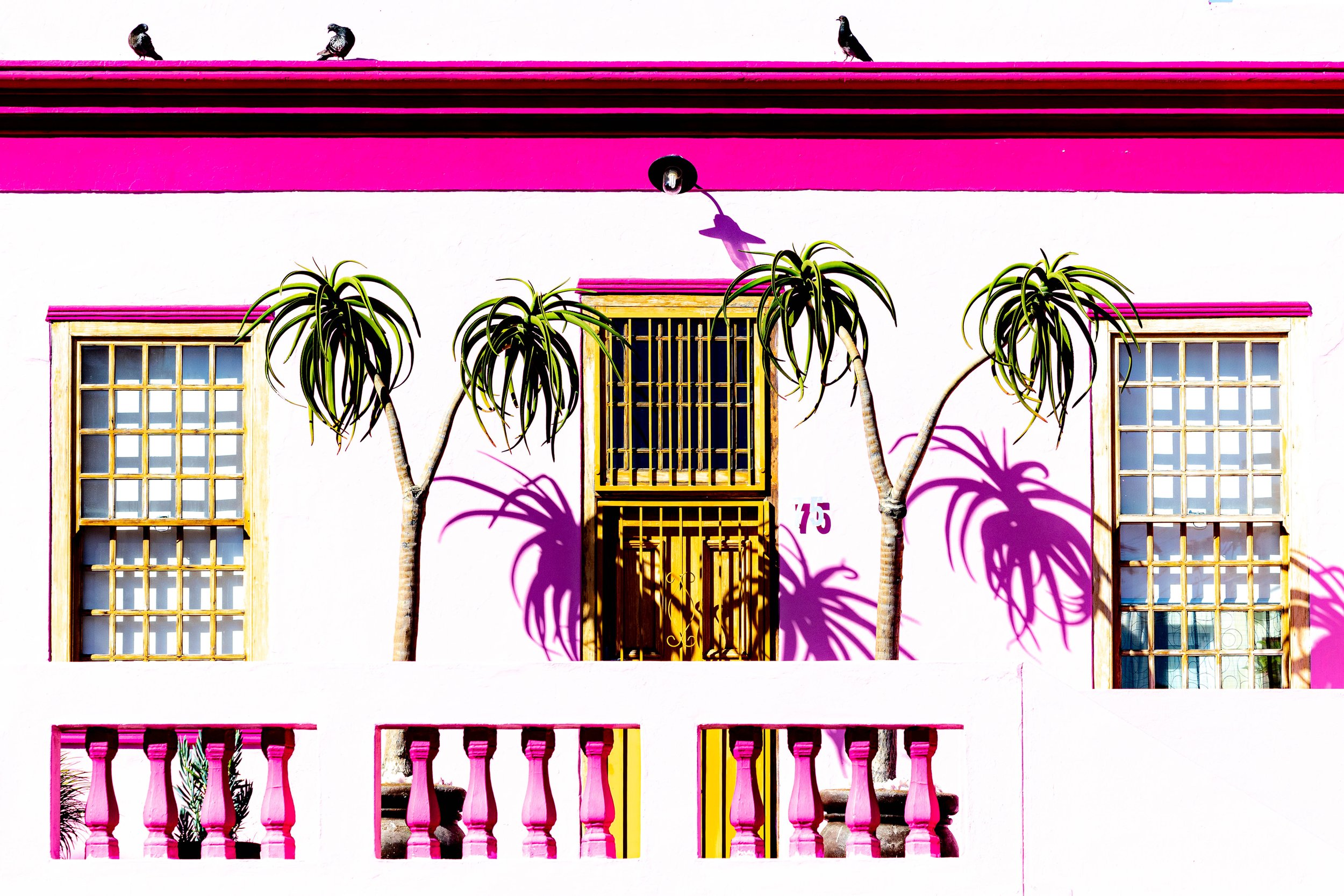







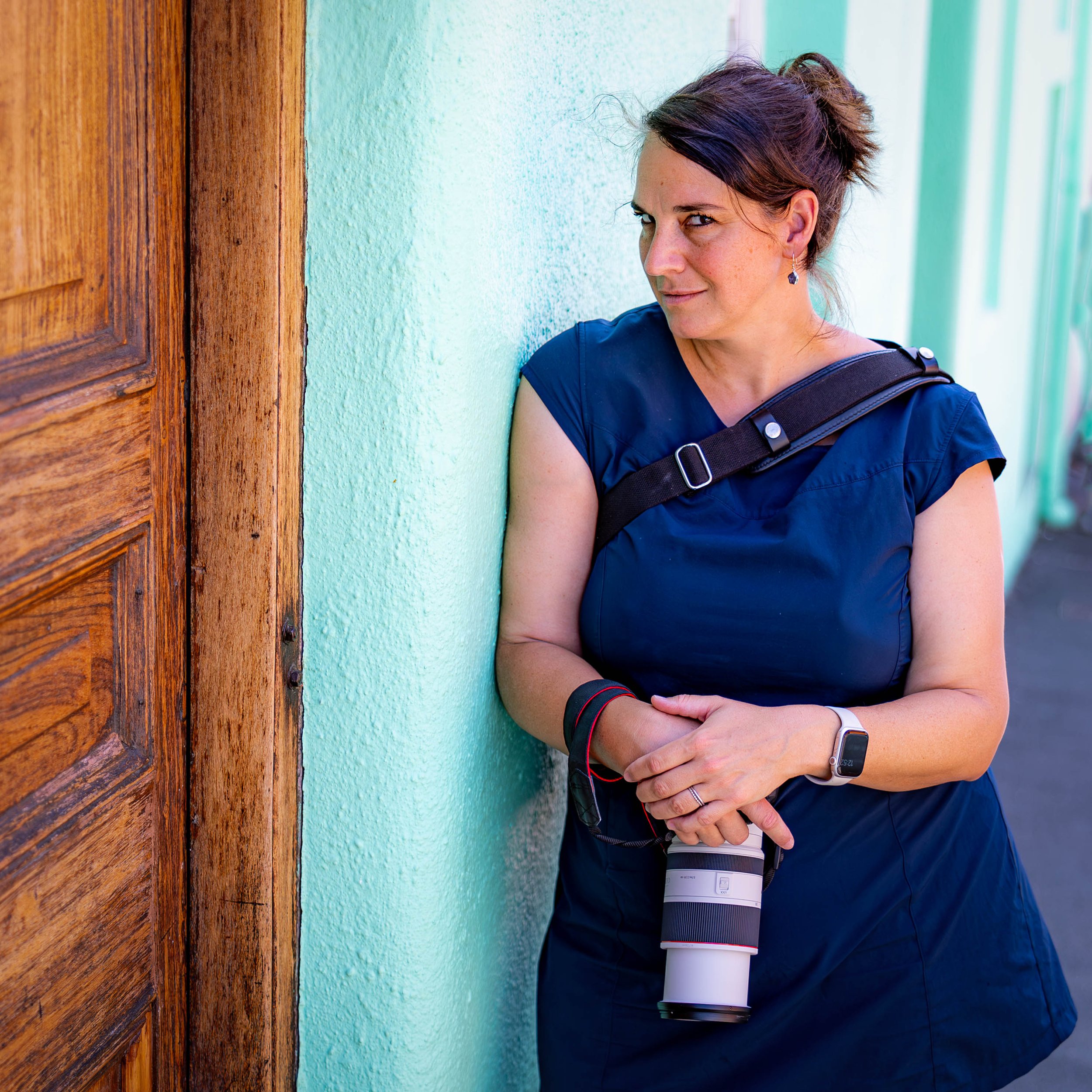
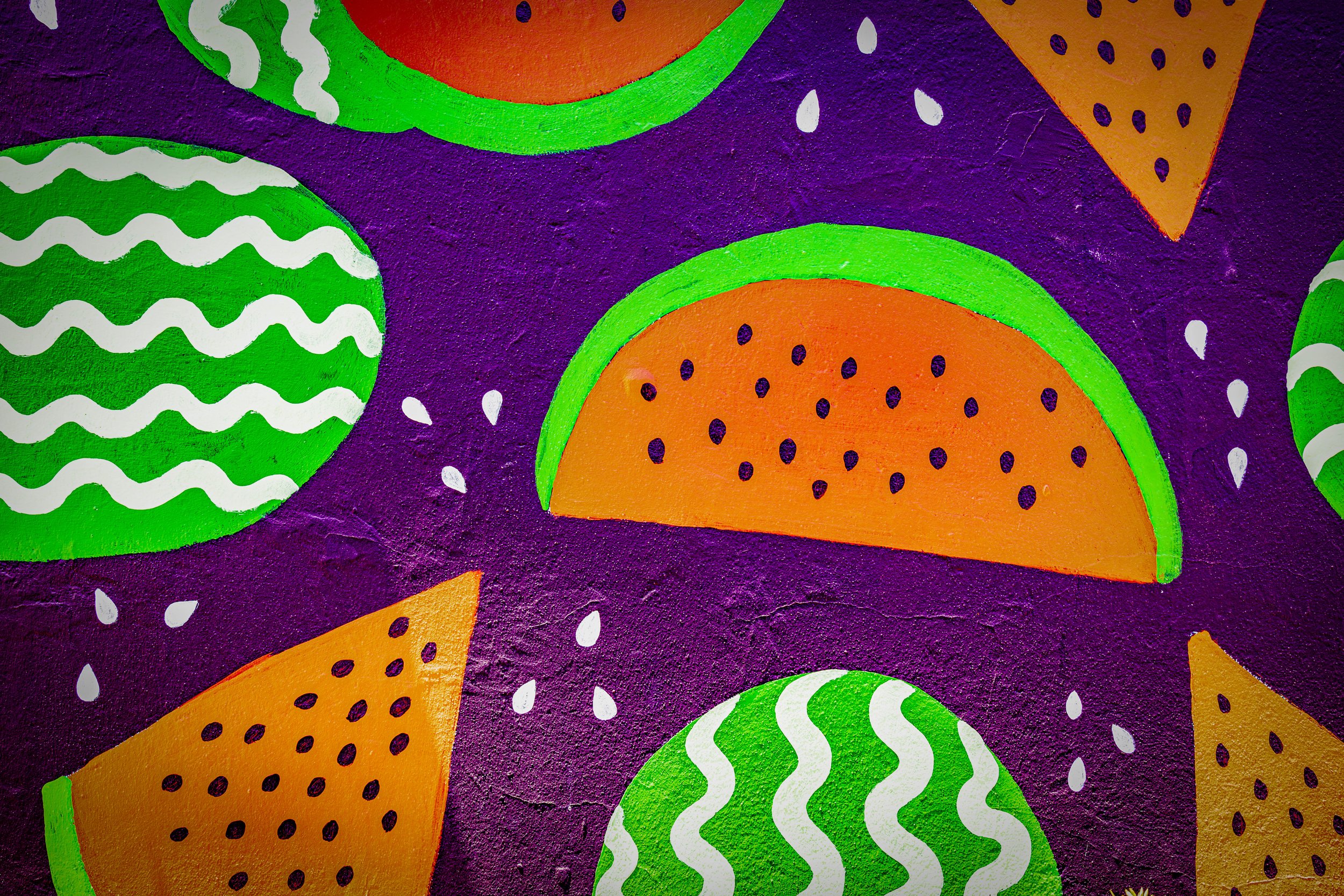


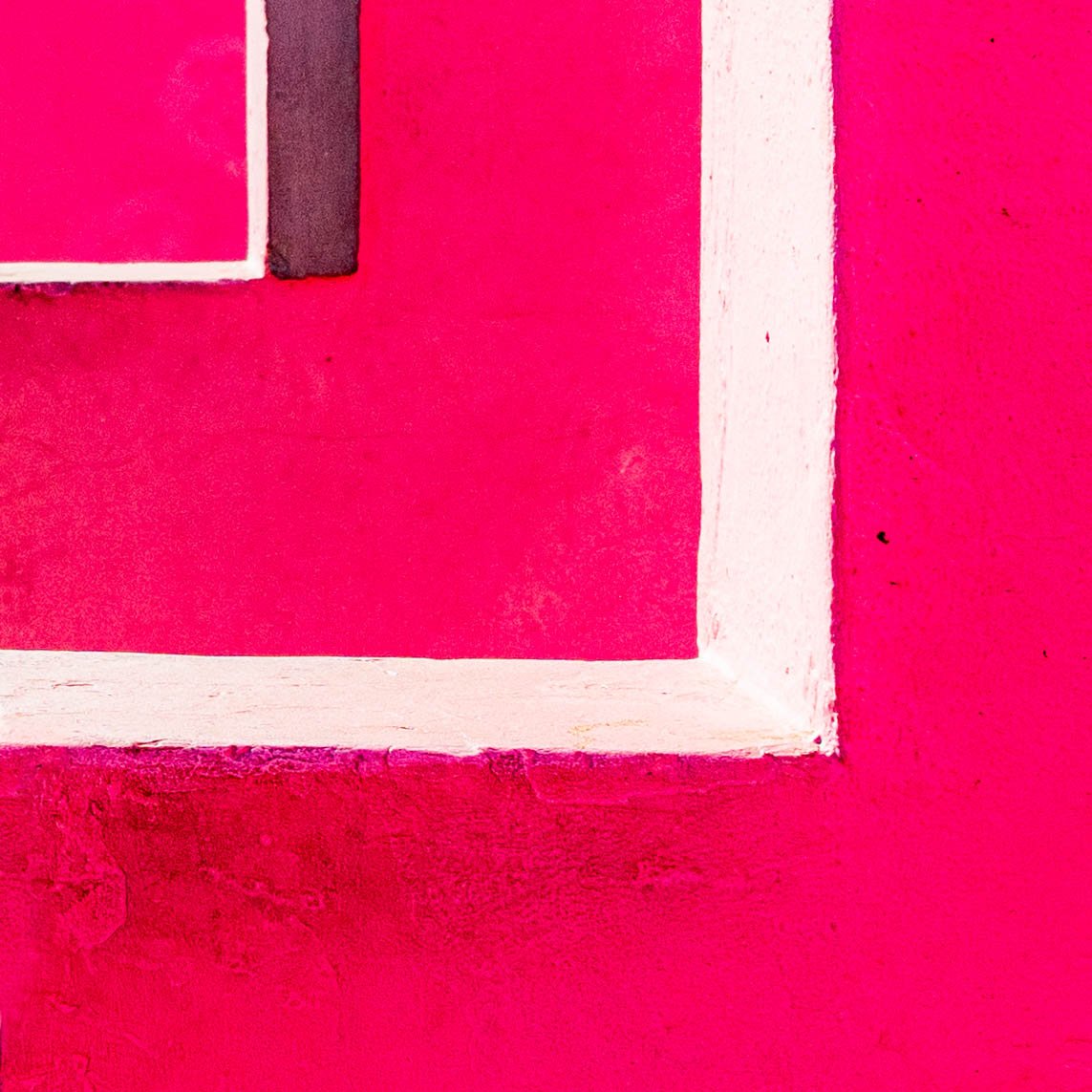


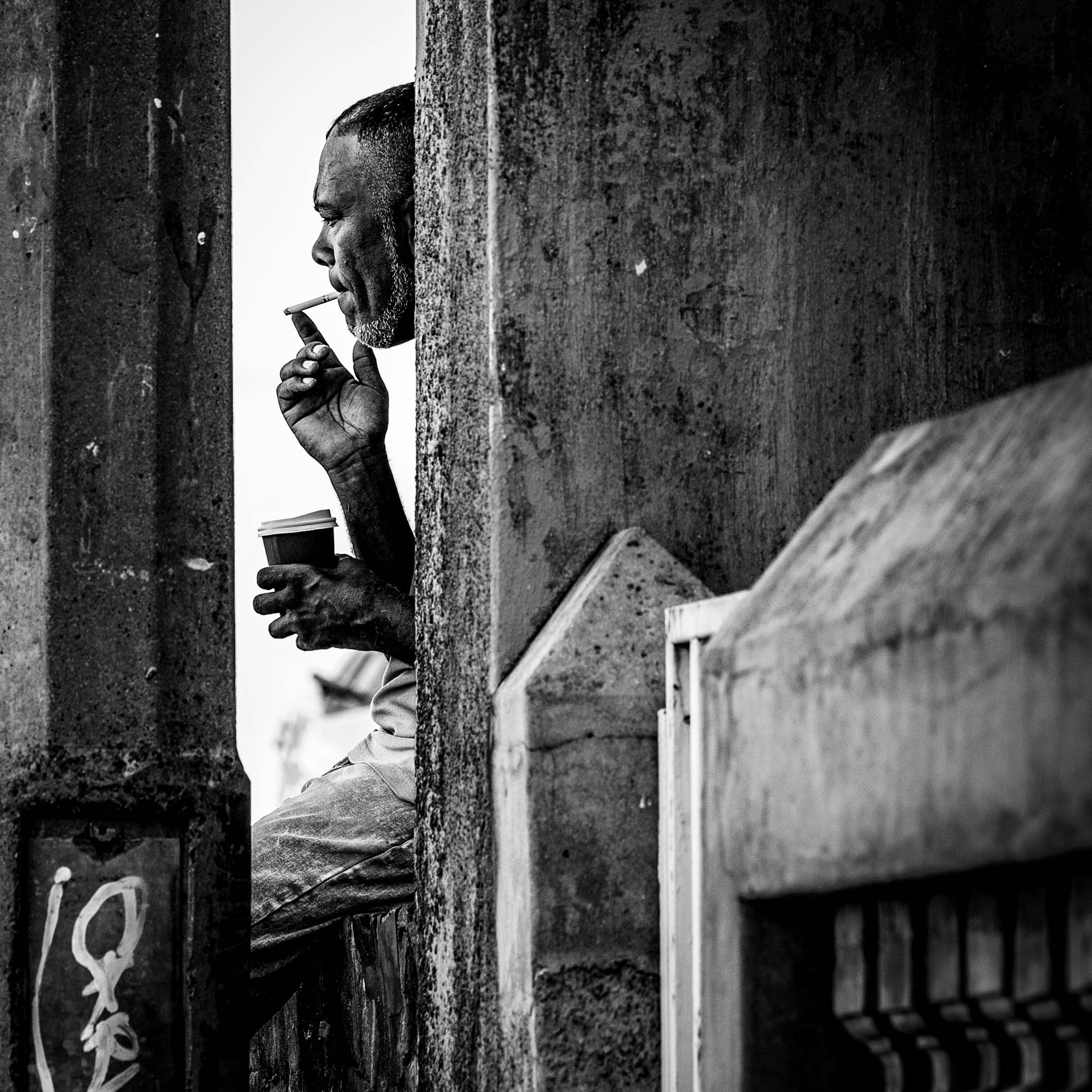

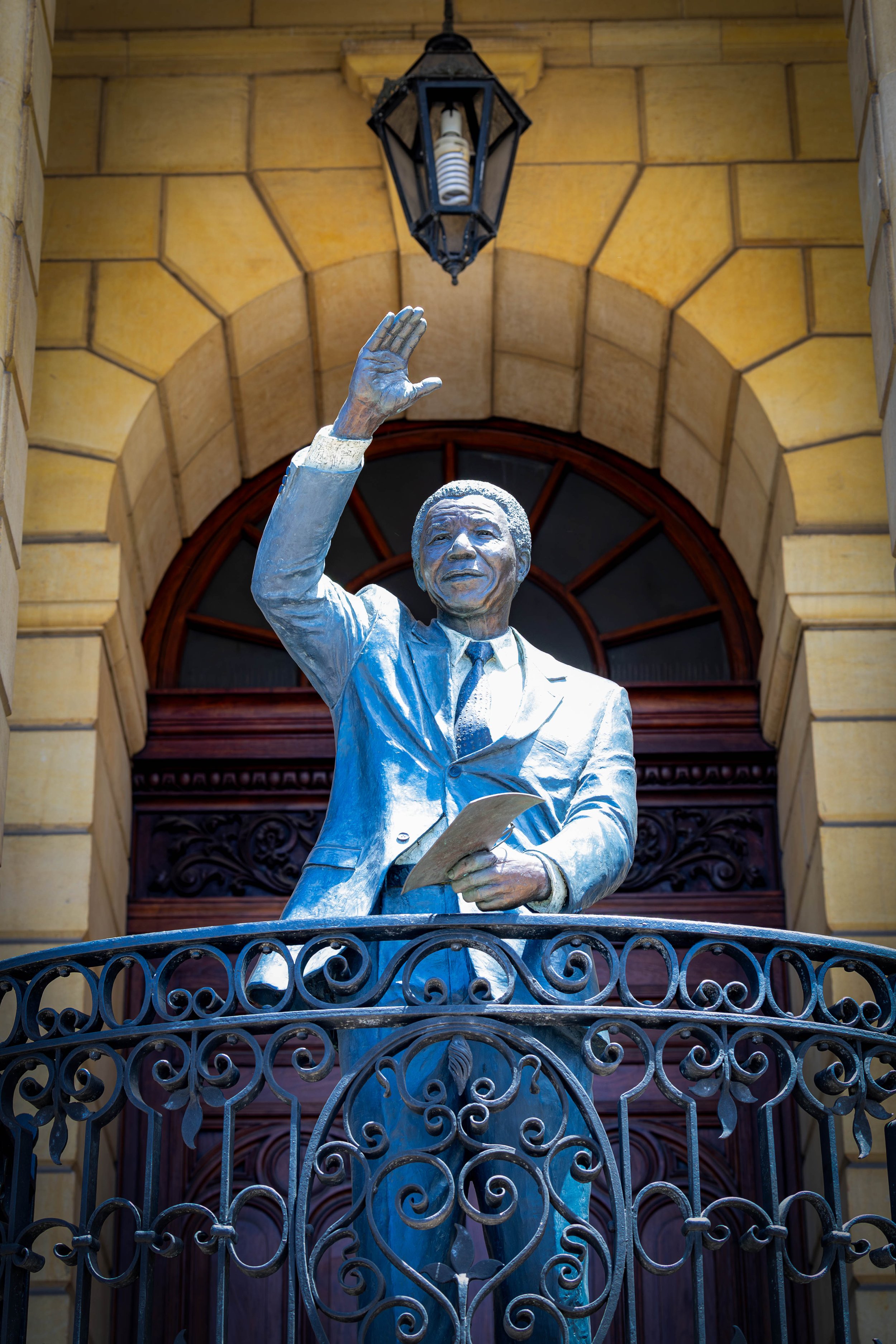
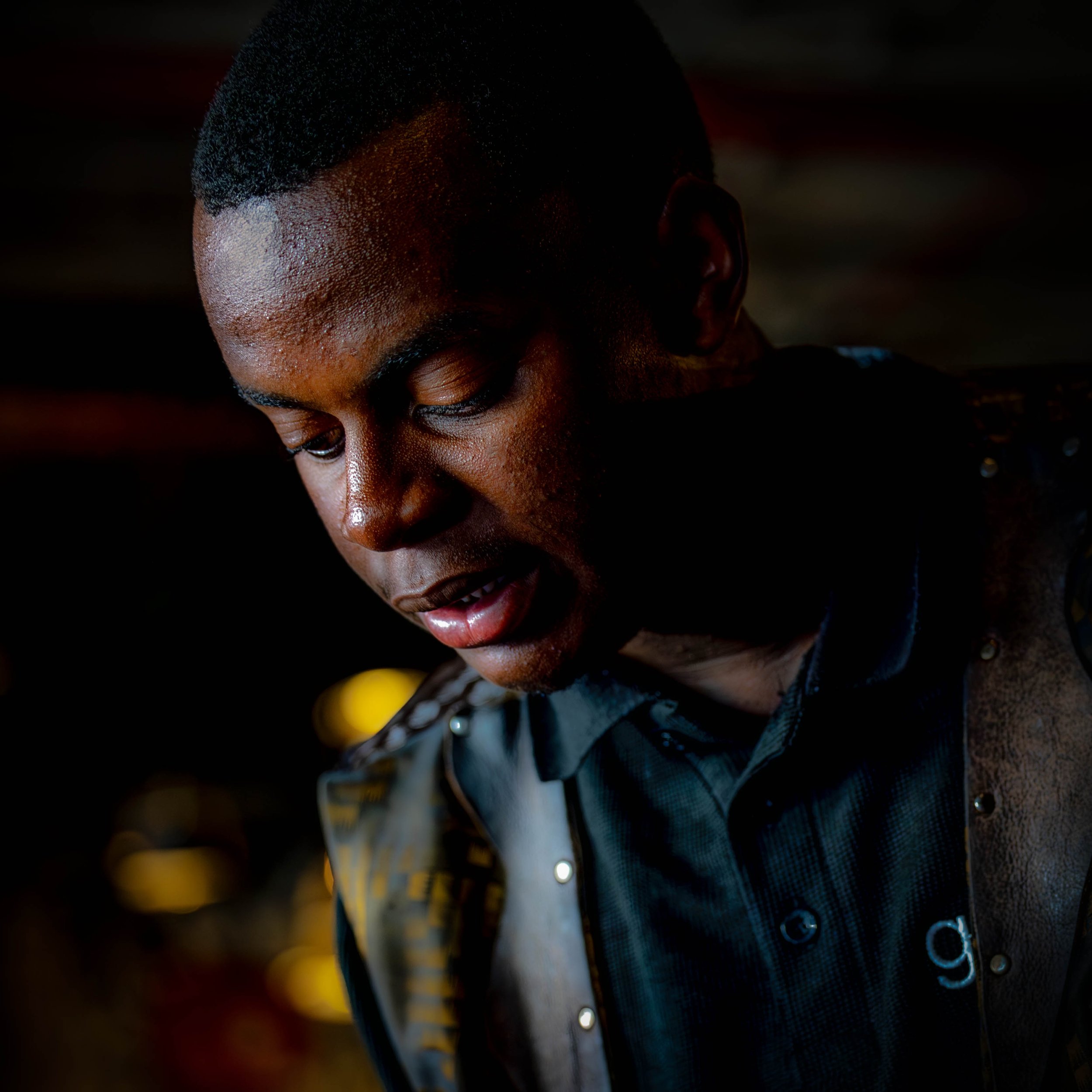
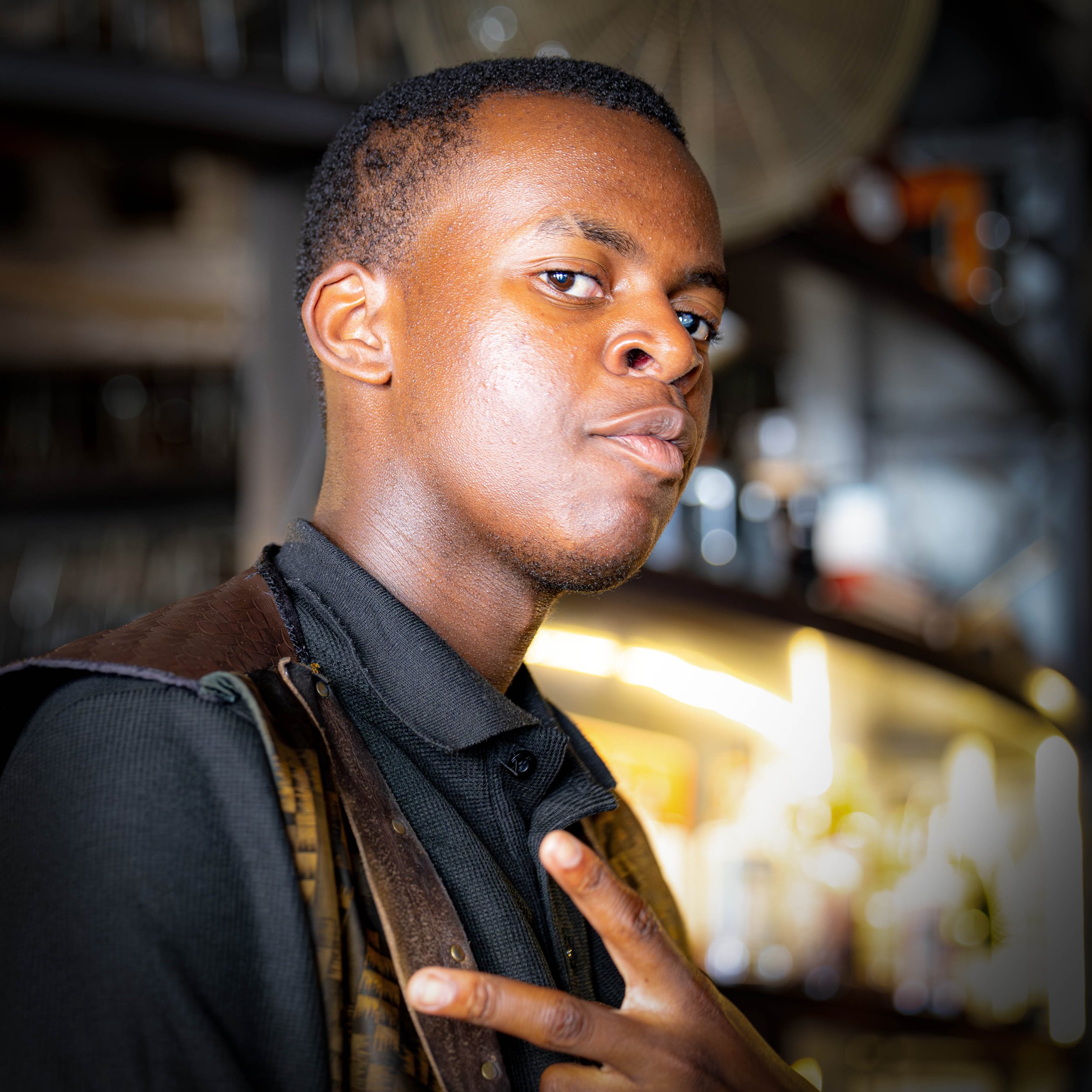

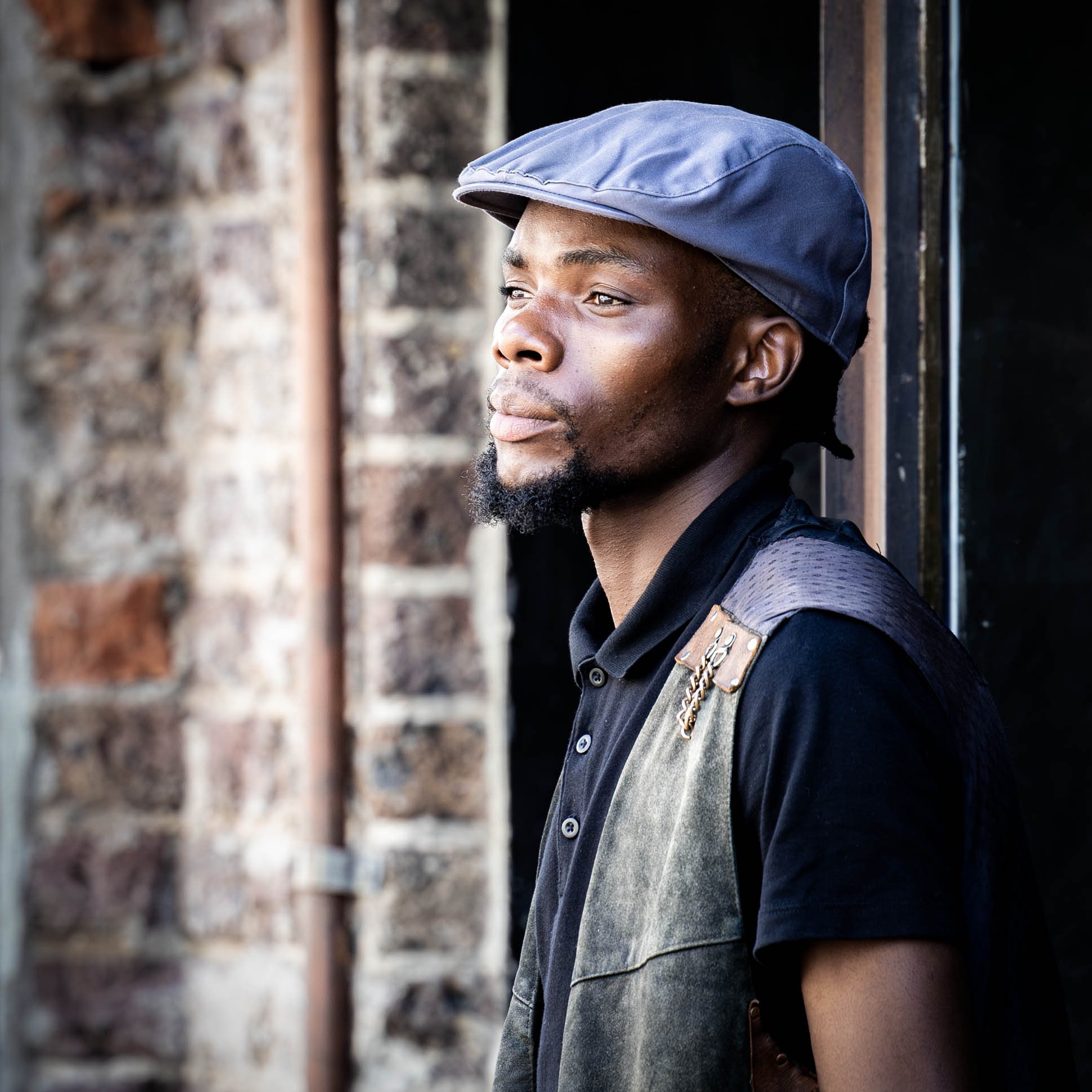
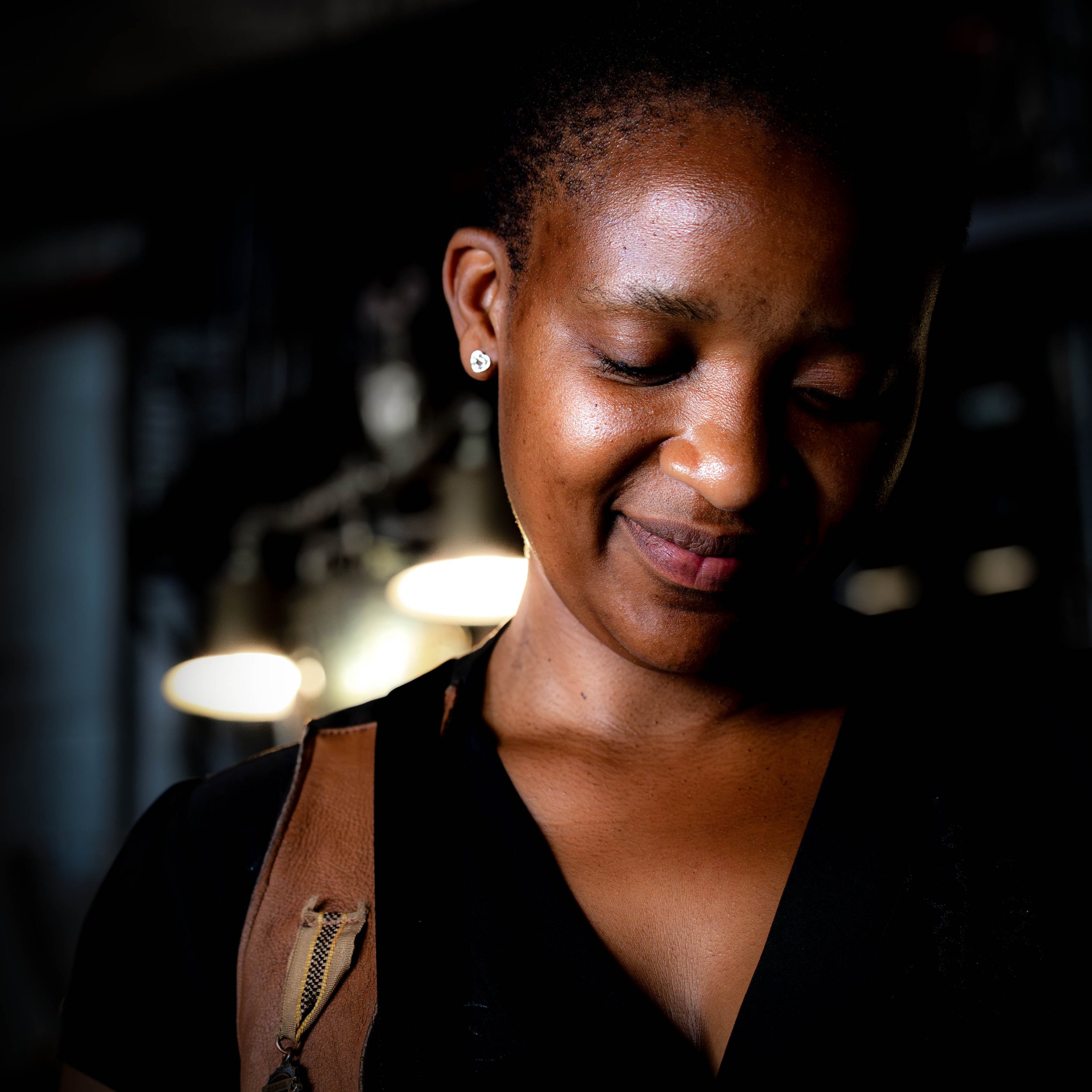


Bo Kaap is famous for its colourful painted houses. Once the Malay slave area the inhabitants painted the buildings brightly on becoming freed. Today the buildings also feature graffiti protesting against the Israeli Palestine conflict. The colourful walls and scenes make for an excellent photography playground. Gregg shows his favourite views and safe boundaries to work within. I’m learning a lot and I think Martina is enjoying pushing her creativity with Gregg, and over a coffee in the Truth Cafe, I feel a plan is coming on for later…
We take a taxi to Franschhoek where we have a hotel for the week to relax and explore then wine region.
Nick swirls an ice cube around his wine glass before fishing it out with a spoon and flinging it over his shoulder. It’s very hot in the winery courtyard but fortunately this is the last stop on the blue line of the wine tram, and we’ve tasted a lot of wine. To begin with, we were quite the connoisseur, leaving the average tasting wine to focus on the good stuff, but by the fifth vineyard, well, it was less tasting and mostly drinking. Even Martina manages a whole glass of dessert wine to herself. We’d started at La Bri on the first bus of the day, a small old vineyard with very pretty settings with some rather unusual wine before another four wines to try at Holden Manz. Lunch at Richard Branson’s vineyard La Rochelle was very good and I had my favourite wine of the day there, named Miko after the former owner and first black vineyard owner.
The tram section in Franschhoek calls to three vineyards, running on a section of the old railway line to Paarl. The tram slowly ambles along the short route, stopping at an elevated siding where a tractor awaits with a trailer fitted with benches. Rickety Bridge offers ice tea tasting along side its wines. As we trundle back into the end terminal, Julia and Eliza arrive with friends on a wine bus. They’ve done the pink line and we compare notes but we mostly just want to escape the heat. They turn up again a short while later and blag their way into our hotel swimming pool to cool off before we all head out again to meet Nick. He’s off to Sri Lanka in the morning to continue his adventures, so after a dinner we bid each other safe travels.
“Wow!, Wow!” beams the waiter happily looking at our near empty plates “you made such excellent choices today” I’d almost believe him if he hadn’t said exactly the same thing to the table behind us earlier. Franschhoek is a centre for great wine and top notch food. We had stayed at Le Petit Ferme in 2017, I had looked this time but it was over 1000 usd per night, so an Uber, dinner and sunset it is. It’s an amazing sunset, we’d dashed out, camera in hand, on to the lawn ignoring our starter for it.
The food is great here but we somehow both get bad food poisoning on the second night perhaps from a different French style restaurant in the center. We had tried to do a cycle ride out to the reservoir the next morning but it was too hot and we weren’t feeling right at all.
A few days later we try again, but this time with a guide. Johnny zips along the main road out front on an eBike. We’ve skipped the little roads through the local vineyards and gone straight to the rough corrugated road towards the reservoir, this time we are earlier and the day is cooler. Heading down the hill into La Bri Johnny takes us through the rows of grapes, apples, and pears. As the day heats up again we decide against climbing the road pass up the mountain and head back into town to finish our ride. It’s been good to get on the bikes after spending a long time on the truck. The owner of the bike shop points a couple out who have just completed riding from Cairo to Cape Town by bike. Hmm… maybe an adventure one day.
Gregg picks us up after breakfast, I’ve been organising a trip with him over the past few days. He’s got a big SUV for the week and plans for photography tour of the Western Cape. The first stop is along the shores of the Threewaterskloof dam, this was once farms and buildings but was flooded a few decades ago to make a new reservoir. During the summer months, the waters recede revealing the remains of the buildings and dead trees.
We head on to the sleepy town of Greyton and Gregg is looking forward to the Chocolate shop. Greyton is known for the arts, a quiet getaway for well heeled from Cape Town, and unlike many places in Cape Town there are no high walls and electric fences. Horses roam freely through the small town and occasionally in to peoples front gardens and porches. Gregg is disappointed as we can’t try his favourite chocolate, it’s Sunday today and the shop and factory are closed.
We have a hotel in Wilderness for three nights, it makes a good base to explore the local area. There’s a river behind the resort and Gregg and I take the canoe’s upstream, no hippos or crocodiles here. The forest in the area is big and old, untouched by fire and saved from logging. We take a day trip along the seven pass road stopping for a walk to visit the big tree of Woodville. Thought to be over 800 years old this protected Outeniqua yellowwood is huge with a circumference of 12 meters. Strong, tall, wide to the crown, they were prized for their wood for a ships main mast. We take a walk around the forest, trying to capture the natural beauty on camera. The seven passes road is mostly rough gravel, curving, ascending and descending along the gorges, farmlands, over old bridges towards Knysna. It’s a beautiful drive, and watching the occasional mountain bike riding in the opposite direction, it’s one we would love to ride on our gravel bikes. As the sun sets we stop at an antiques market, full of old, unusual items. A bright orange steam tractor outside, chains, lanterns, cannonballs, skulls and tools make for fun subjects. It’s difficult to capture them, the room inside is dark with little light, but there is so much to take in.
It’s another early morning start to capture sunrise along a disused railway line above the coast. A storm damaged the railway beyond repair but the tunnels, track, and bridges remain hewn into the cliff by the sea. As the sun rises the view through the tunnels frames the salmon pink colours on the distant hills. I try to capture this on Martina’s second camera but struggle to do so. Further along the railway there is damaged bridge, fenced off it’s not safe to walk on, rusty iron plates cling loosely to the top above the 20 metre drop. We clamber down to the sea shore to try taking photos with a filter we had shipped from Cape Town. It’s not dark enough to get the really long exposure shots we wanted, the 95mm filter thread on Martina’s big 28-70 lens is difficult to find filters for. Standing in the shallow waters I use her wide 16mm to find some interesting angles underneath the bridge over the river mouth.

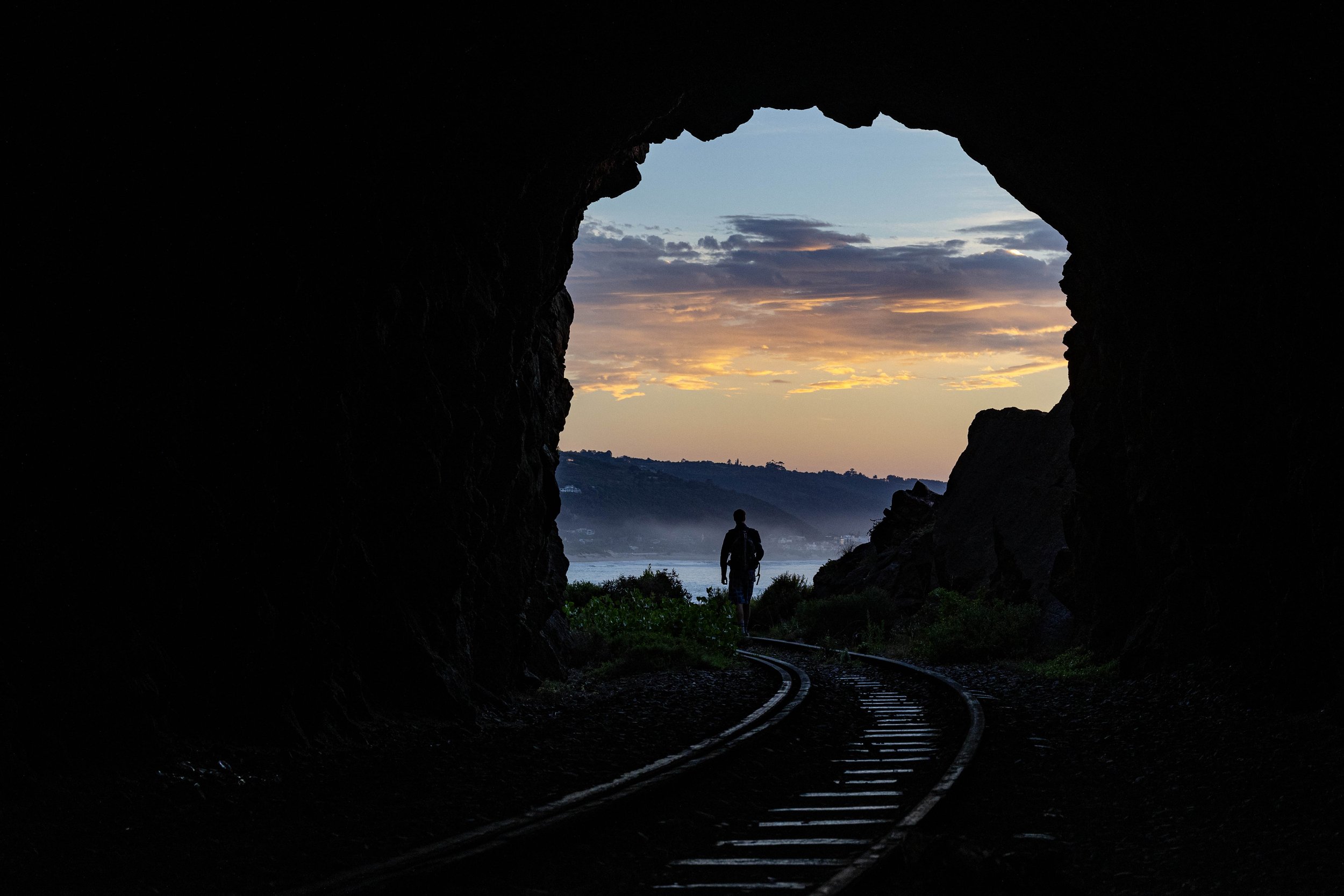


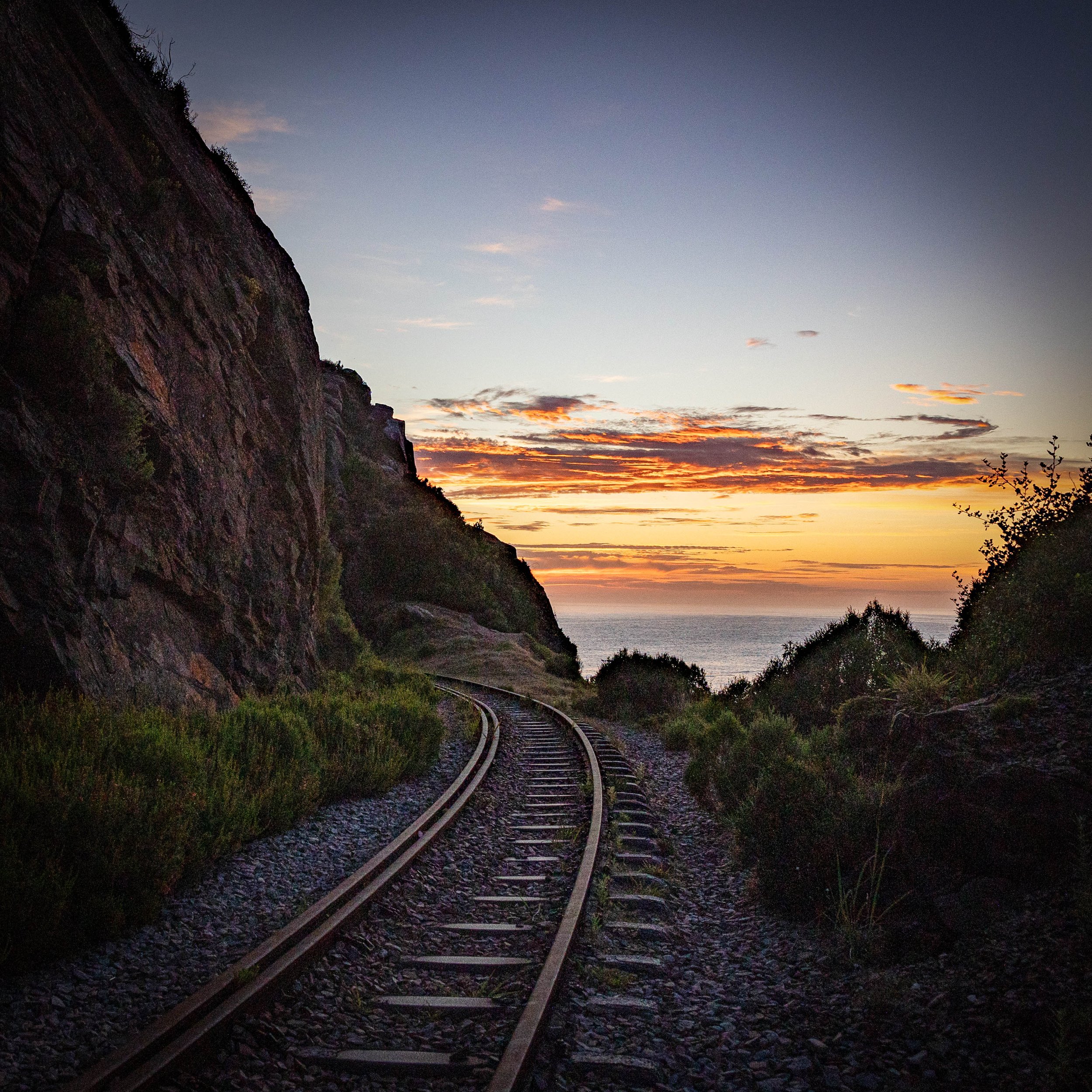
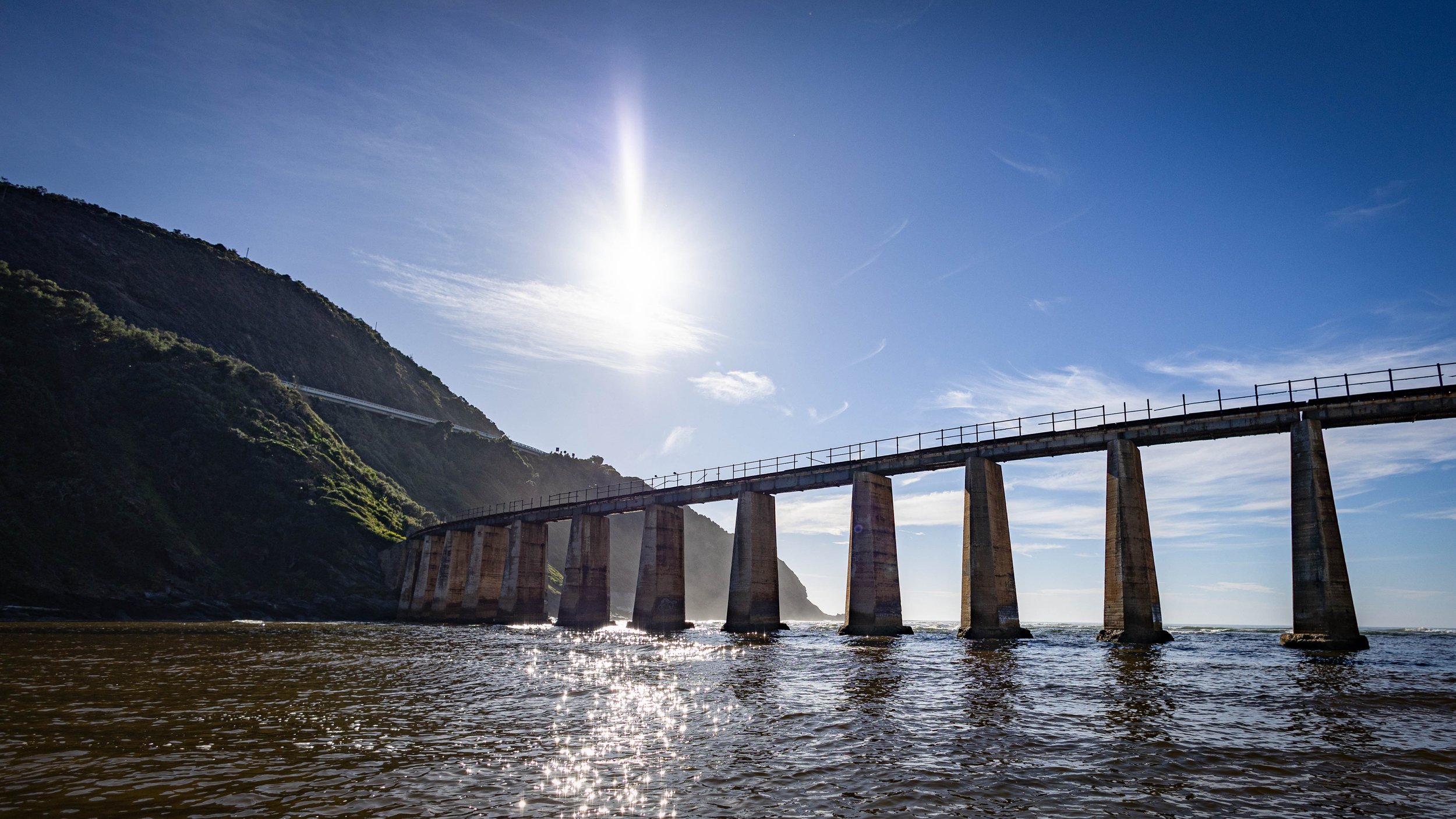
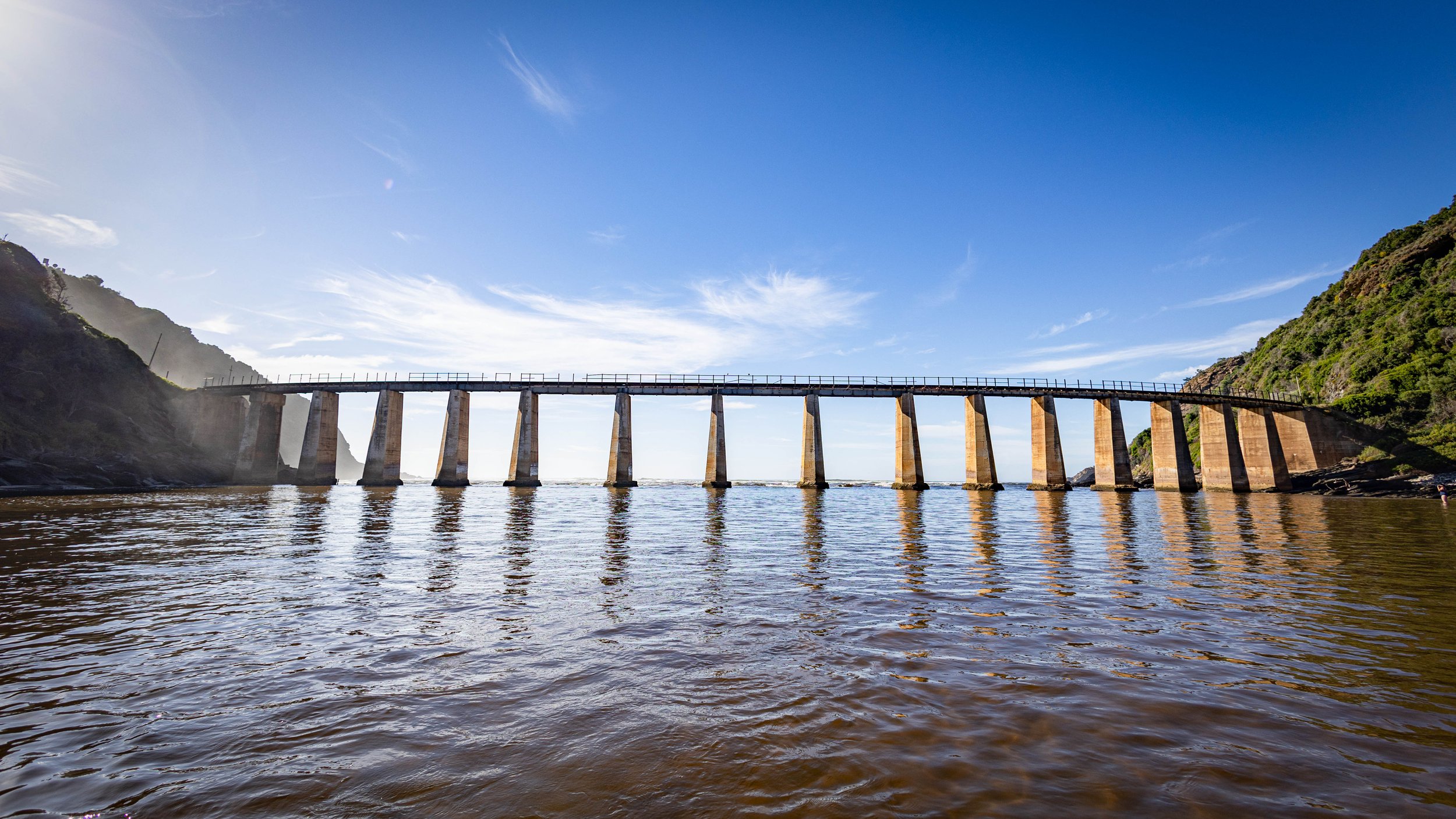
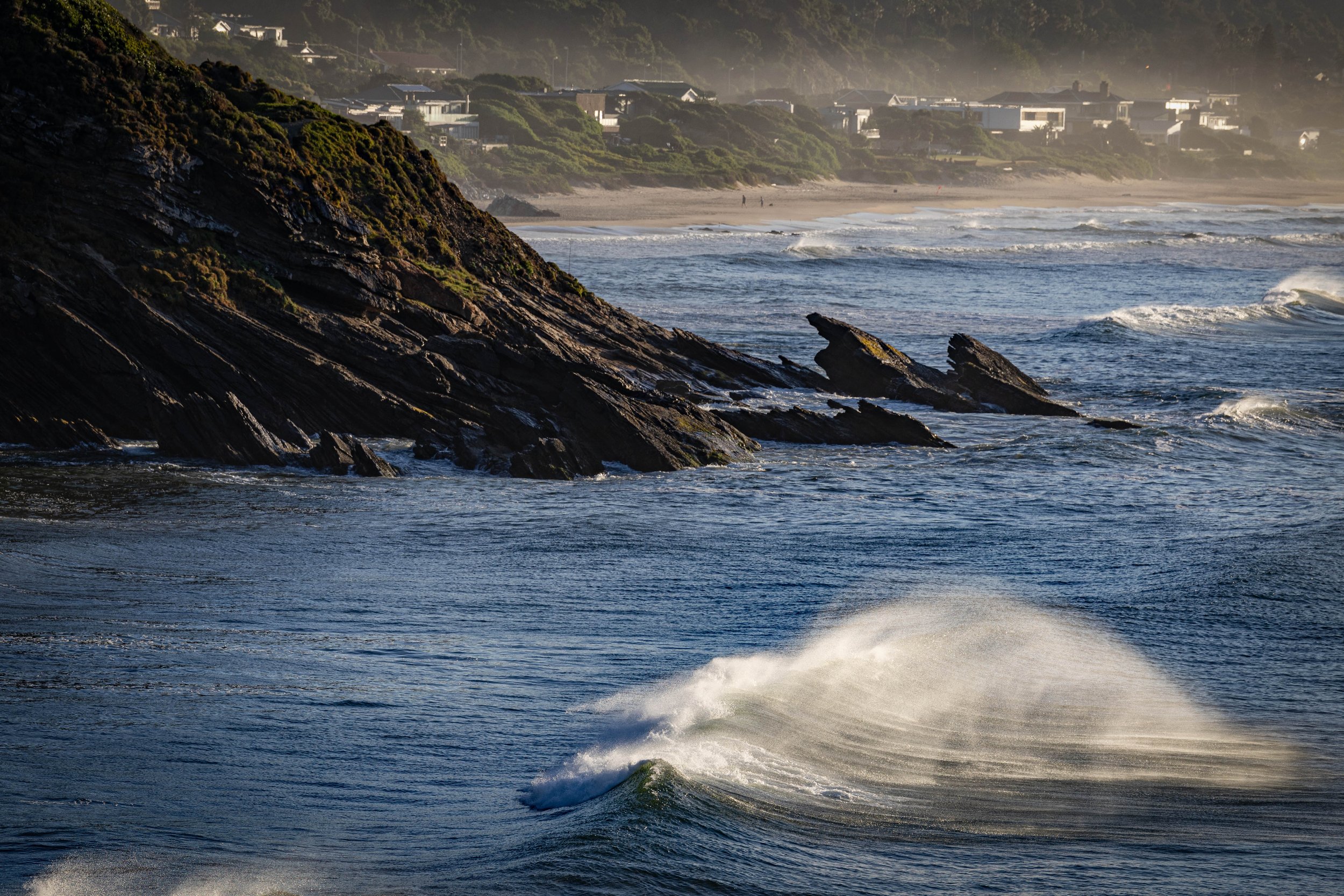

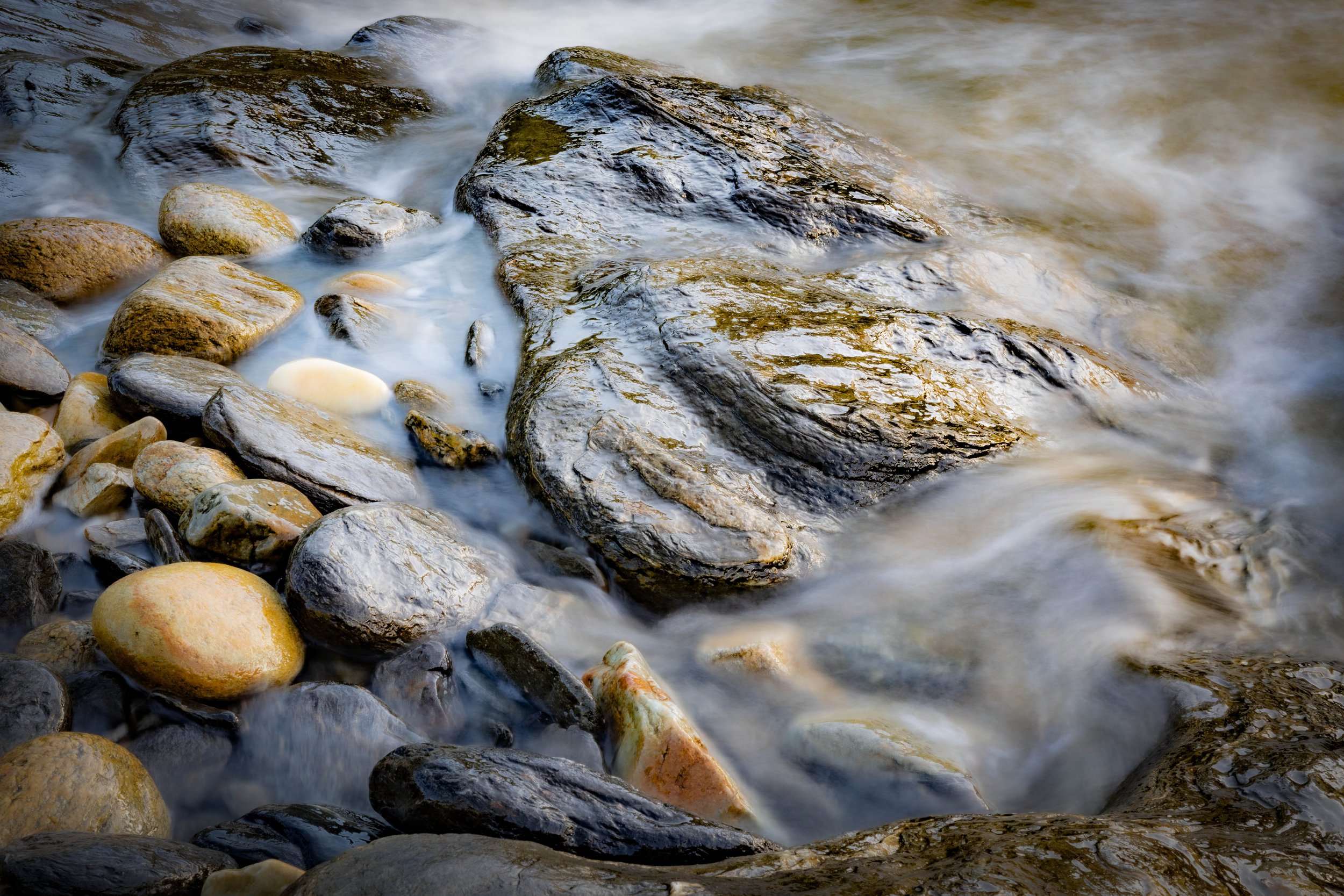
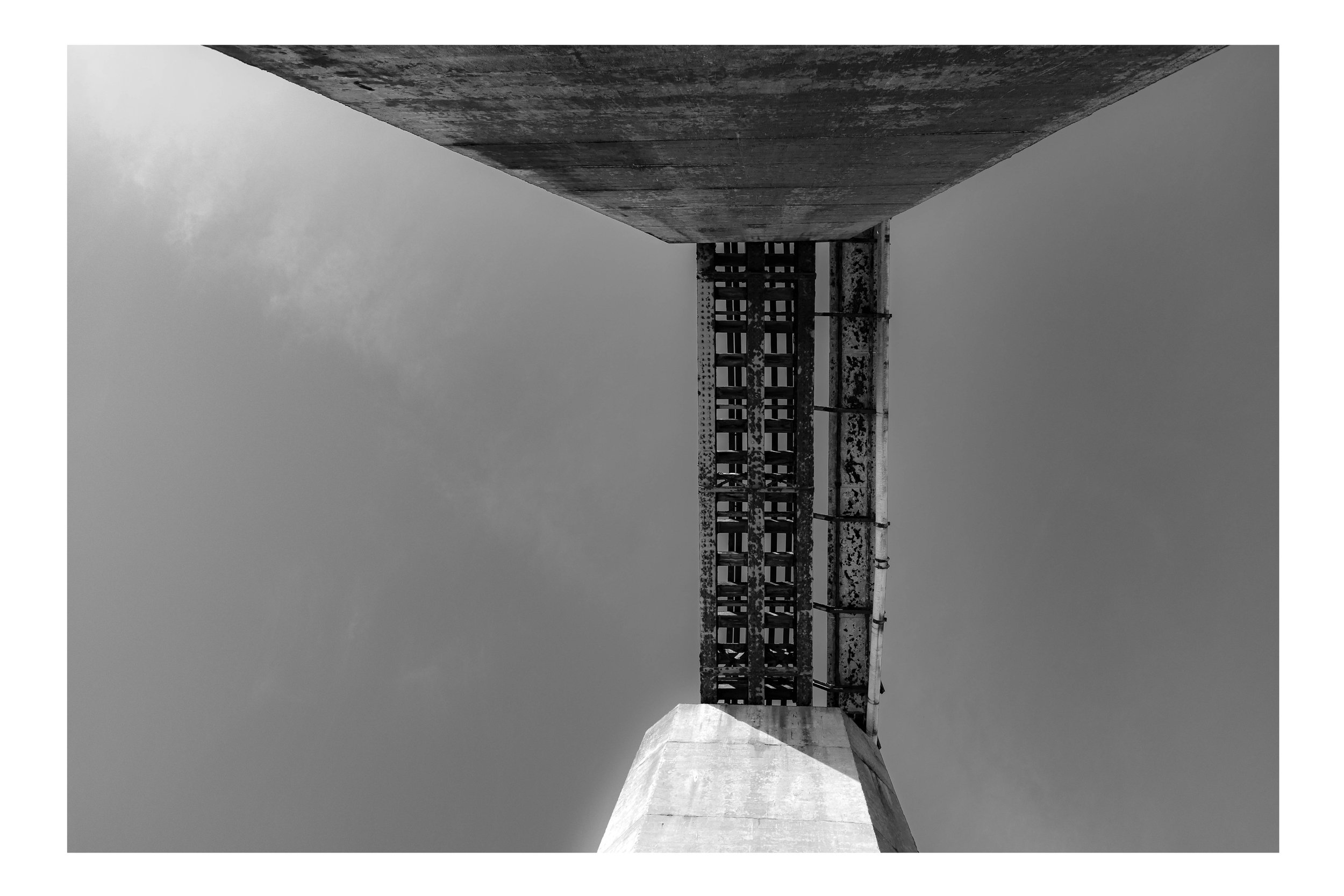

Early morning starts are a theme for our time in Africa, for long drives over borders, to capture the morning sun for photos, or dawn activity for animals. Oudtshoorn is famous for their meerkats and they stick their heads out of their burrow at dawn, warm up and scamper off.
There is a group that have been accustomed to visitors over the years and we have to be out of the hotel at 5:15 am to see them. As a bright red sun rises on the horizon we follow the guide over the scrubland. We have to remain seated but the meerkats are certainly used to the guides voice as he loudly explains why meerkats are filthy. “They piss on each other all the time“ he explains, “the one at the bottom of the ladder gets all of it and they never wash”. Slowly they emerge one by one from their burrow, propping themselves up on their tail and hind legs looking around. They have many burrows but the guide and his team have tracked them the previous evening and have brought us to the active burrow before they emerge. Meerkats are known to eat everything and will curiously attack poisonous snakes. “They are immune to almost everything” the guide tells us “but they’ve all got rabies and I’d rather be bitten by a snake than a meerkat” They have warmed up now and starting to explore the area around the burrow, coming close to our feet, the guide scuffs some dirt to keep them away. With the sun warming the desert quickly they scamper away, to explore, play, fight snakes, and apparently piss on each other.
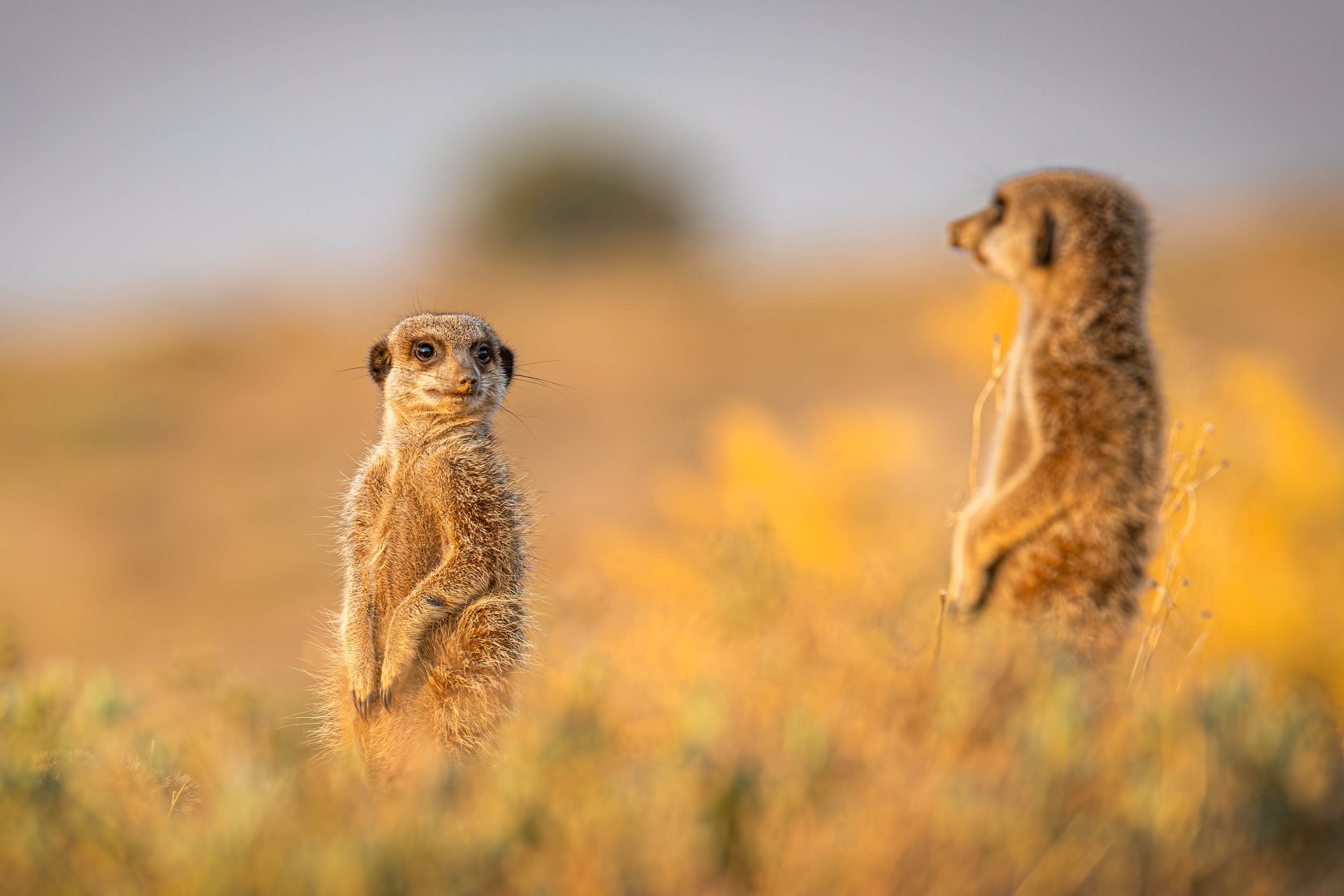
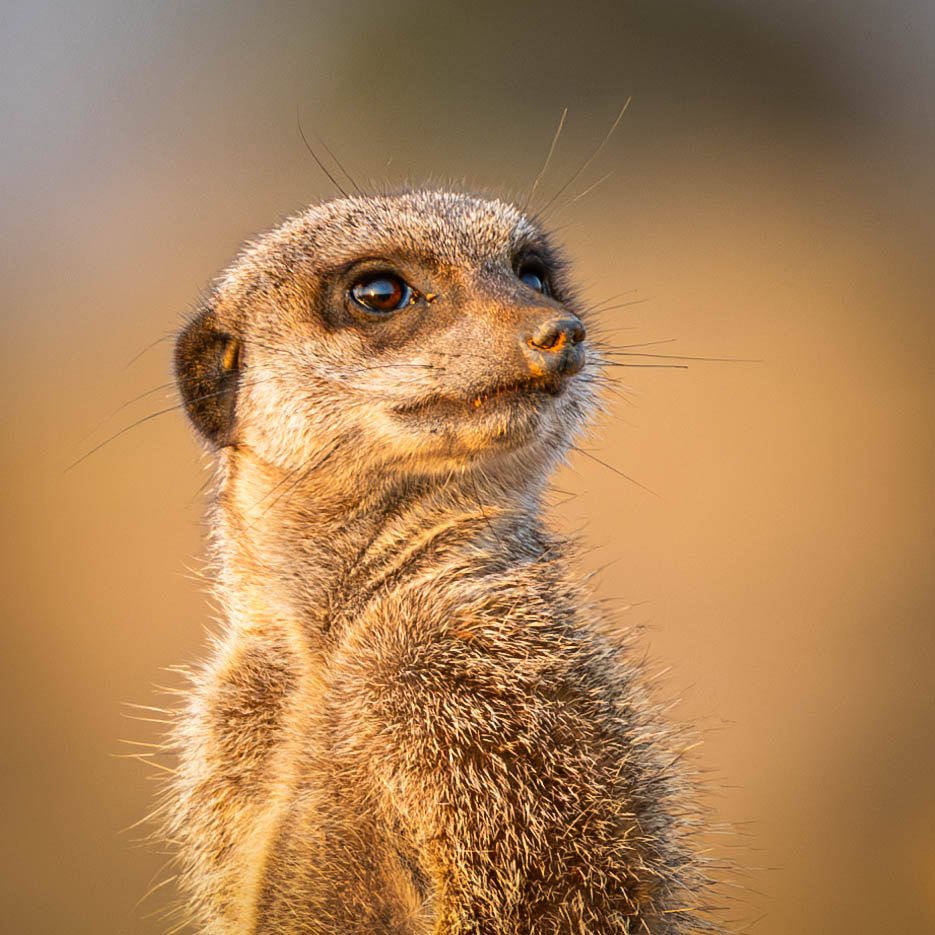


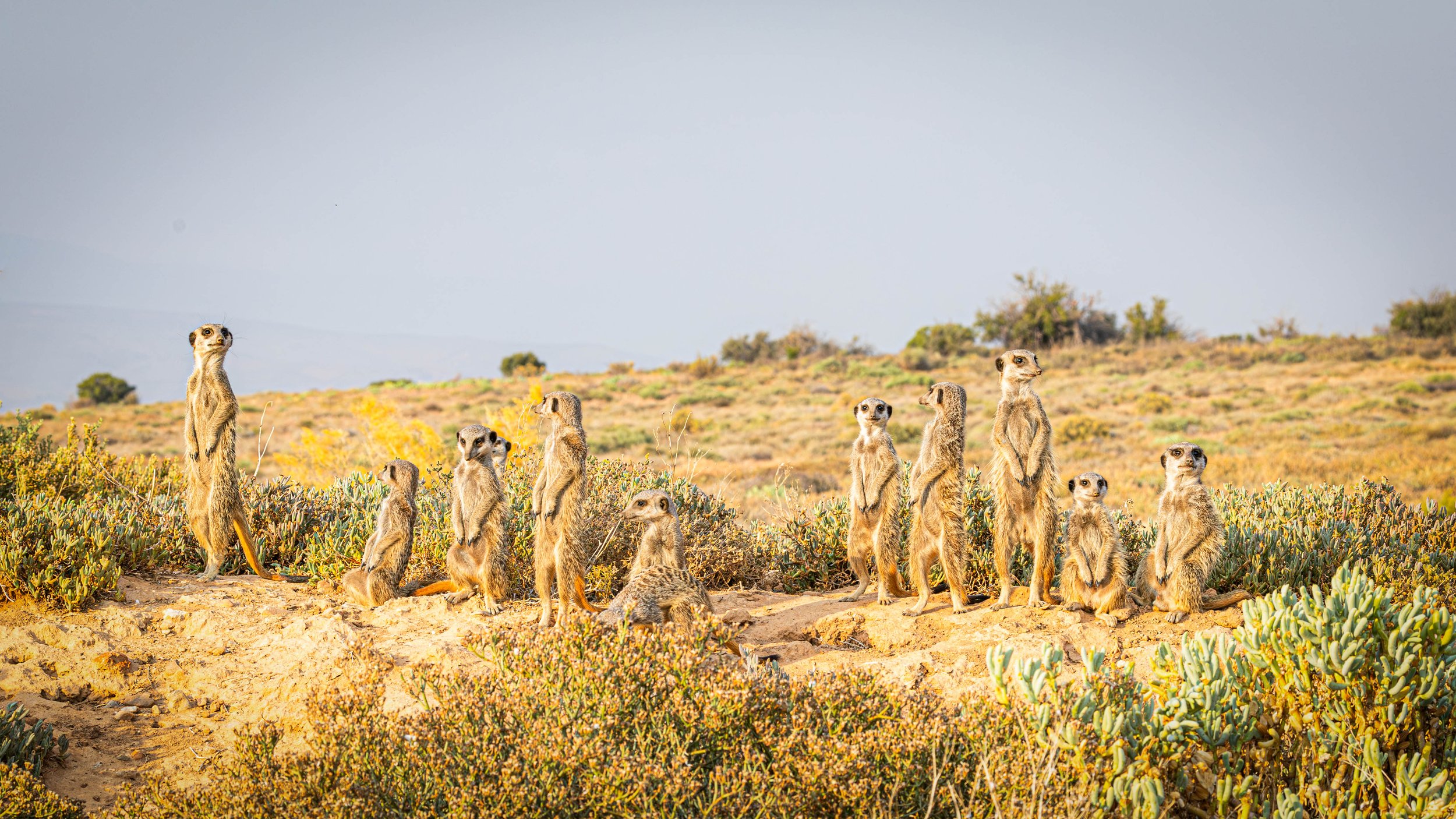


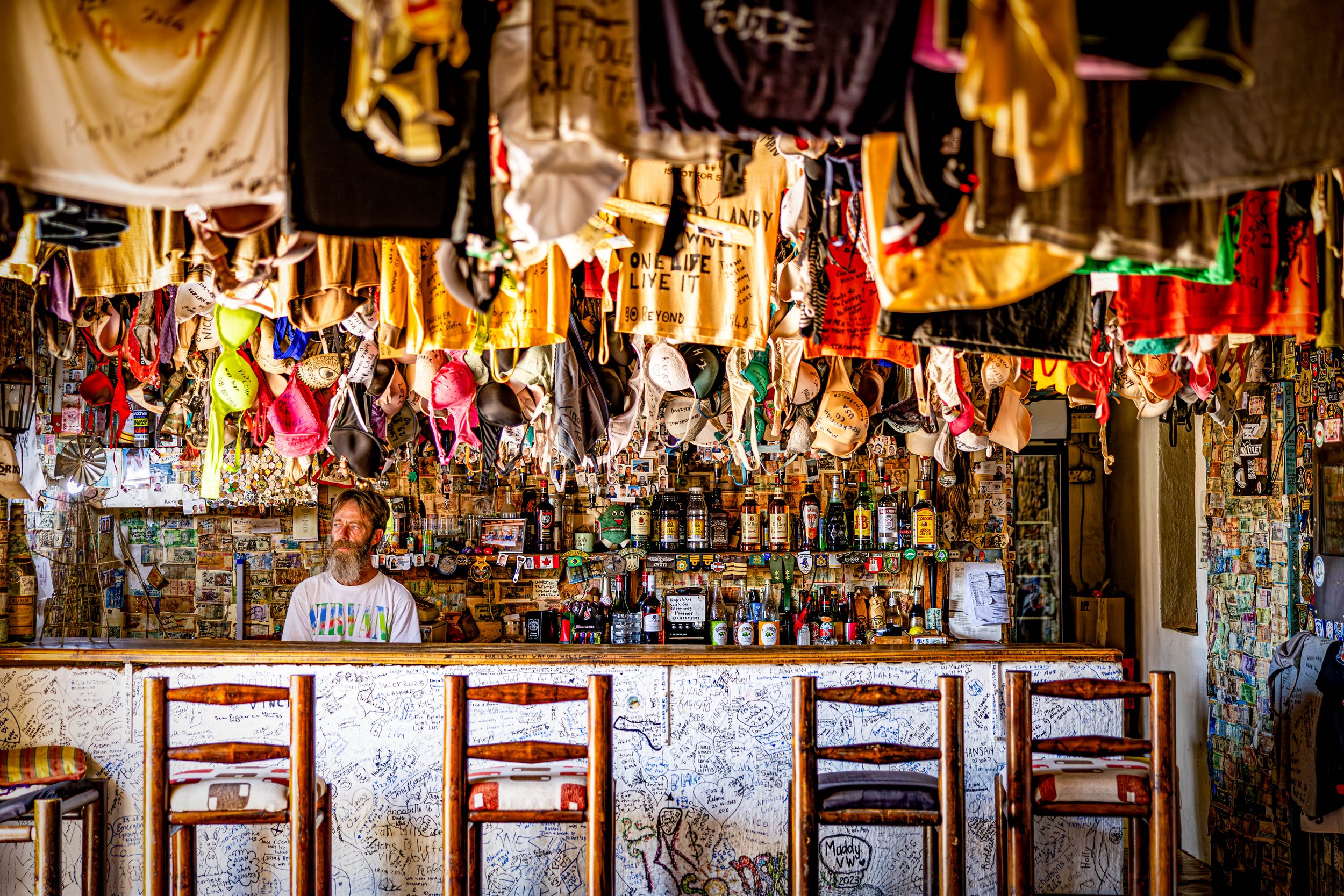
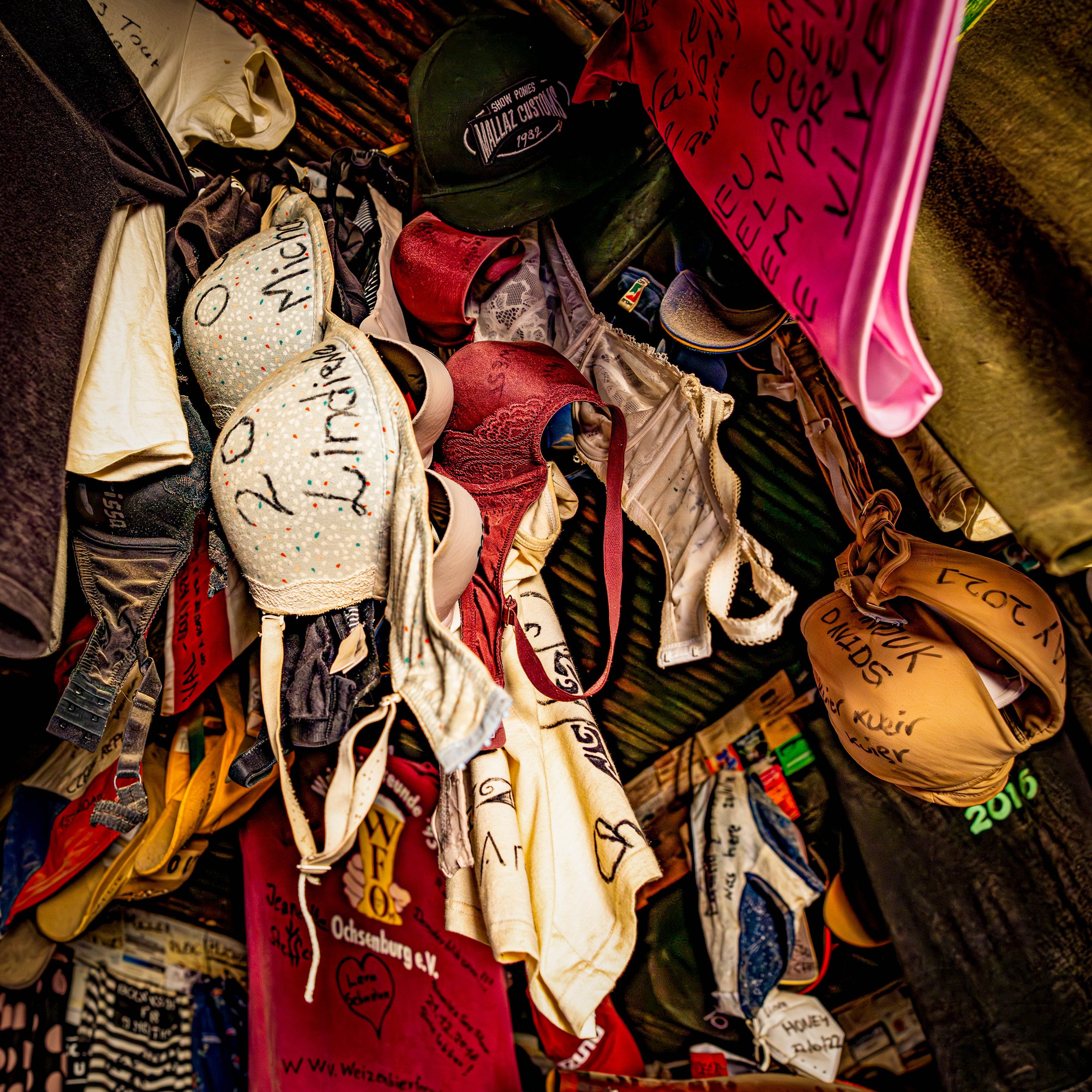


Our final stop in South Africa is Barrydale, a tiny town on Route 62, we check into the Karoo Art Hotel with its funky decor and local art works. It’s through the hotel I heard about Graham. We’ve arranged to meet him at the old, partly derelict, tourist information building that he is taking over. He’s waves a blue torn latex glove, grinning broadly and wearing a tattered red circus jacket and top hat as he steps back from his antique camera. Graham runs the only wet plate photography exhibition in the southern hemisphere and we have arranged through Gregg to do a workshop with him.
It’s a bit of a chaotic affair as he only got access to the building within the last day, but he shows us what he’s managed to set up. An old cannabis grow tent functions as a dark room, chemicals and glass plates are stacked up next to the sink in the bare room behind the old entrance area. He plans to work with local projects to repair the building and open a gallery.



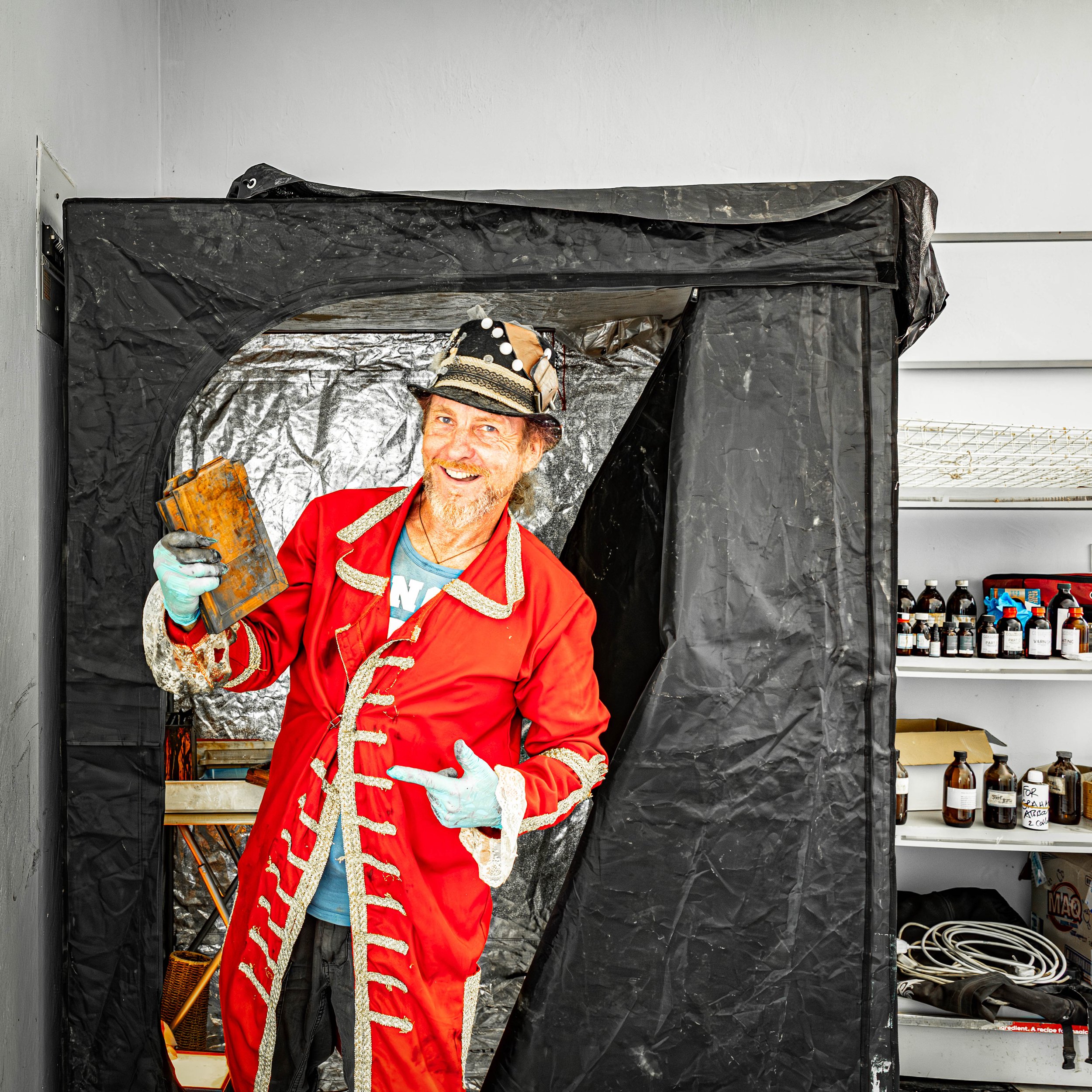

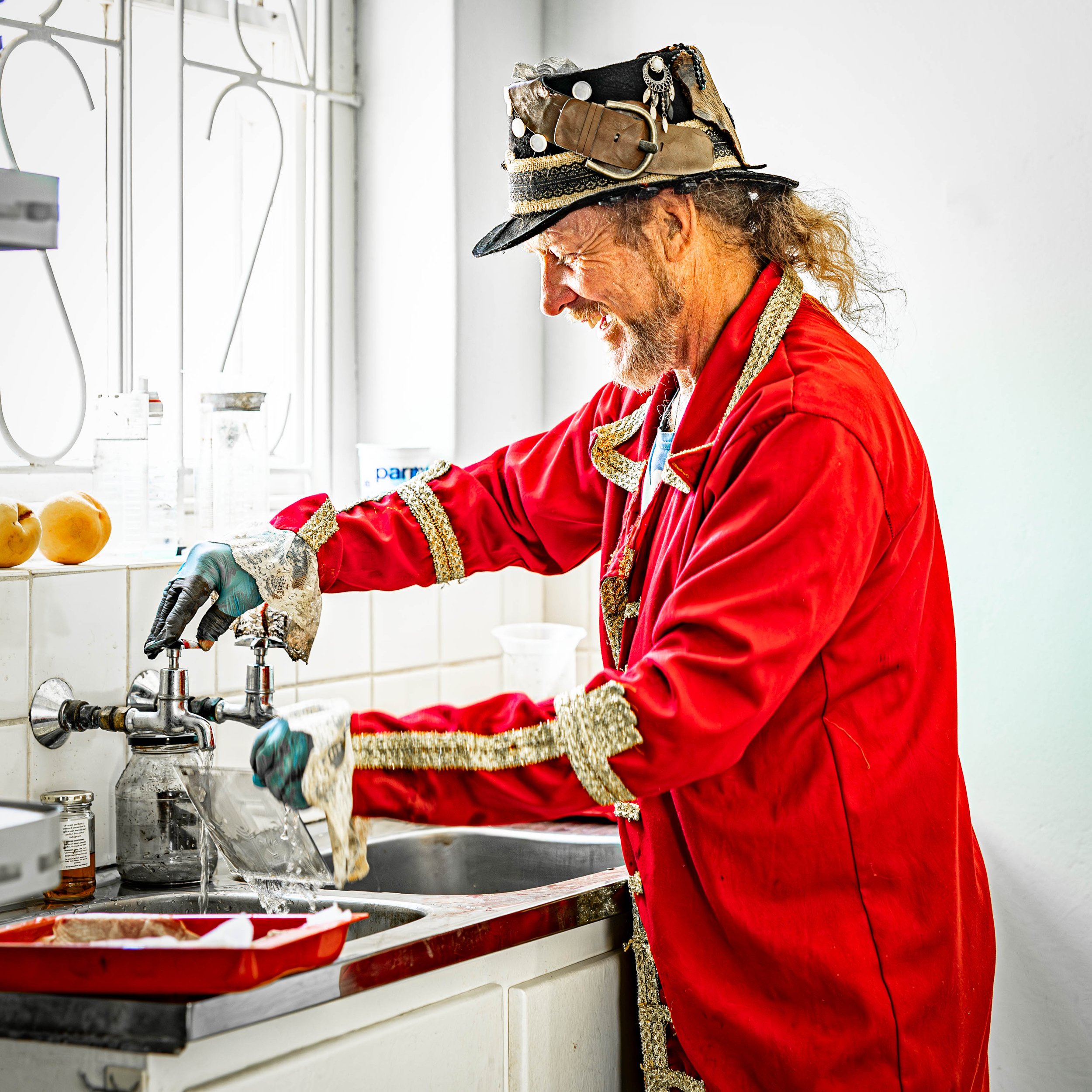

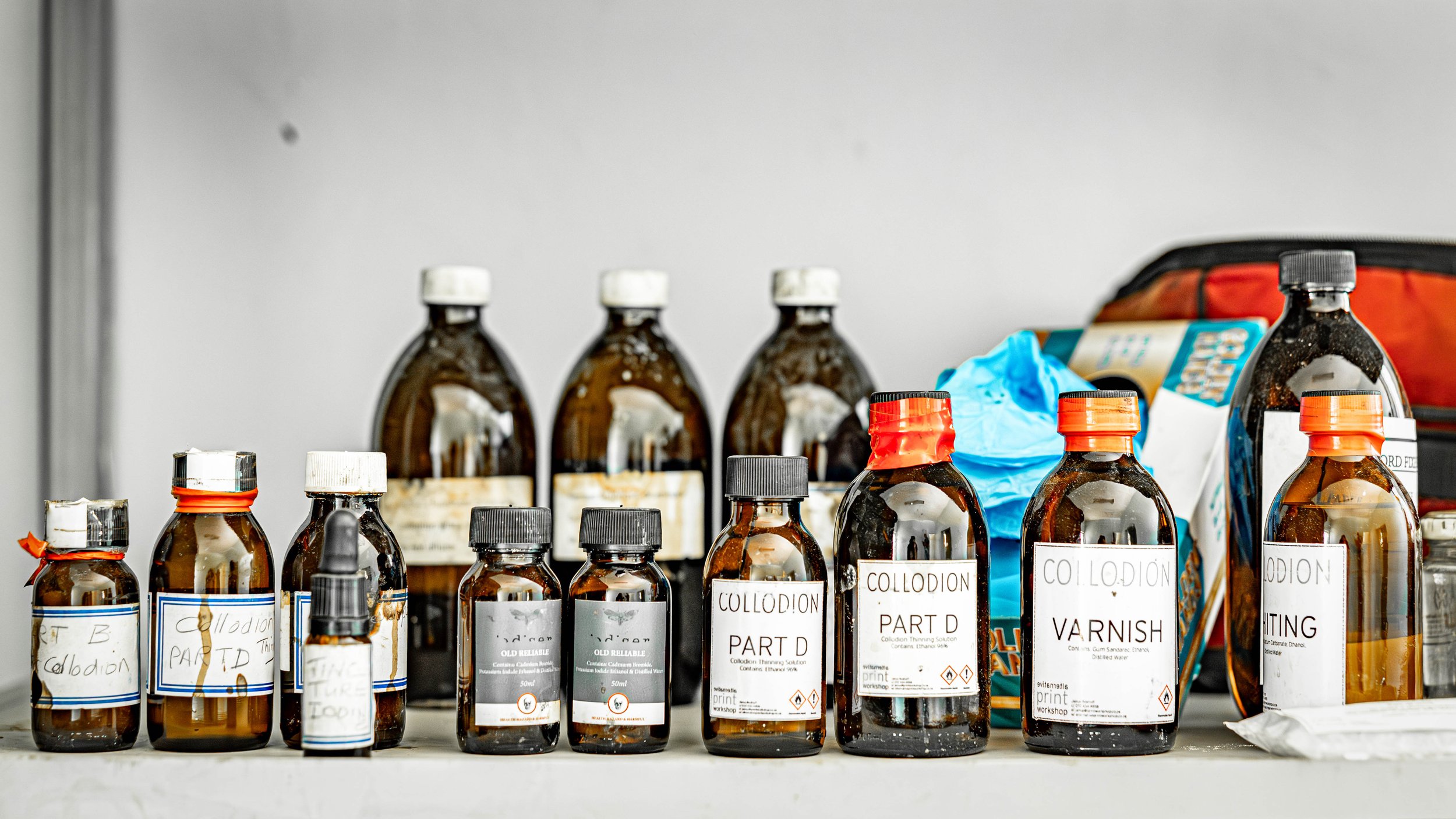
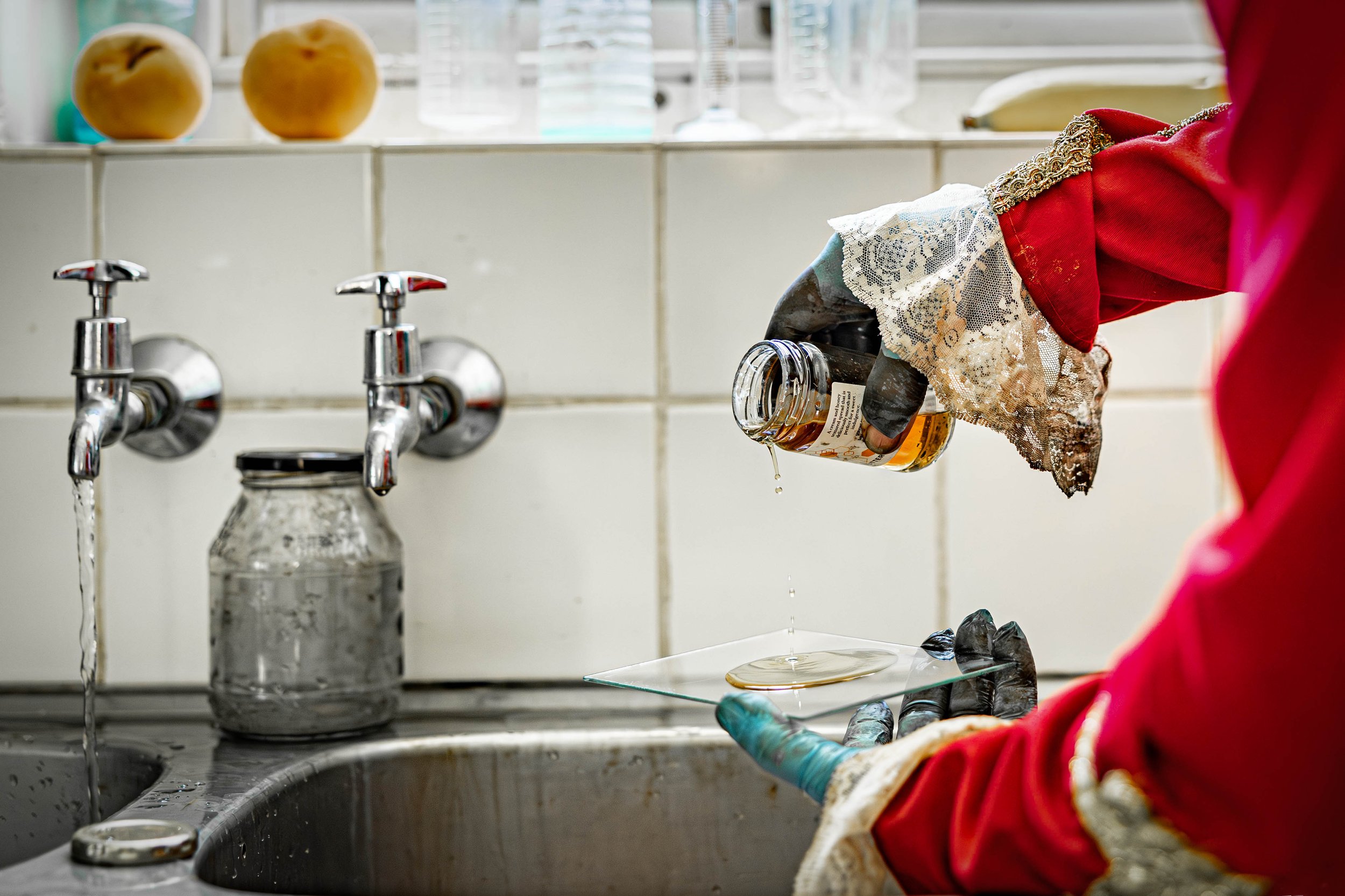


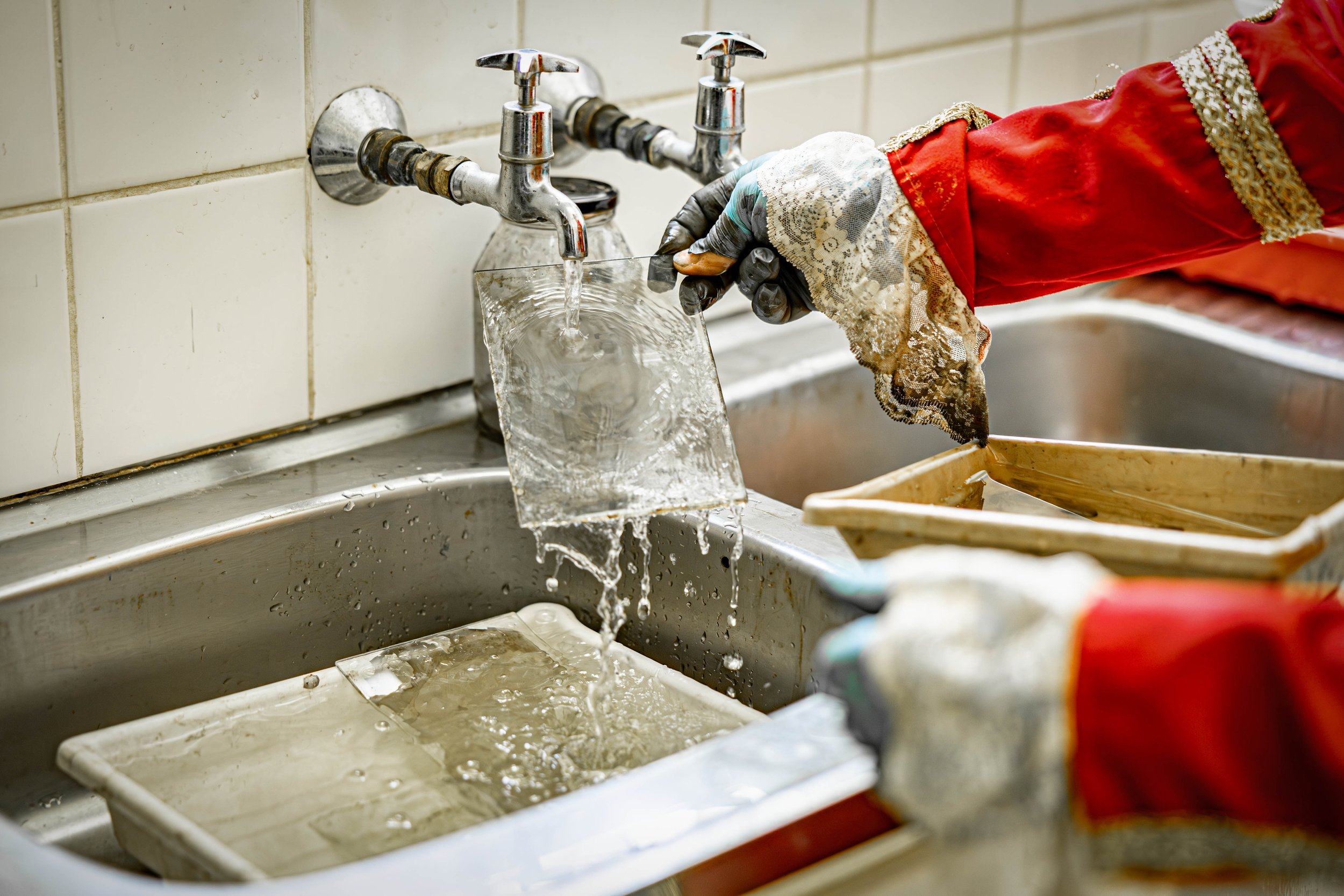



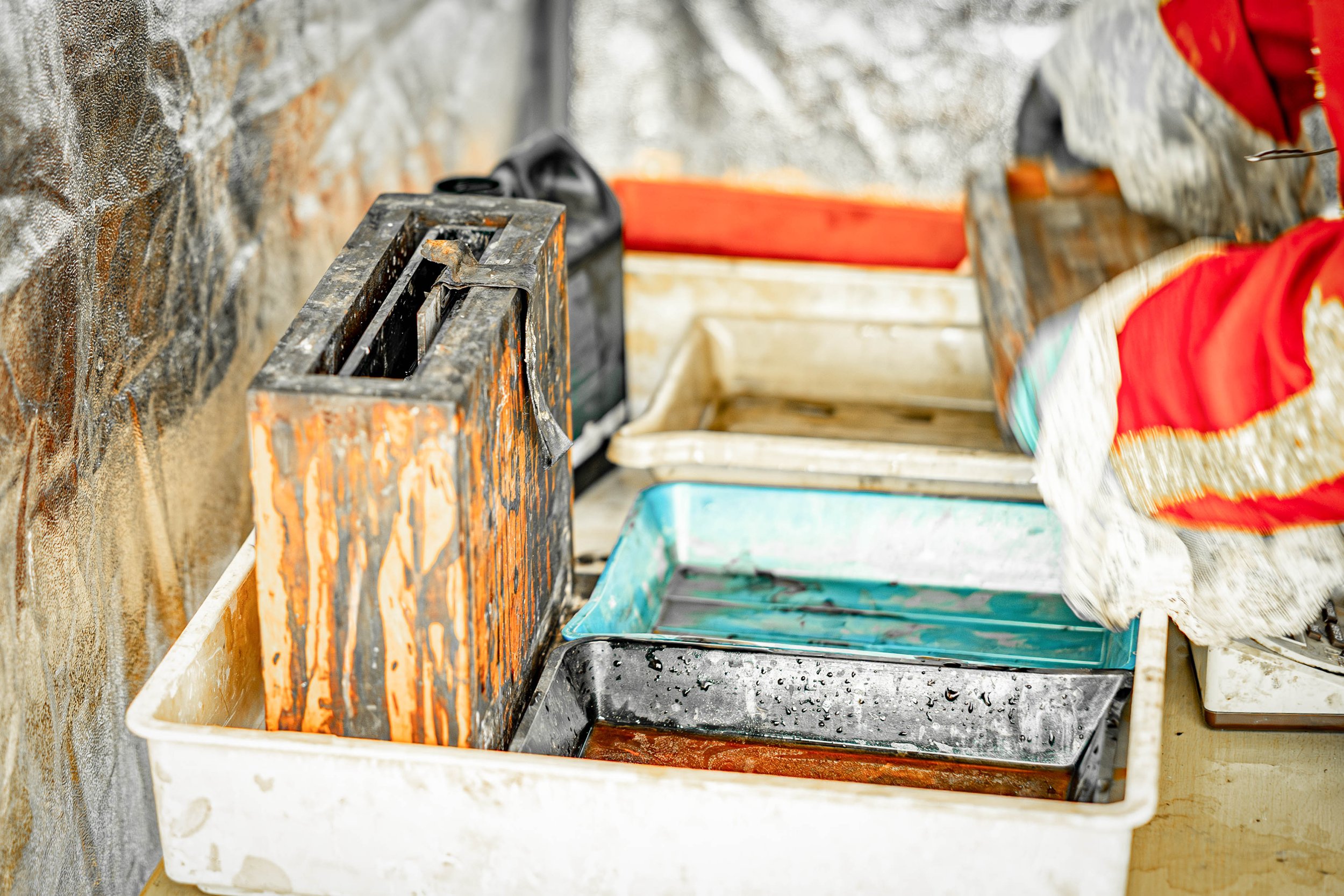
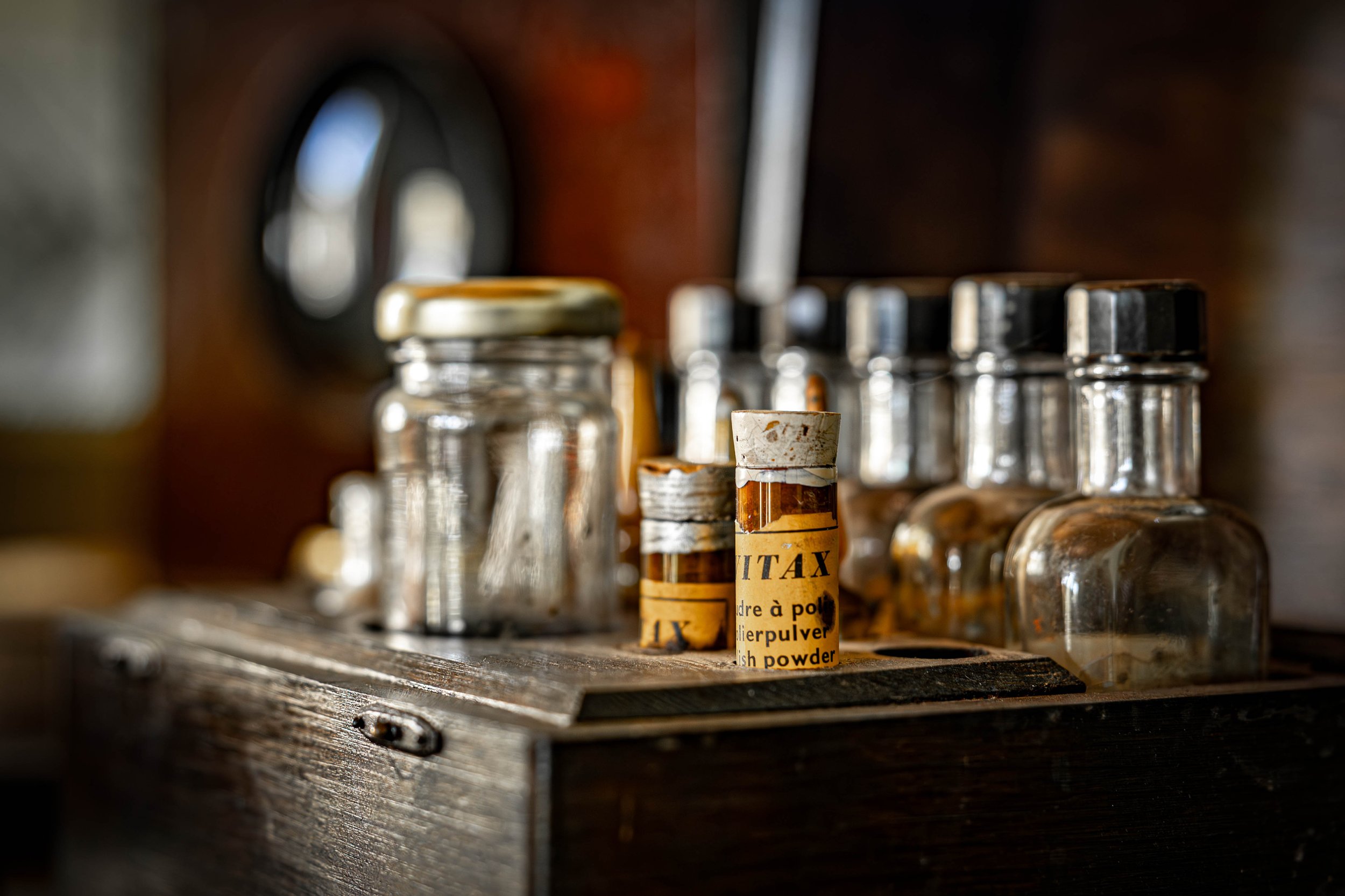
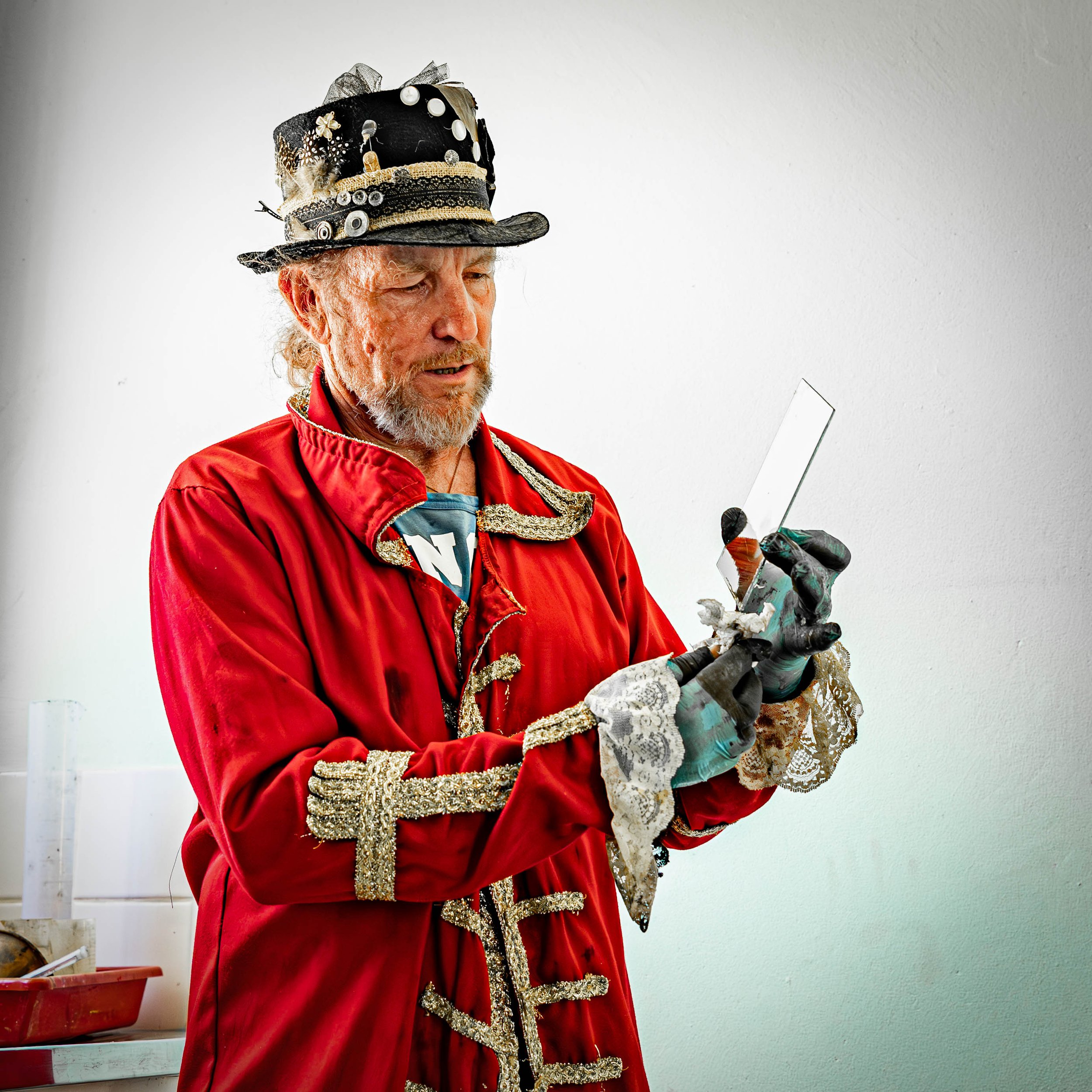
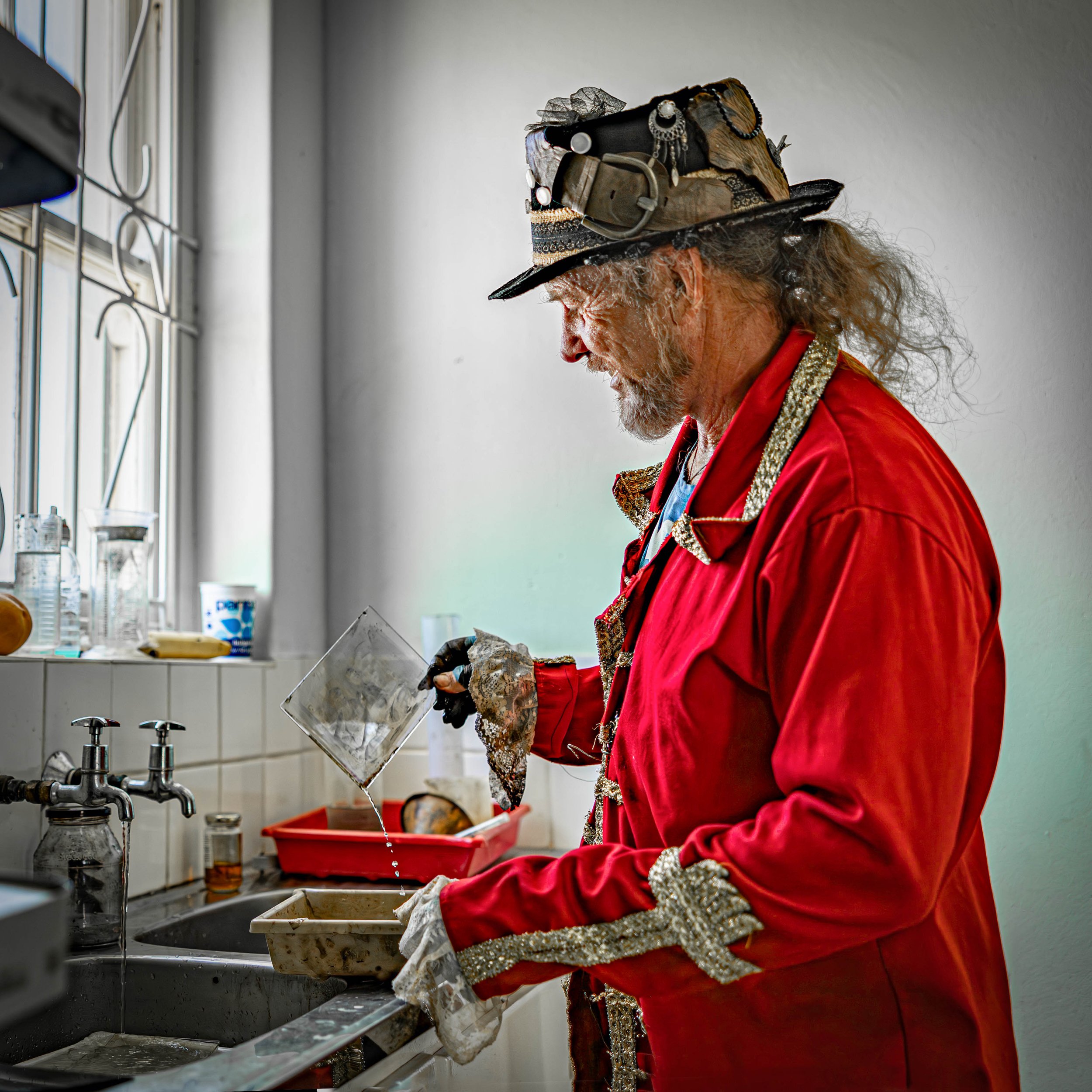
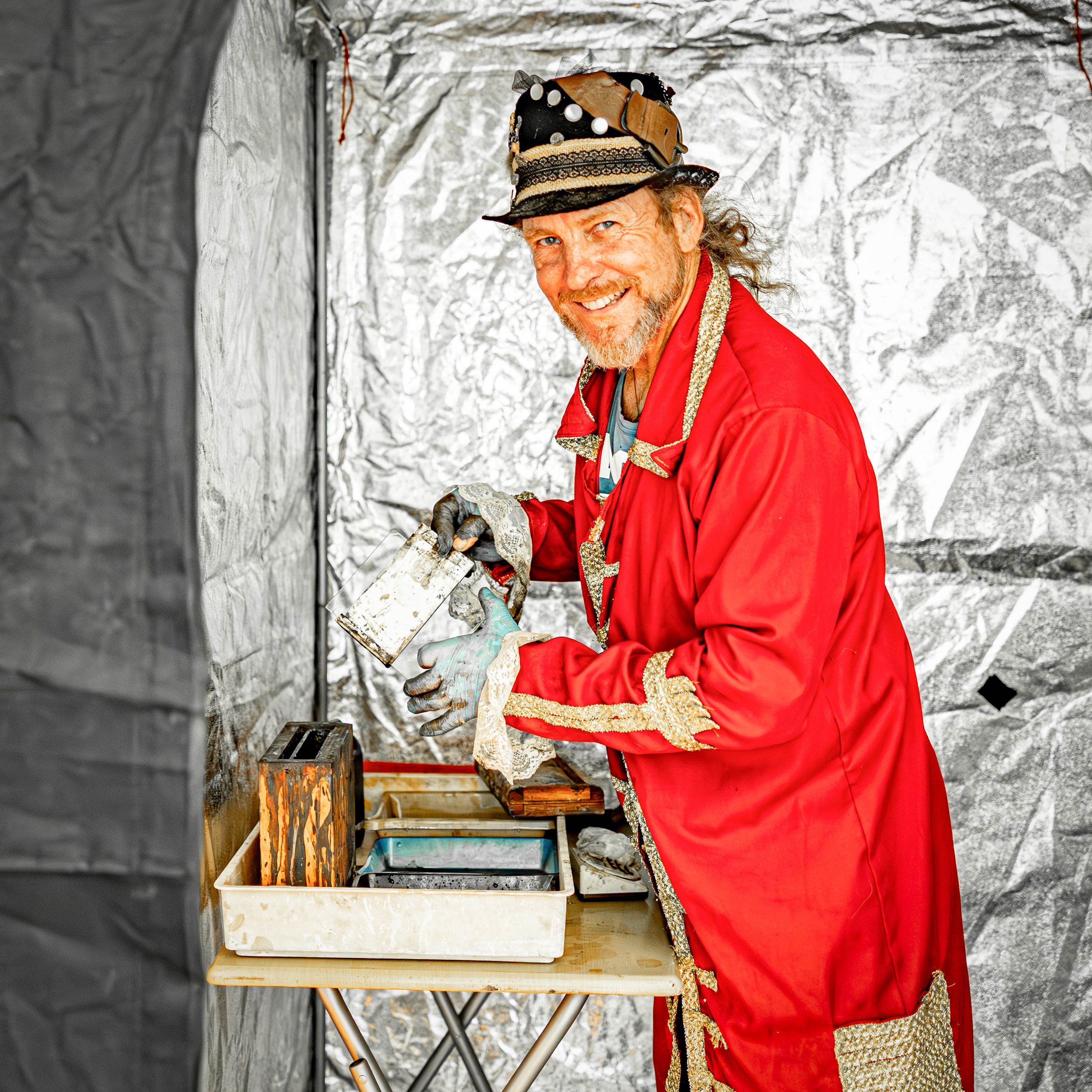
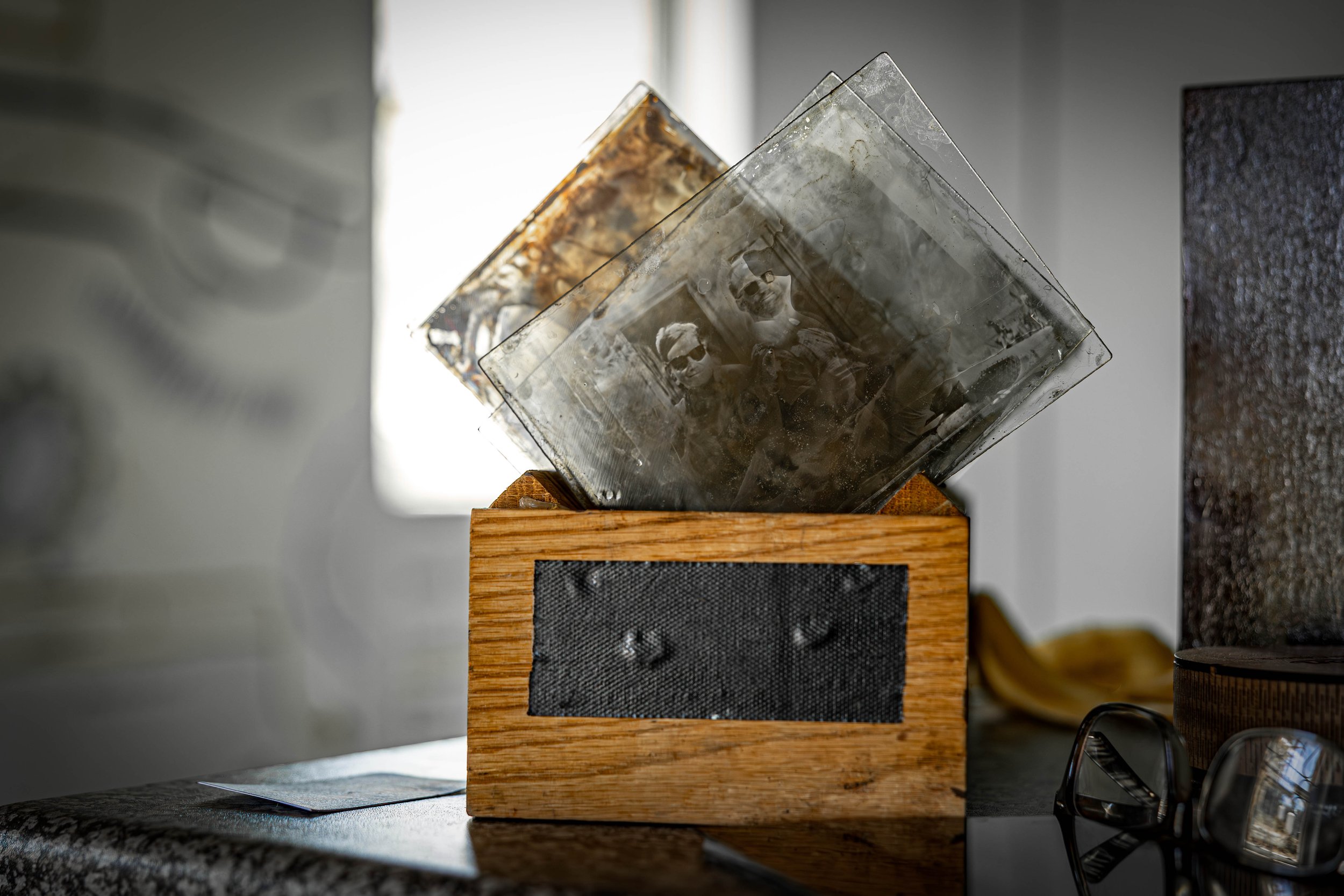

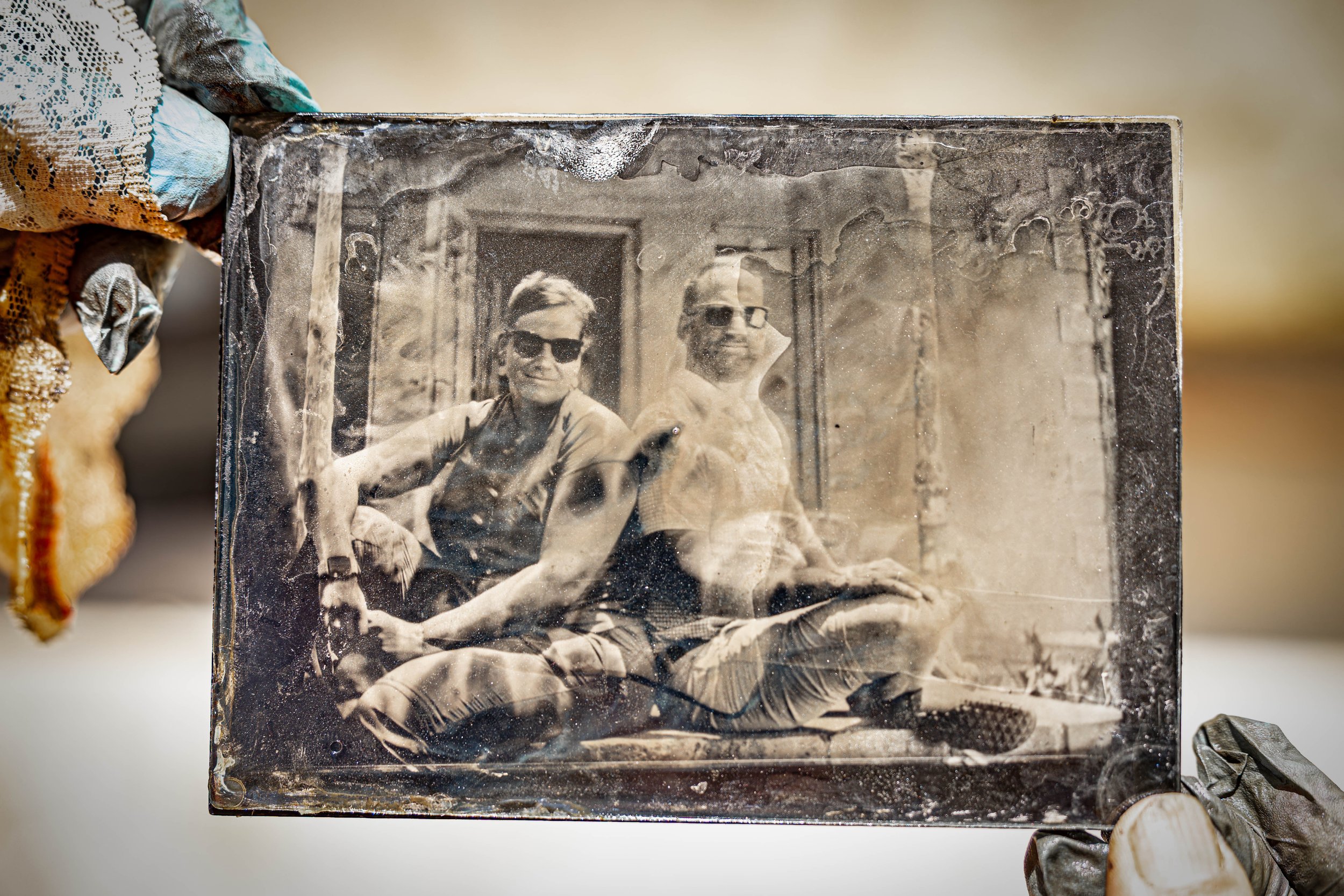
It’s time to put down the modern mirrorless camera and try using a camera that is 150 years old. Graham pours Collodion solution onto the prepared glass plate and it dries quickly in the summer heat. I zip Martina and Graham in the hot darkroom / grow tent, to prepare the plate with the silver solution in the dark, safely stowed in the tank, they clamber back out for fresh air. As it cures we then get ourselves ready. Gregg aims a reflective insulation panel at us and we have to remain steadfast for the photo. He aims the camera, looking through the back with a dark cloth over his head, rushes back to pick up the plate, inserts it into the camera and takes off the lens cap. We hold pose for one minute in front of the old tourist information building trying not to move. After another visit to the makeshift dark room to fix the image he holds the glass plate against a black background. The result is similar to the pictures of old, slightly blurred where we have moved a little, but a piece of art and living history.
We wrap the glass plates carefully and place them in our hand luggage, they are delicate and I hope they survive the flight. Tomorrow we fly to Nairobi to start the final section of our trip to Africa.
If you are interested in joining Gregg for a photography tour through South Africa or Namibia you can find his details here: http://photographytours.co.za
For a wet plate workshop and the annual analog photography exhibition with Graham you can get in touch with him here: https://www.bapf.co.za

